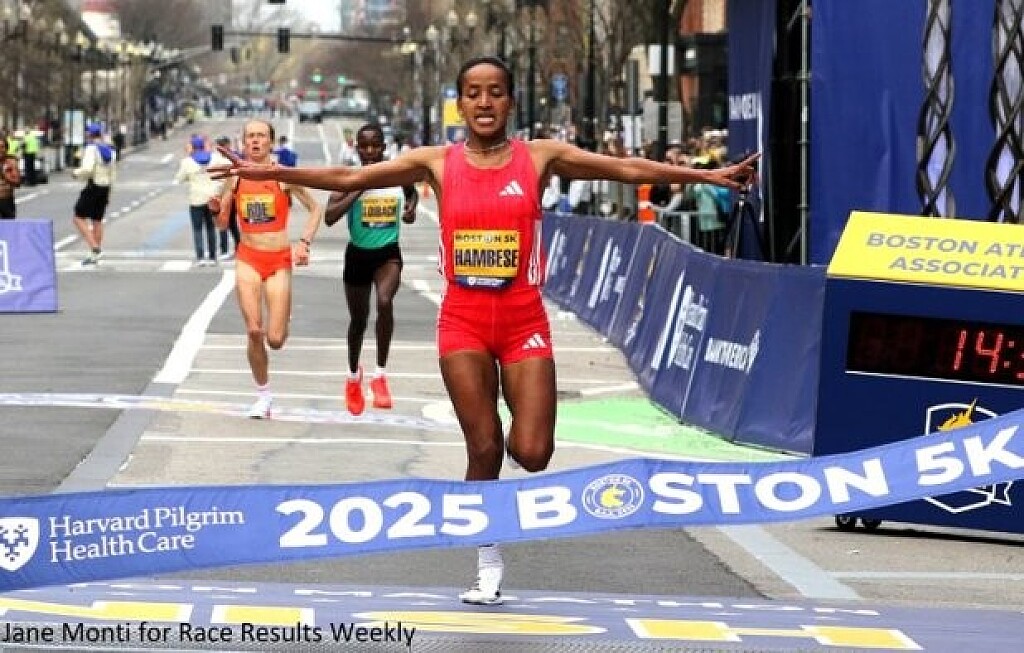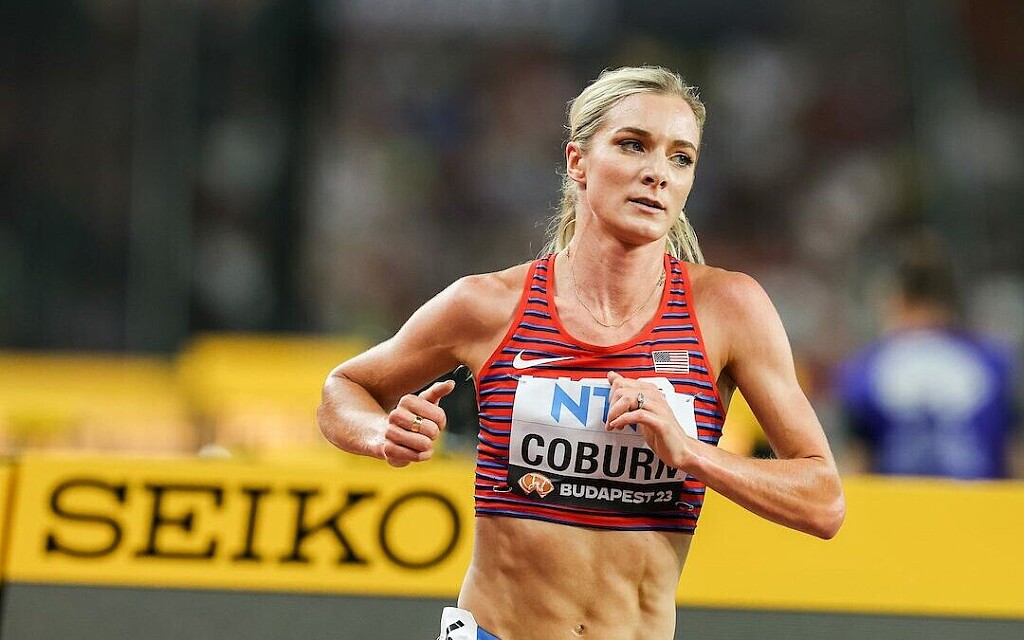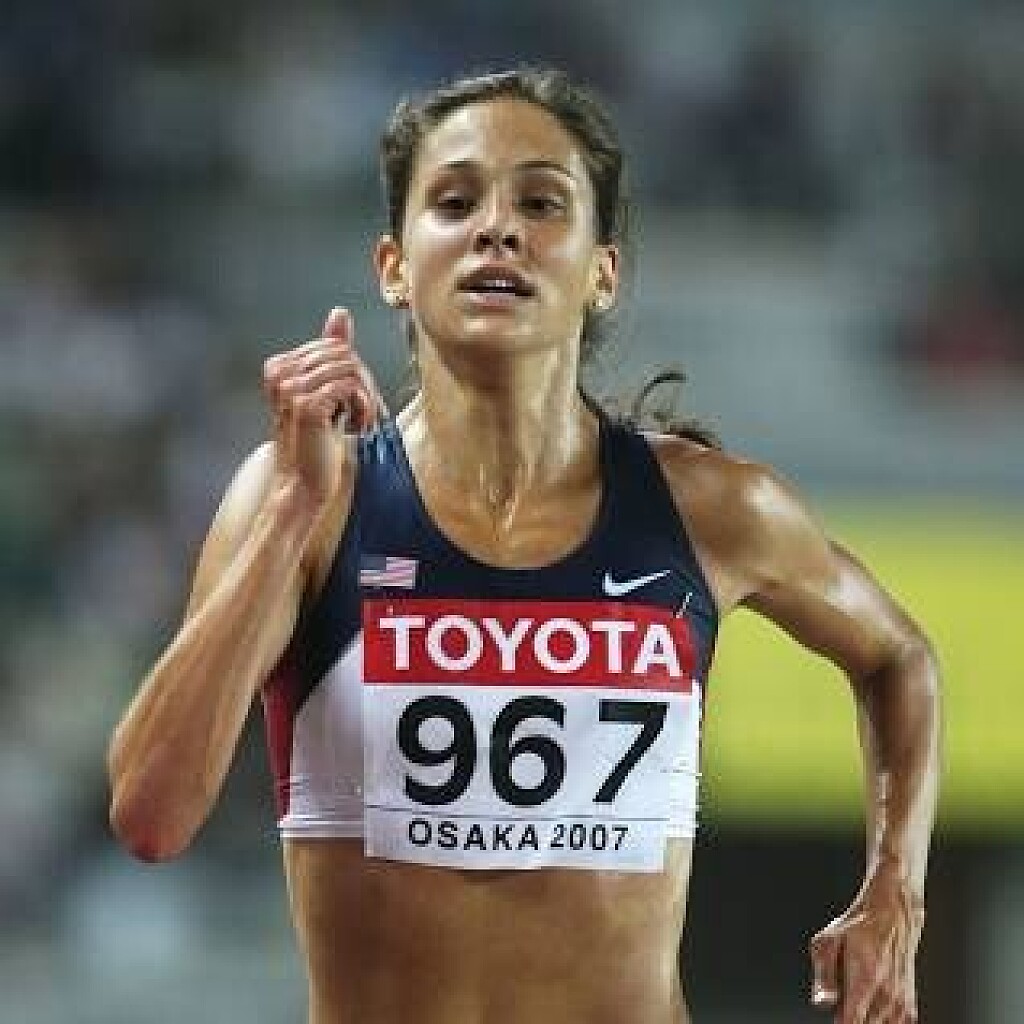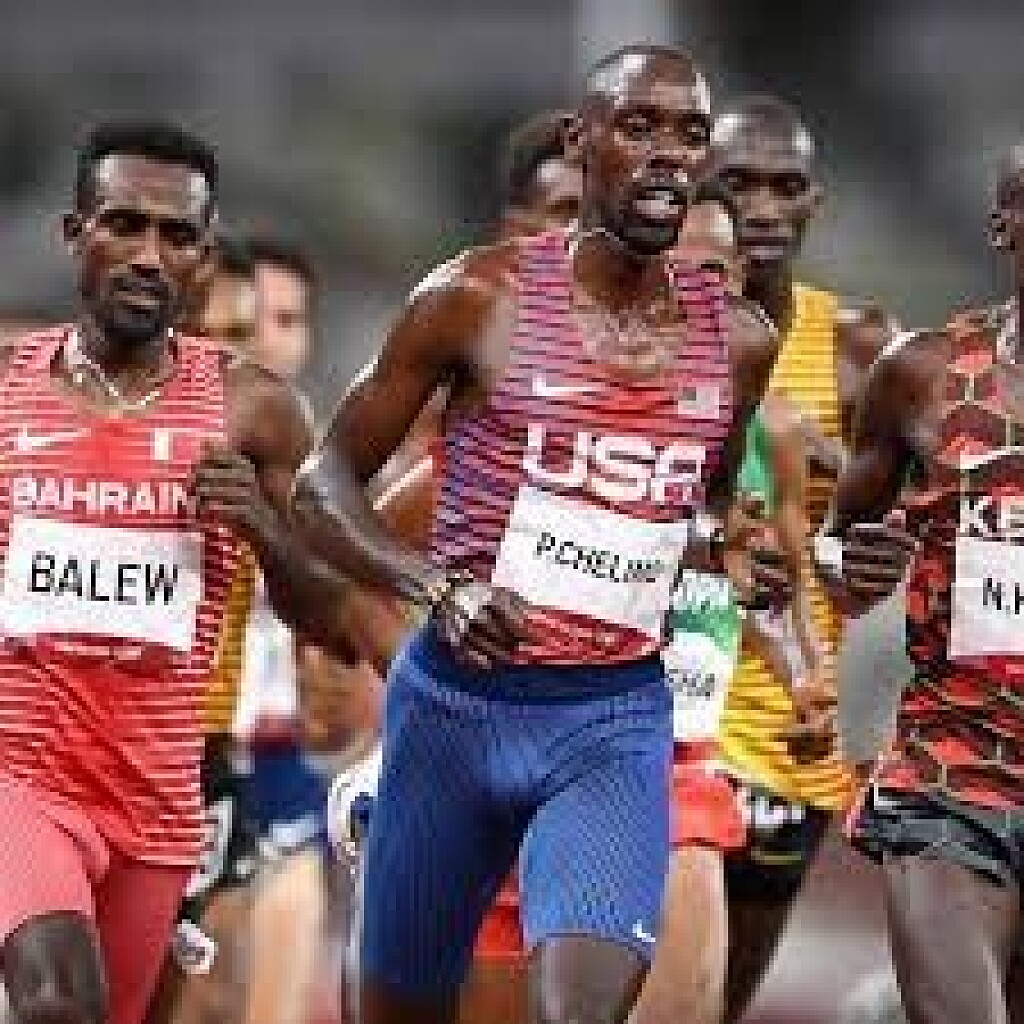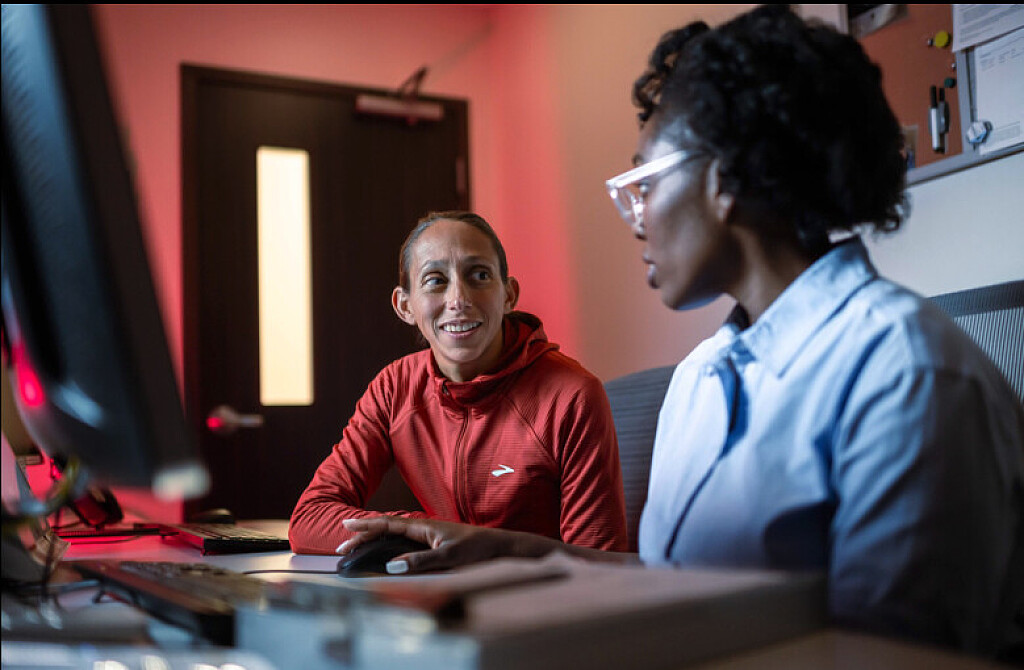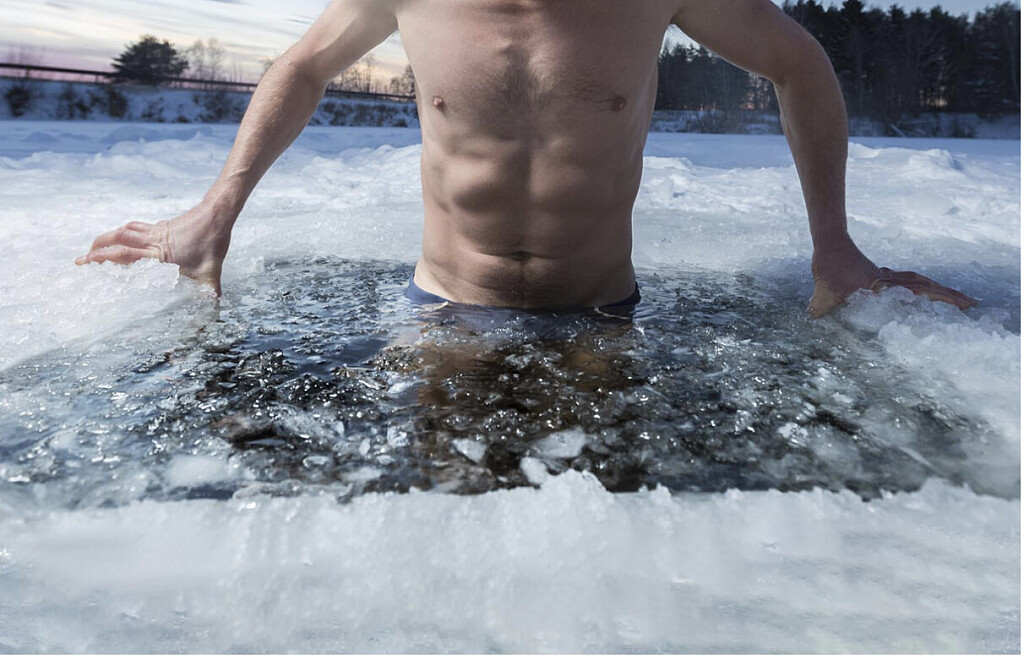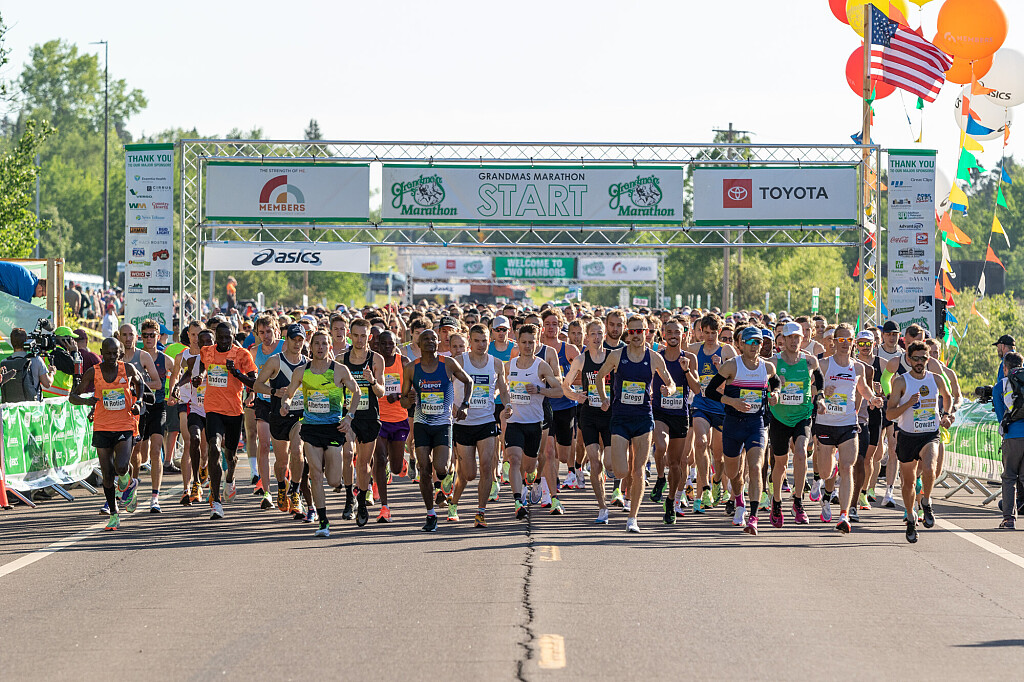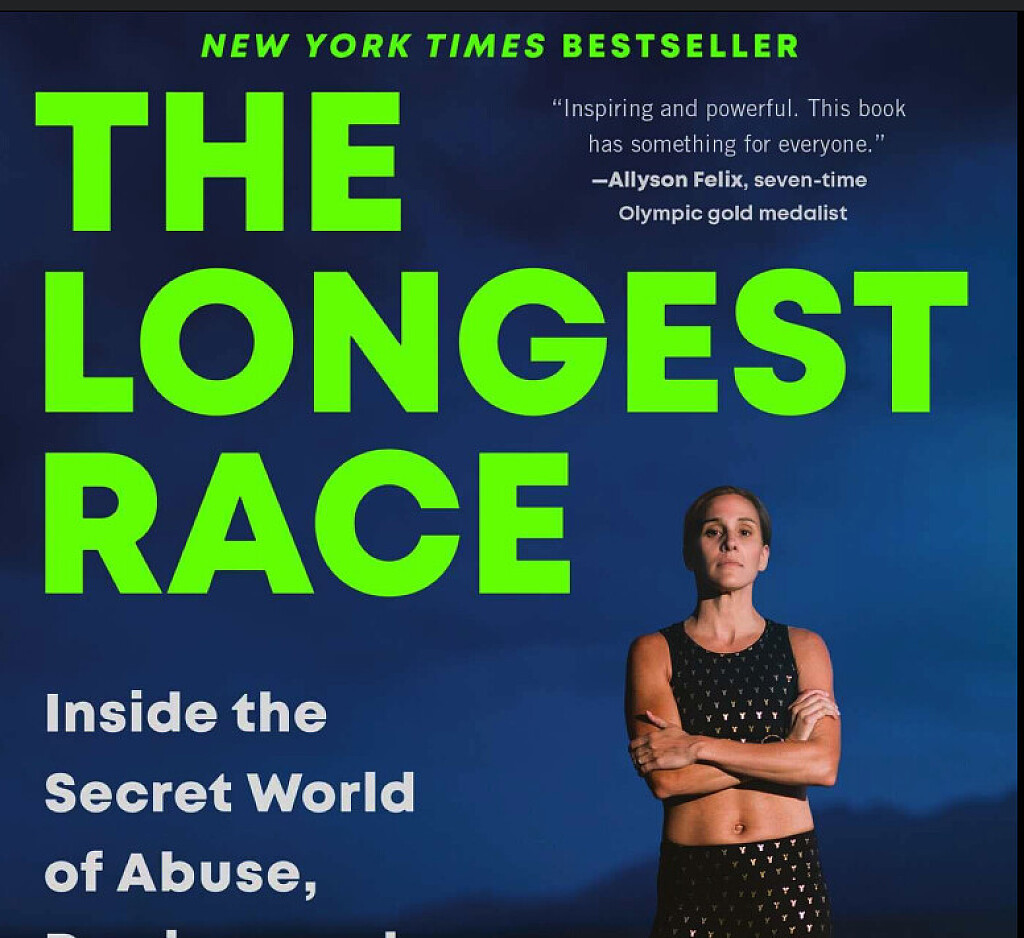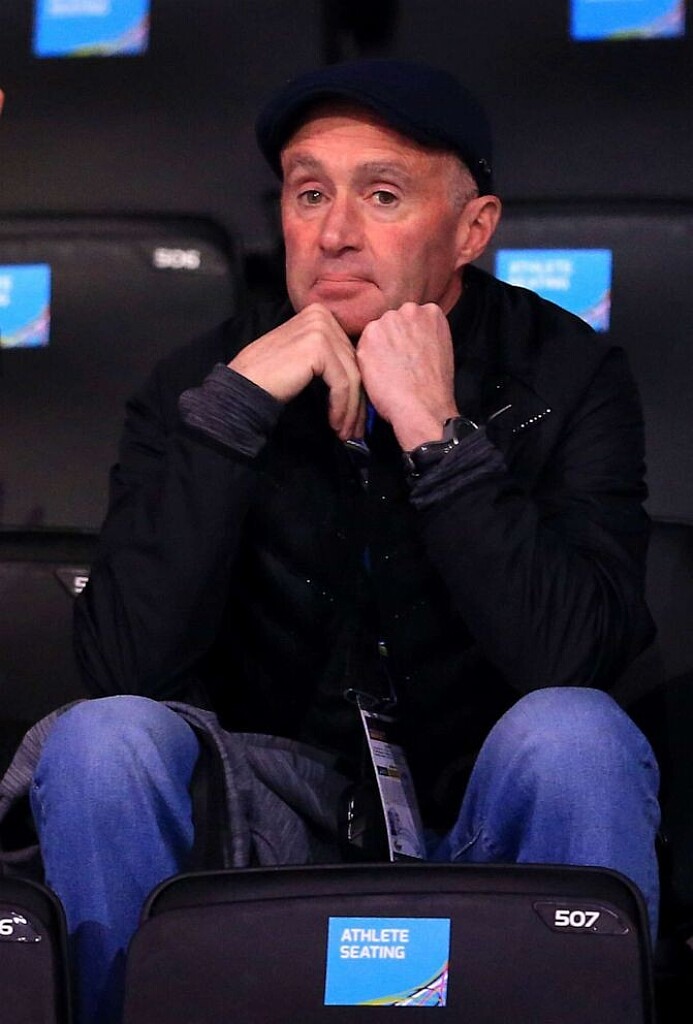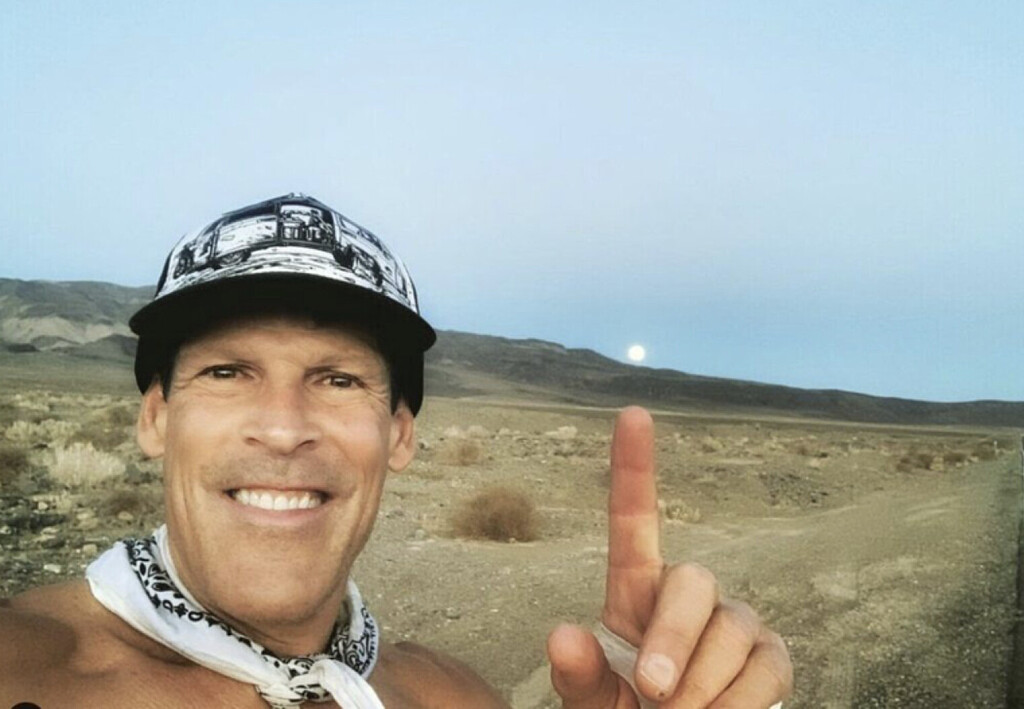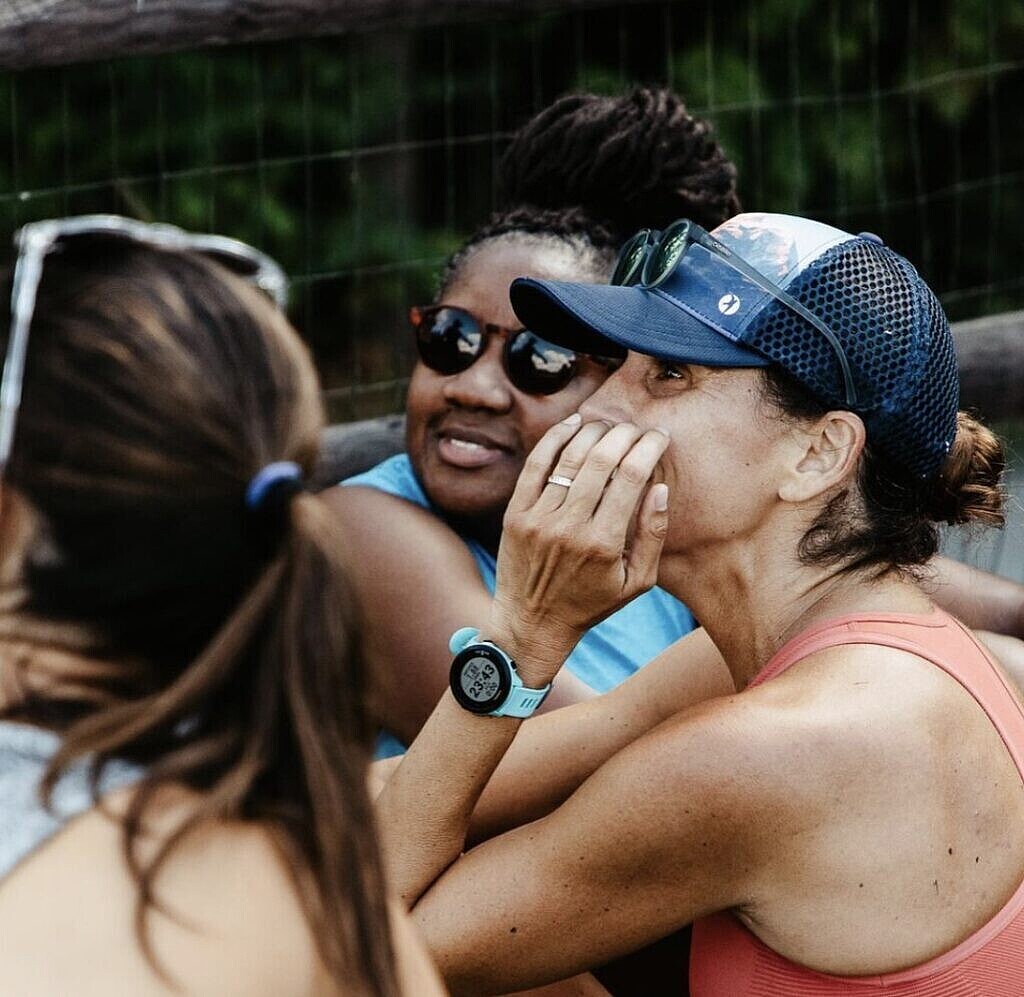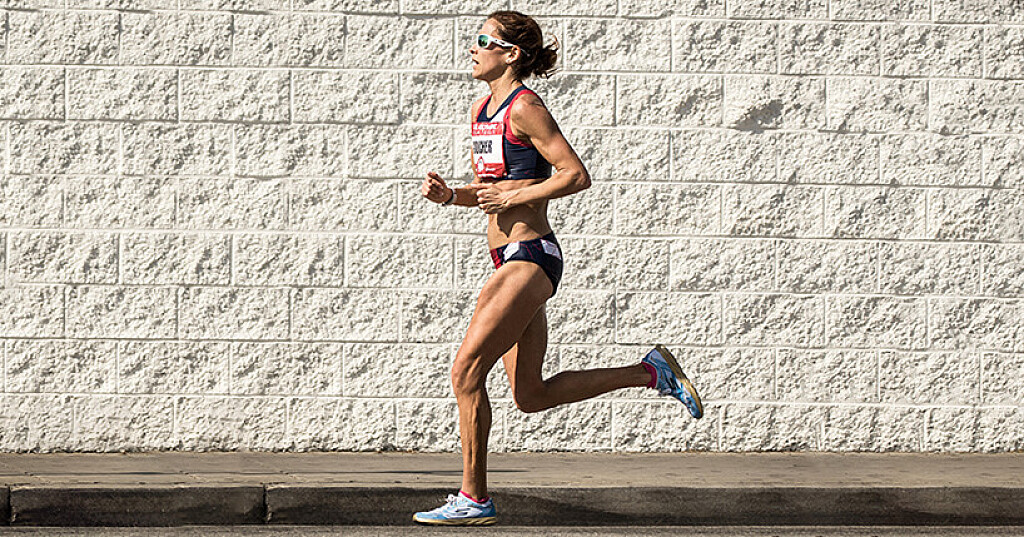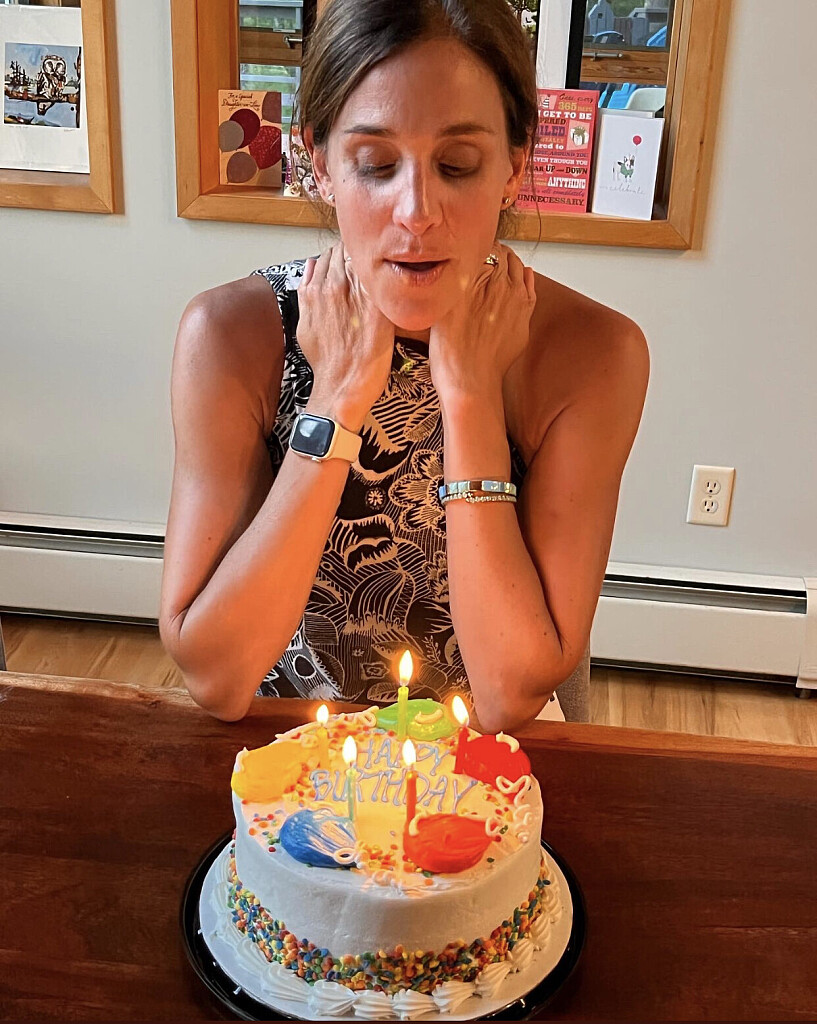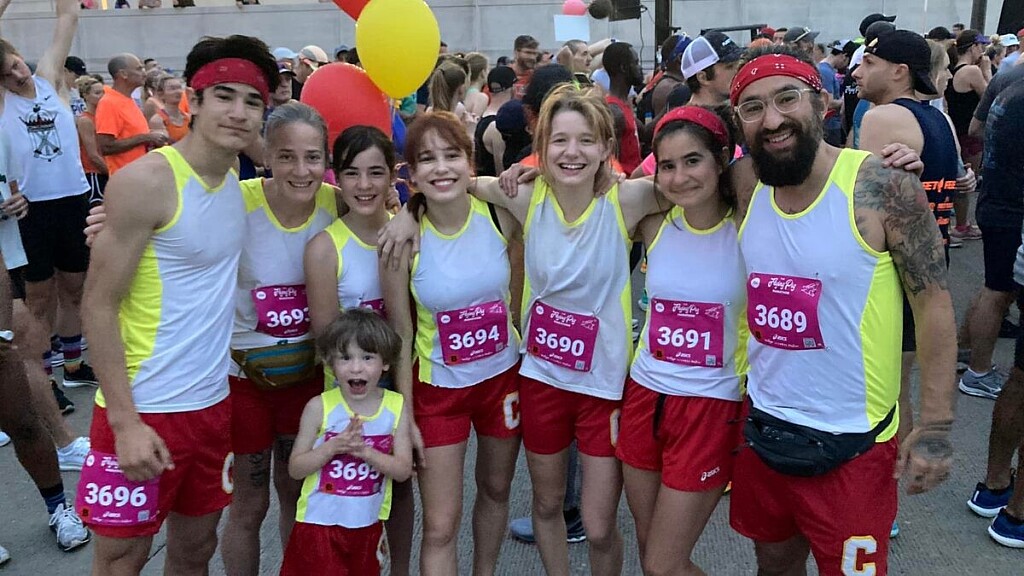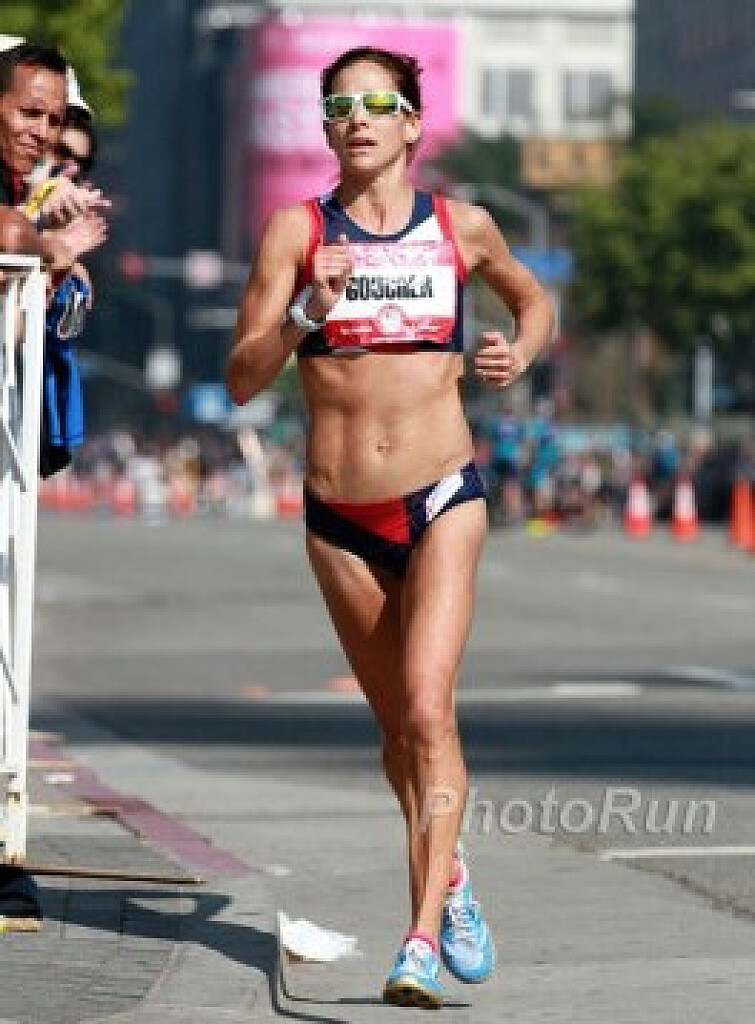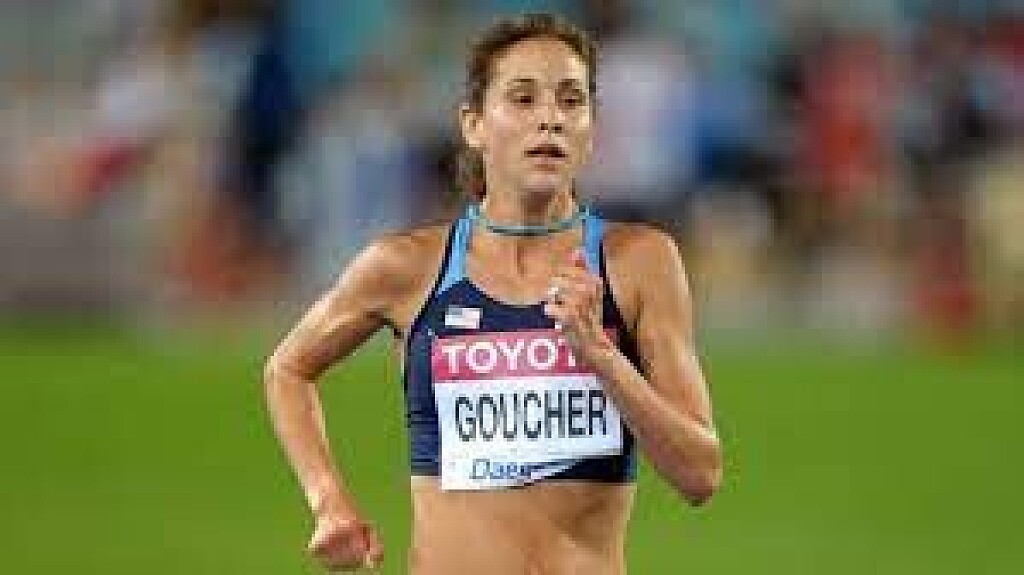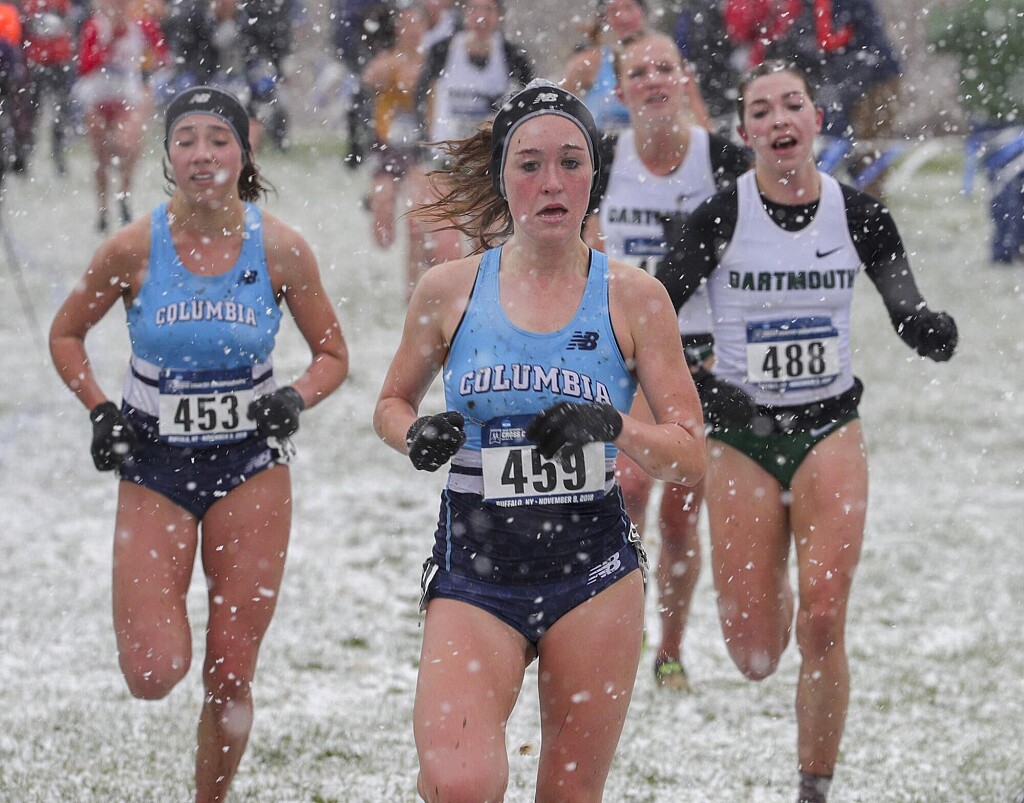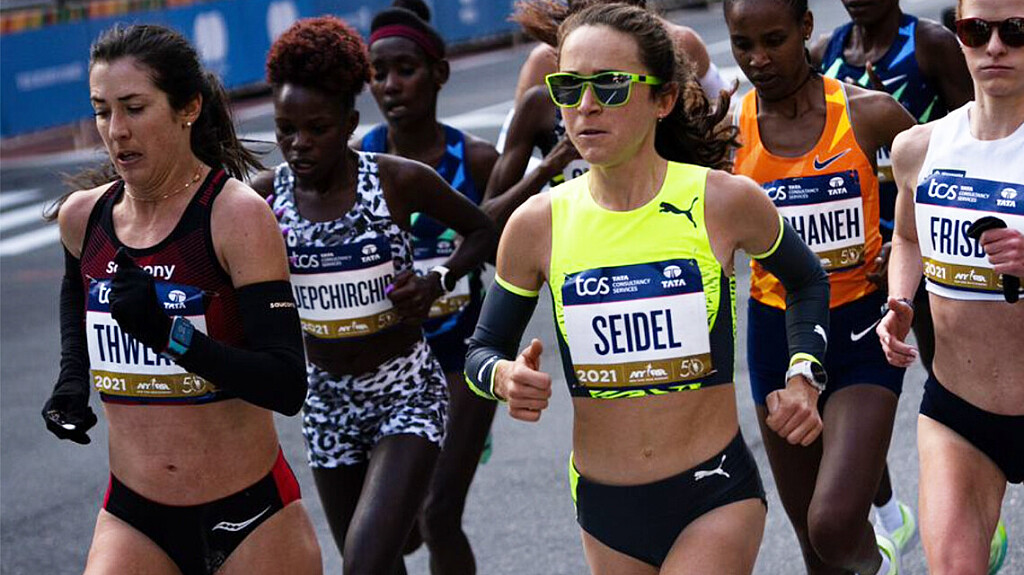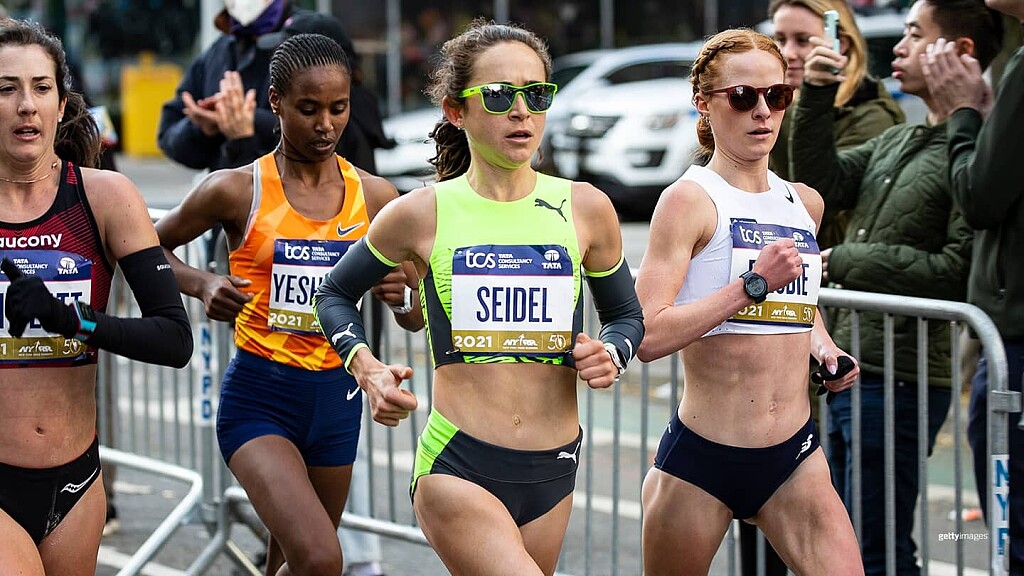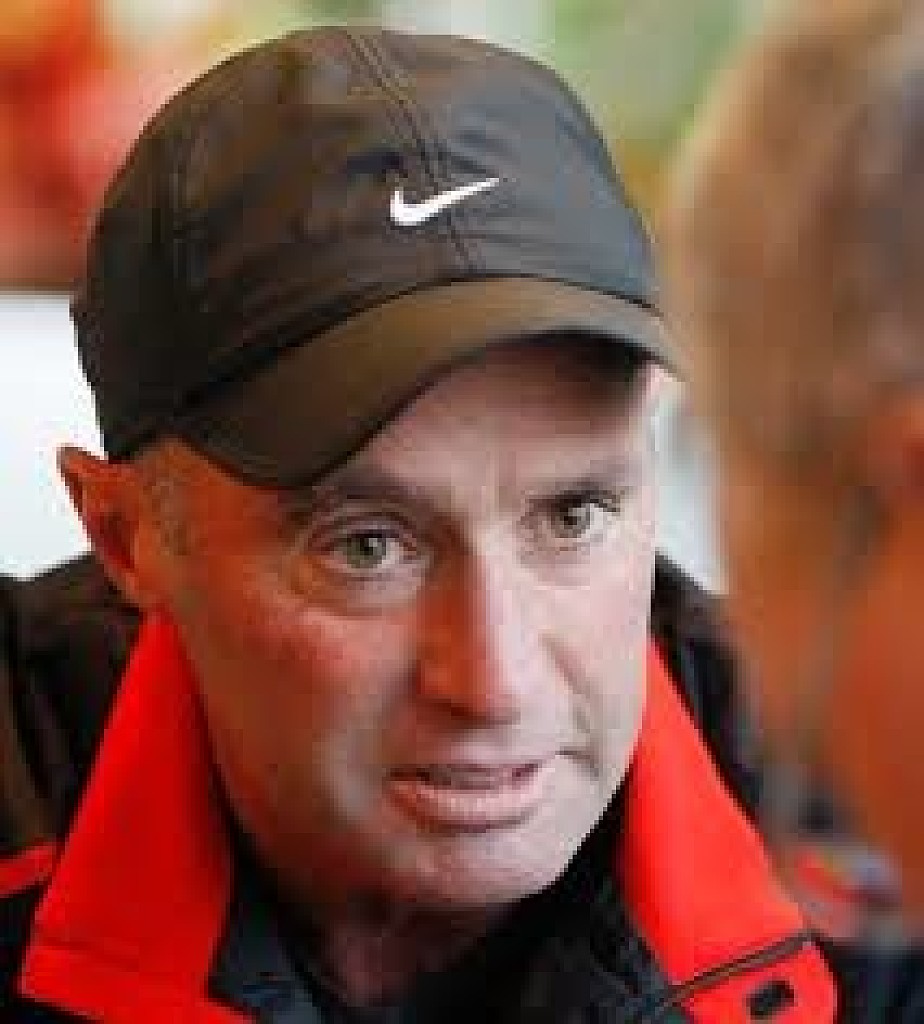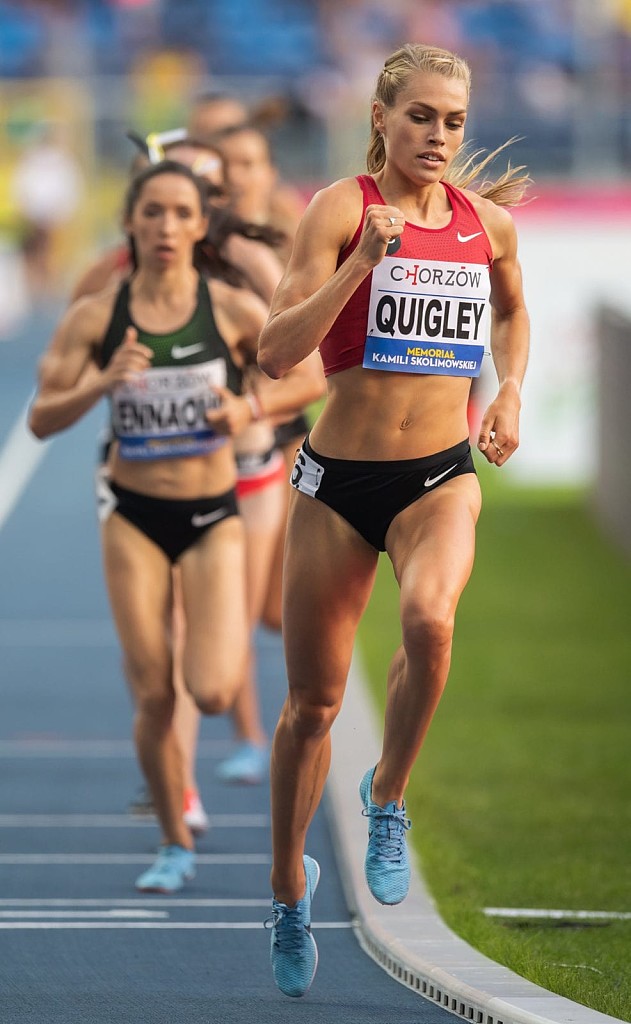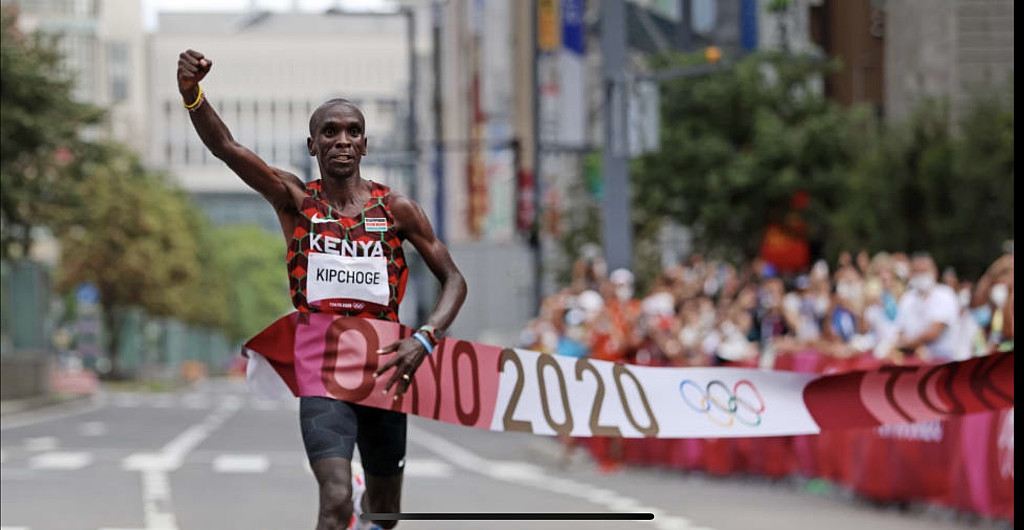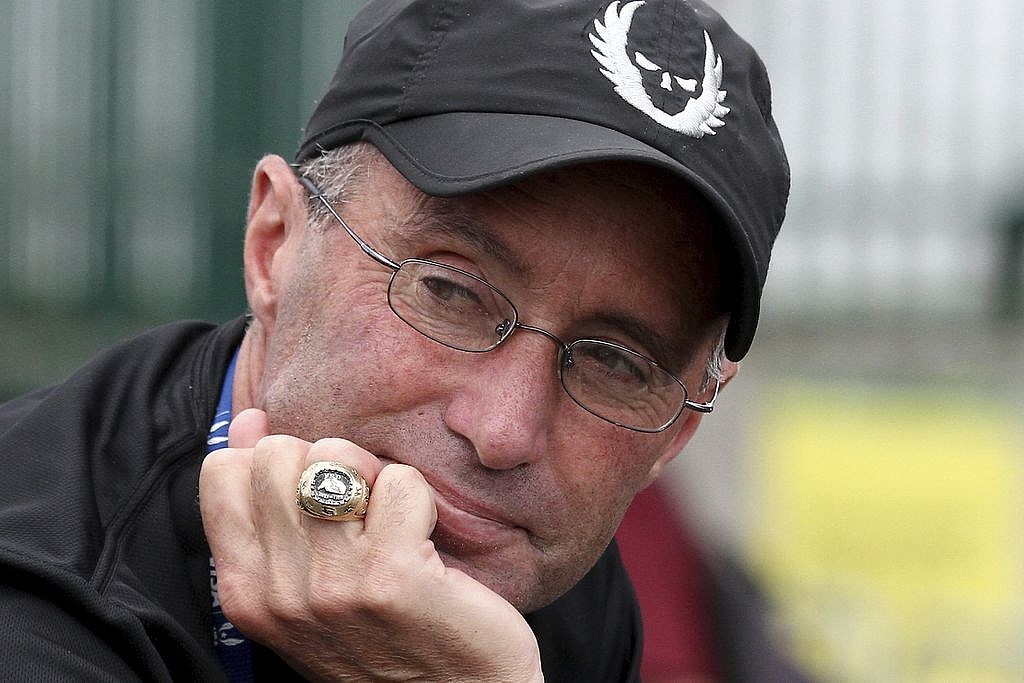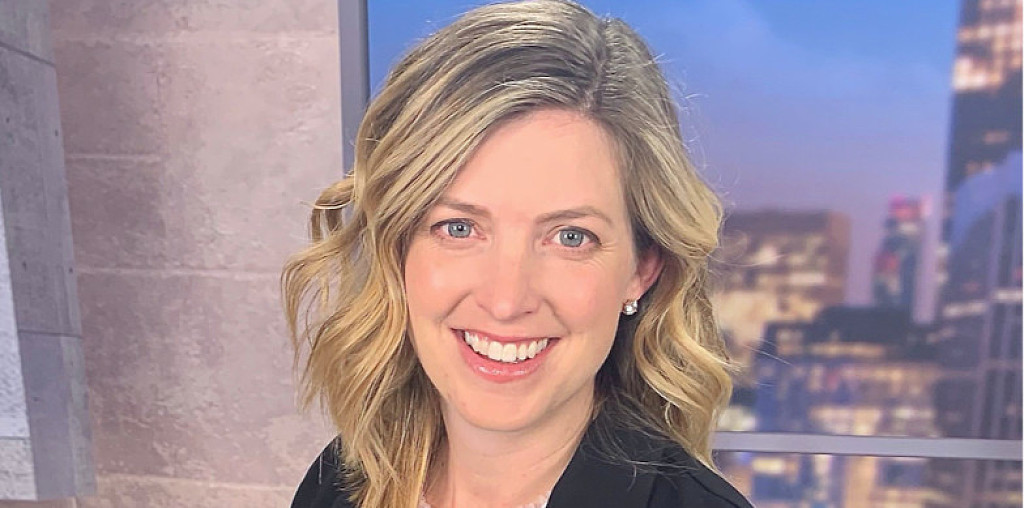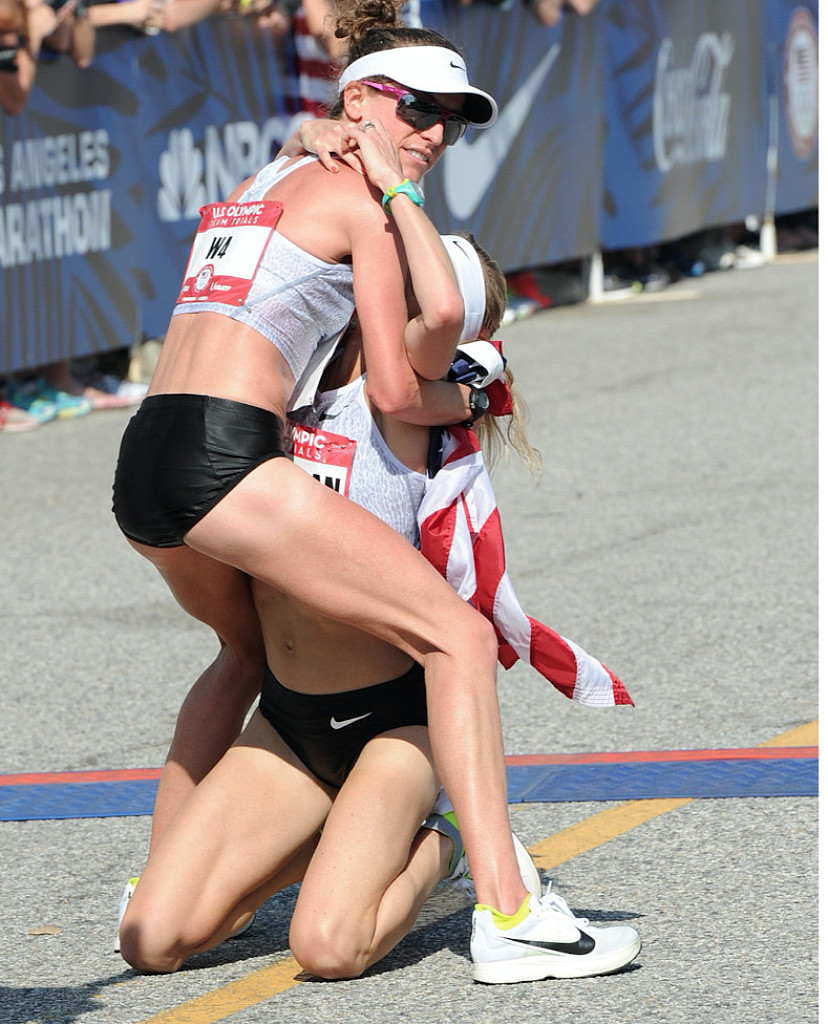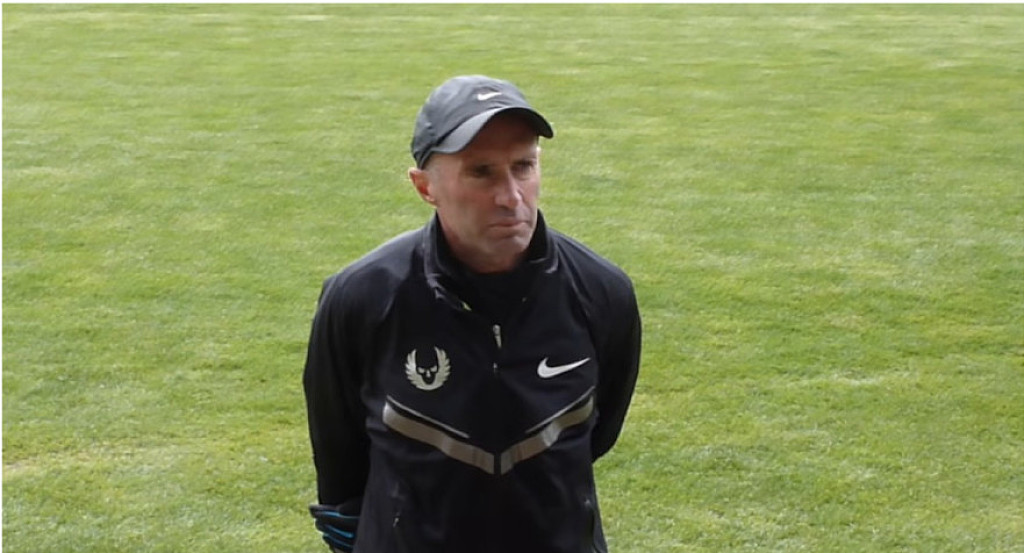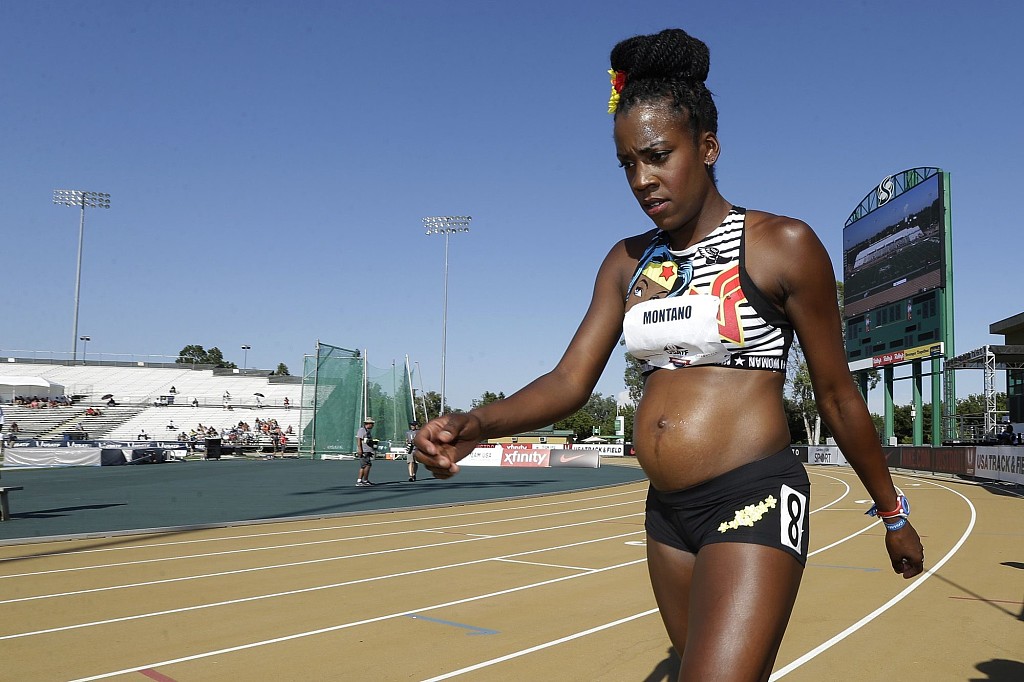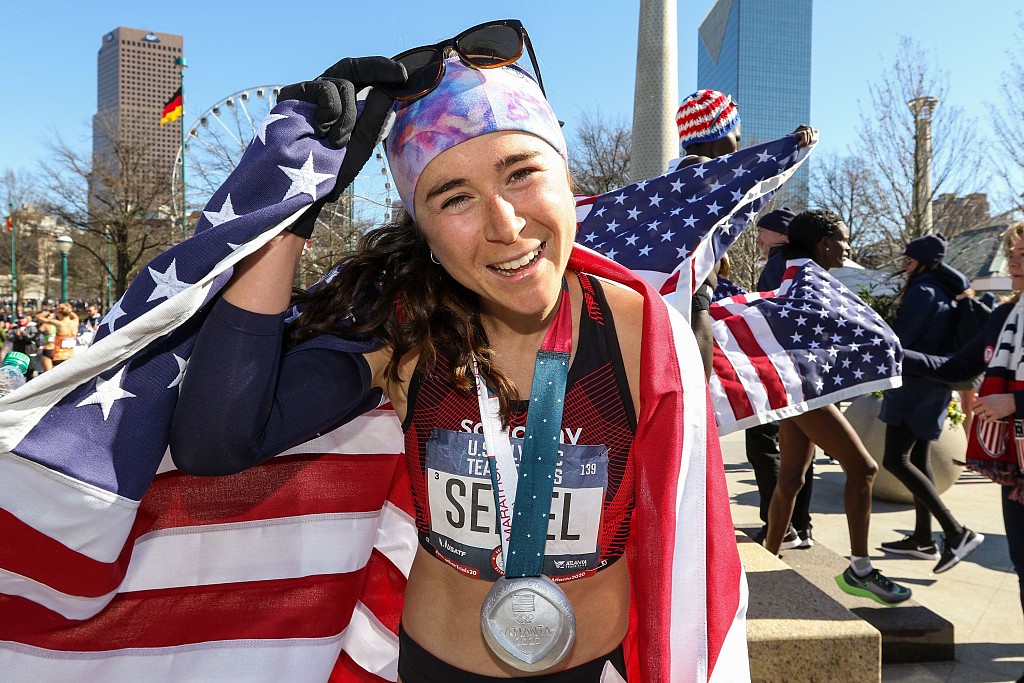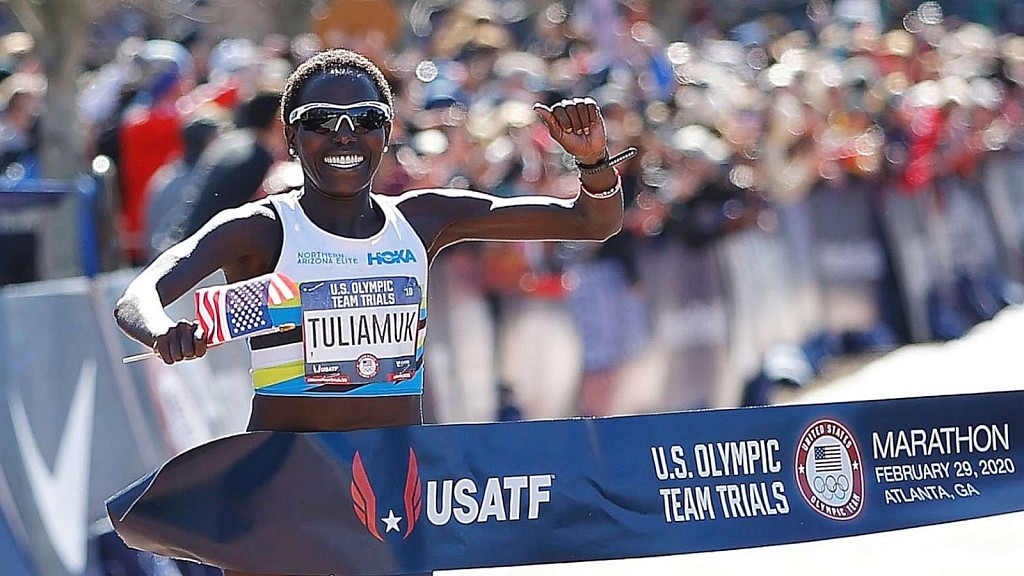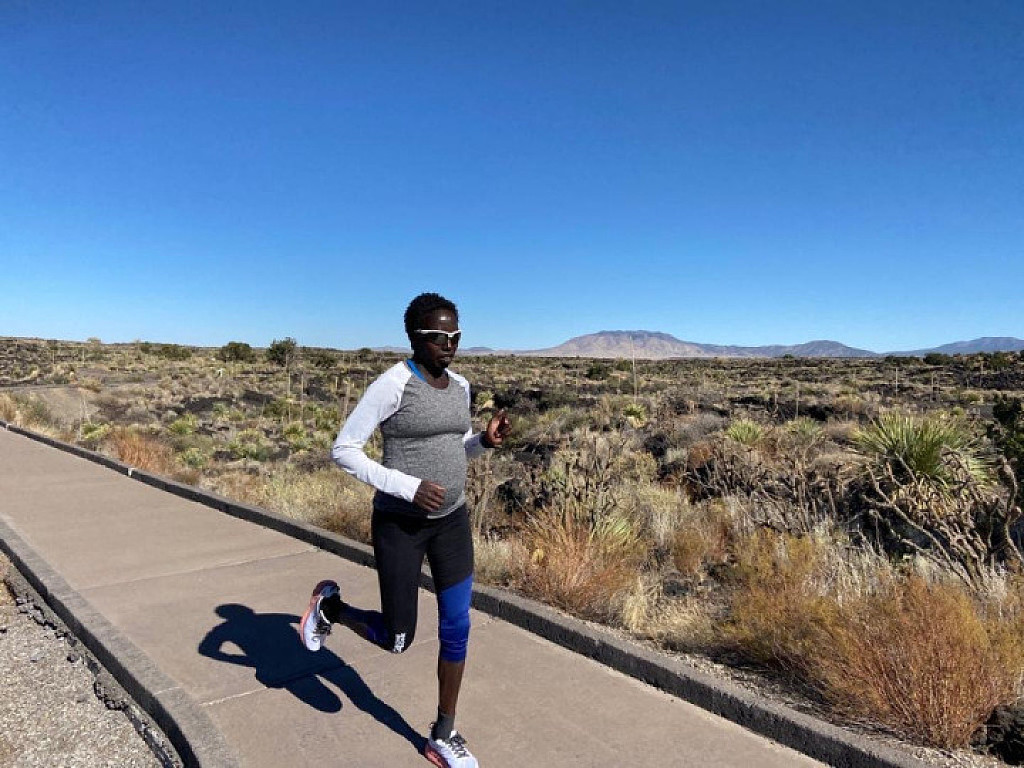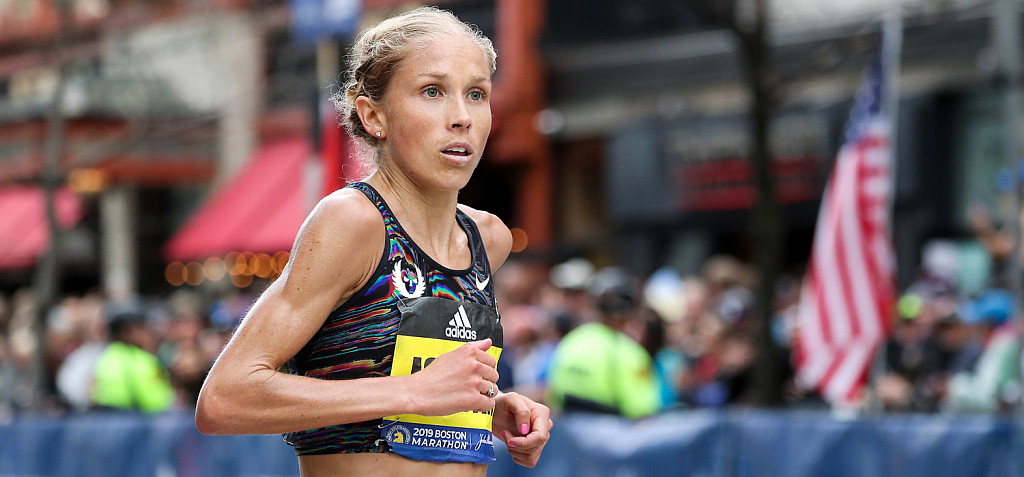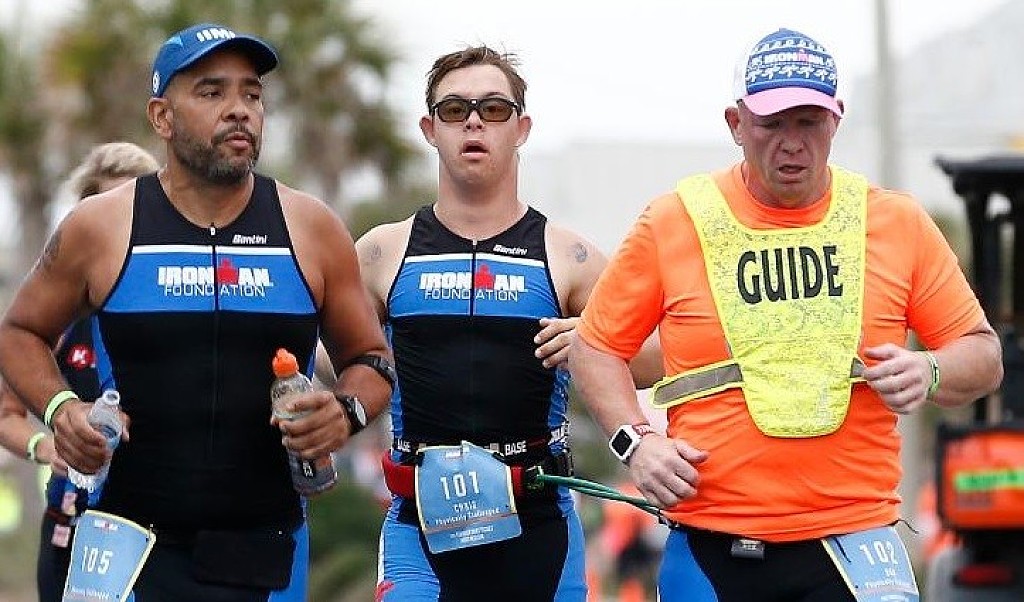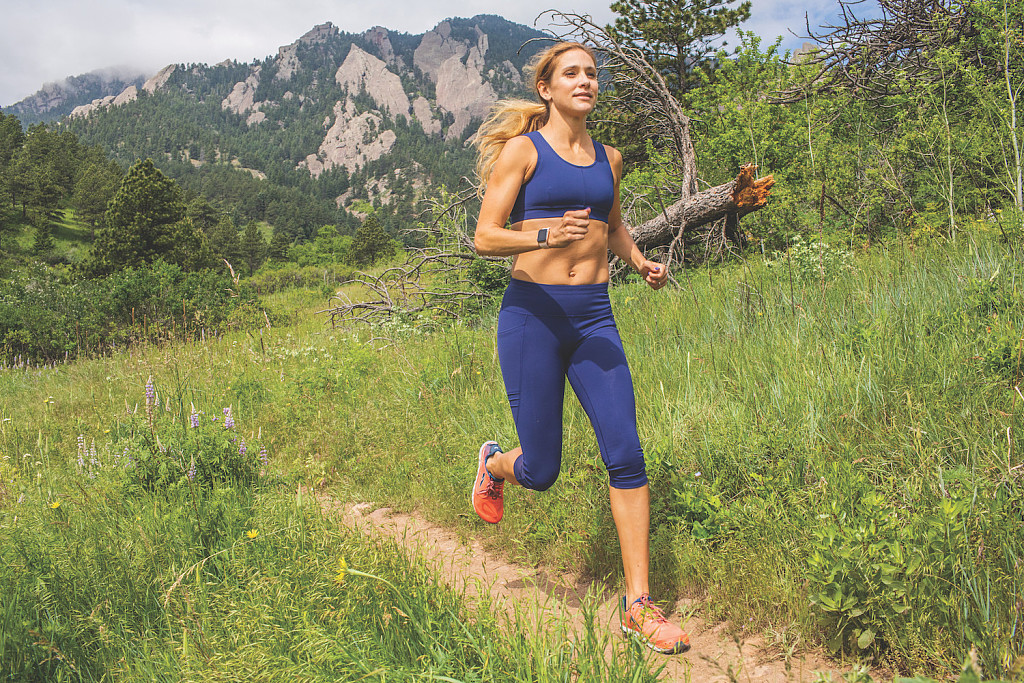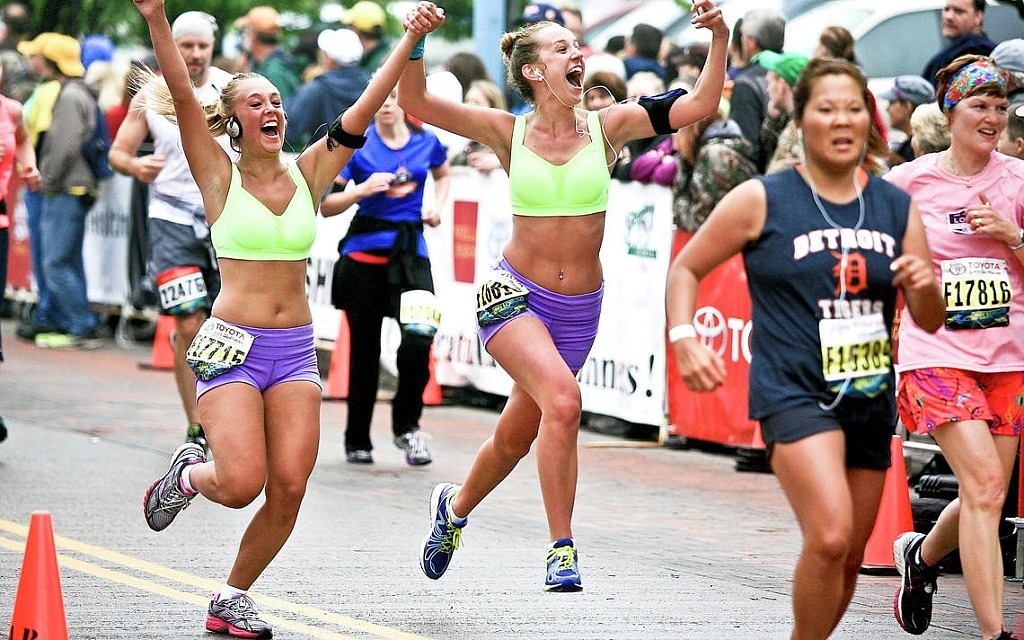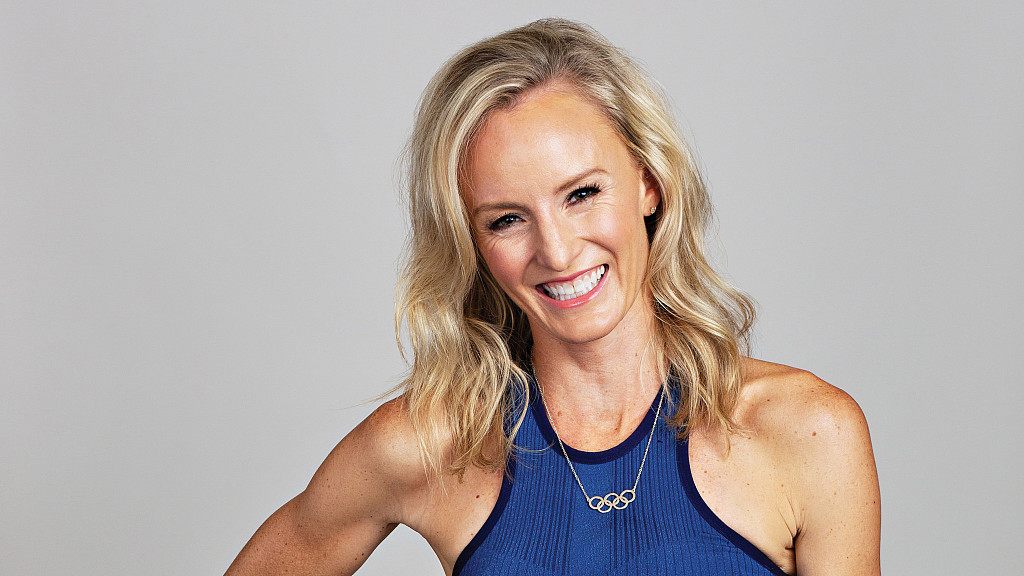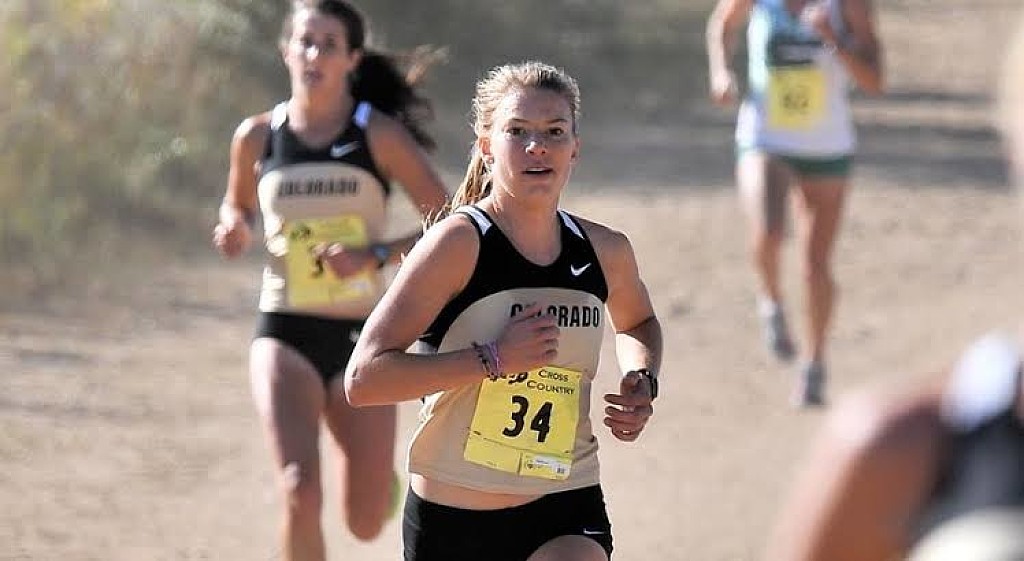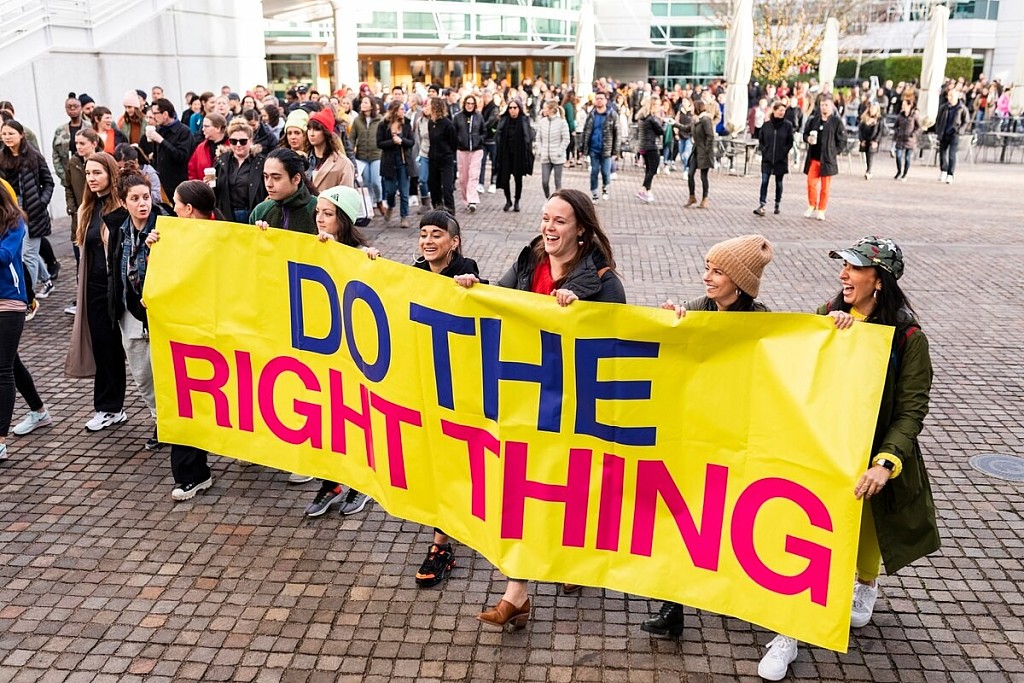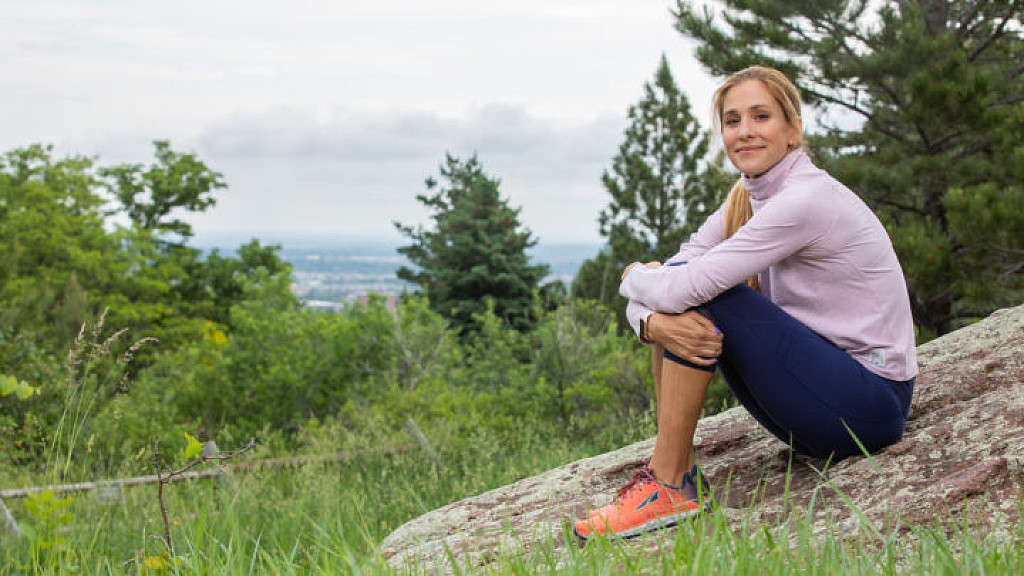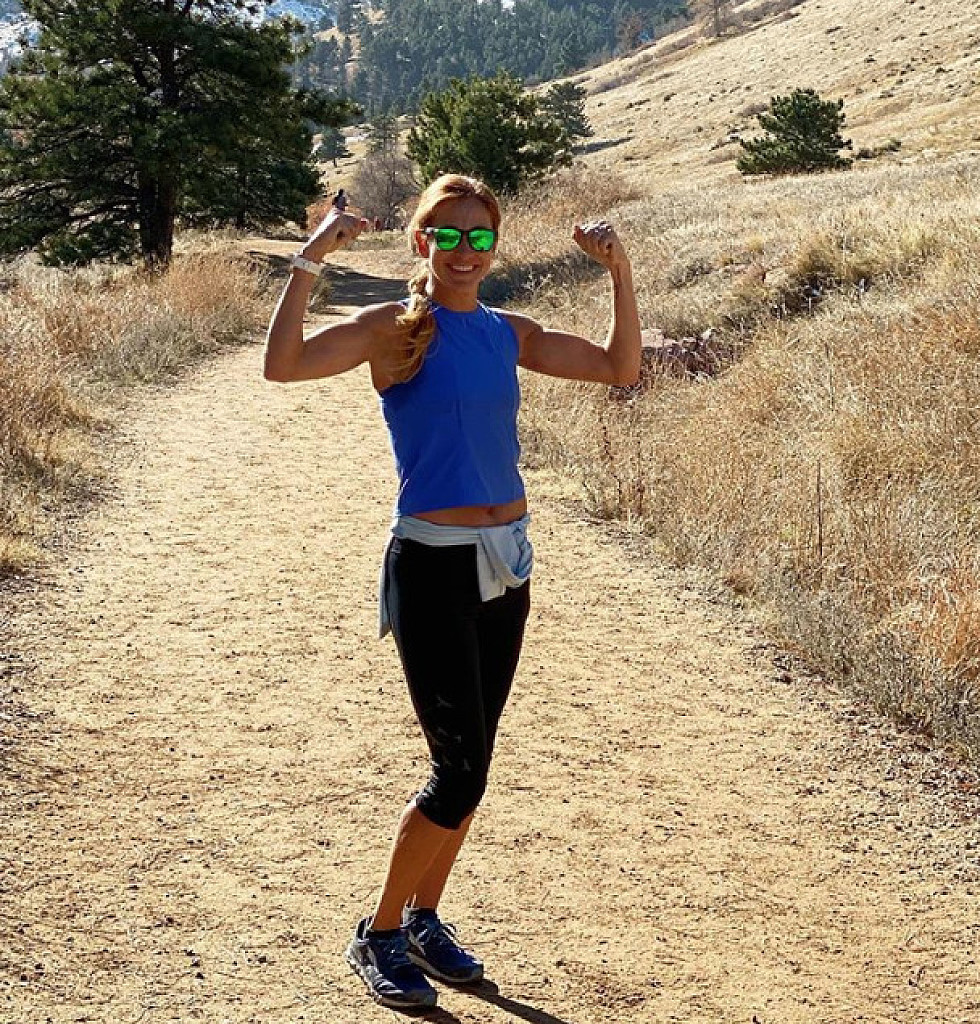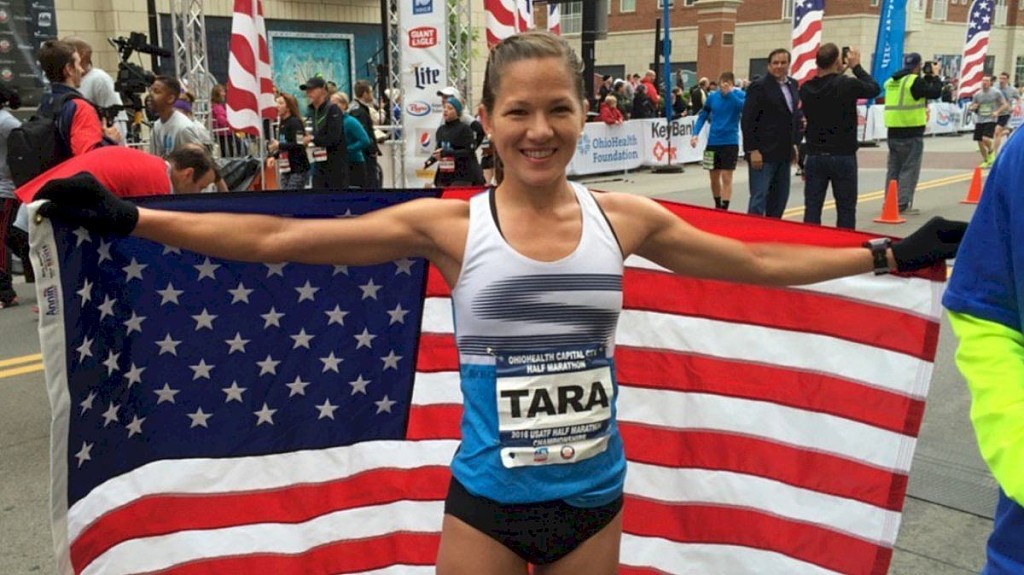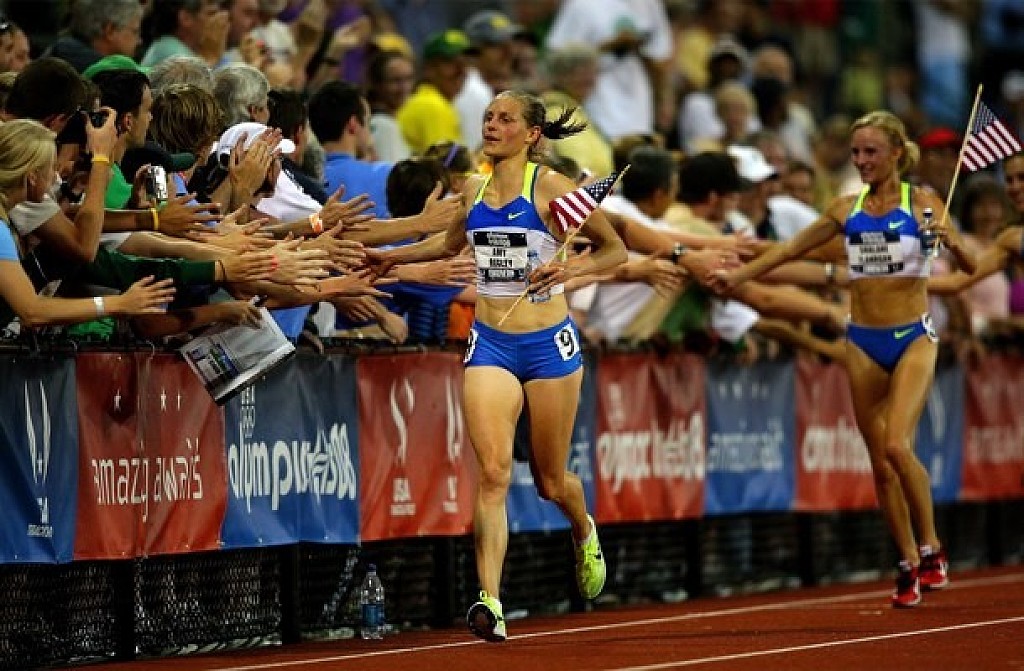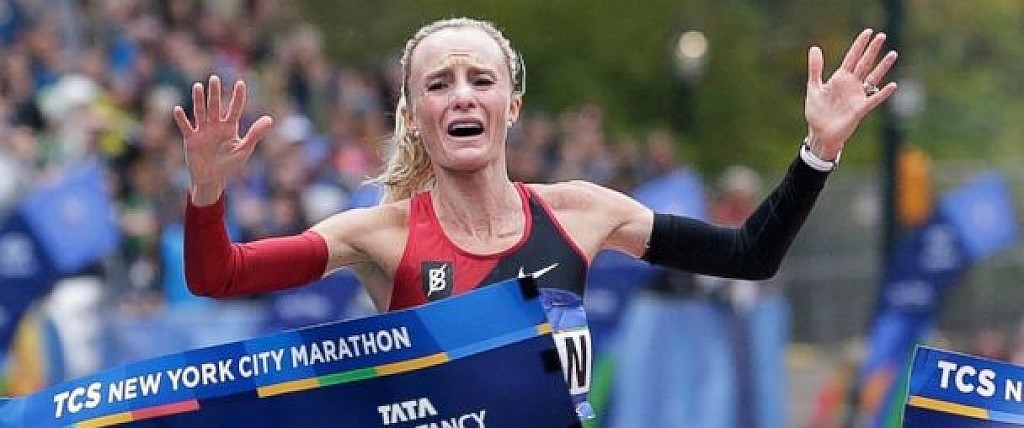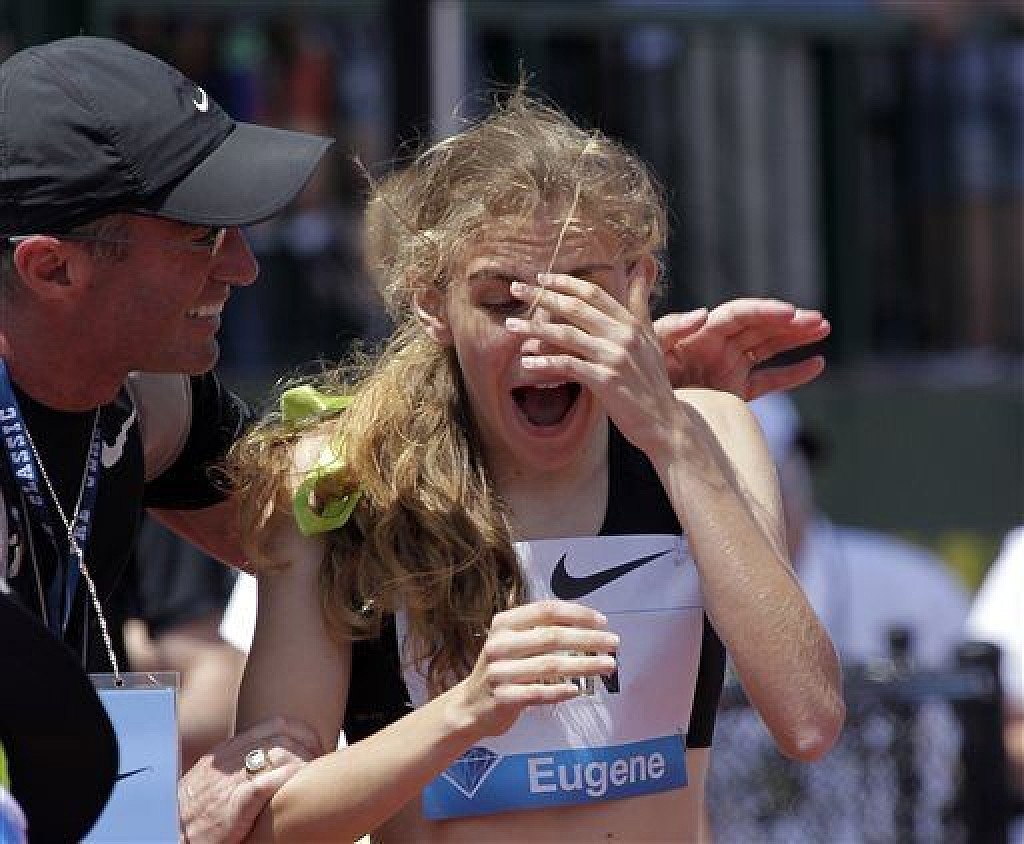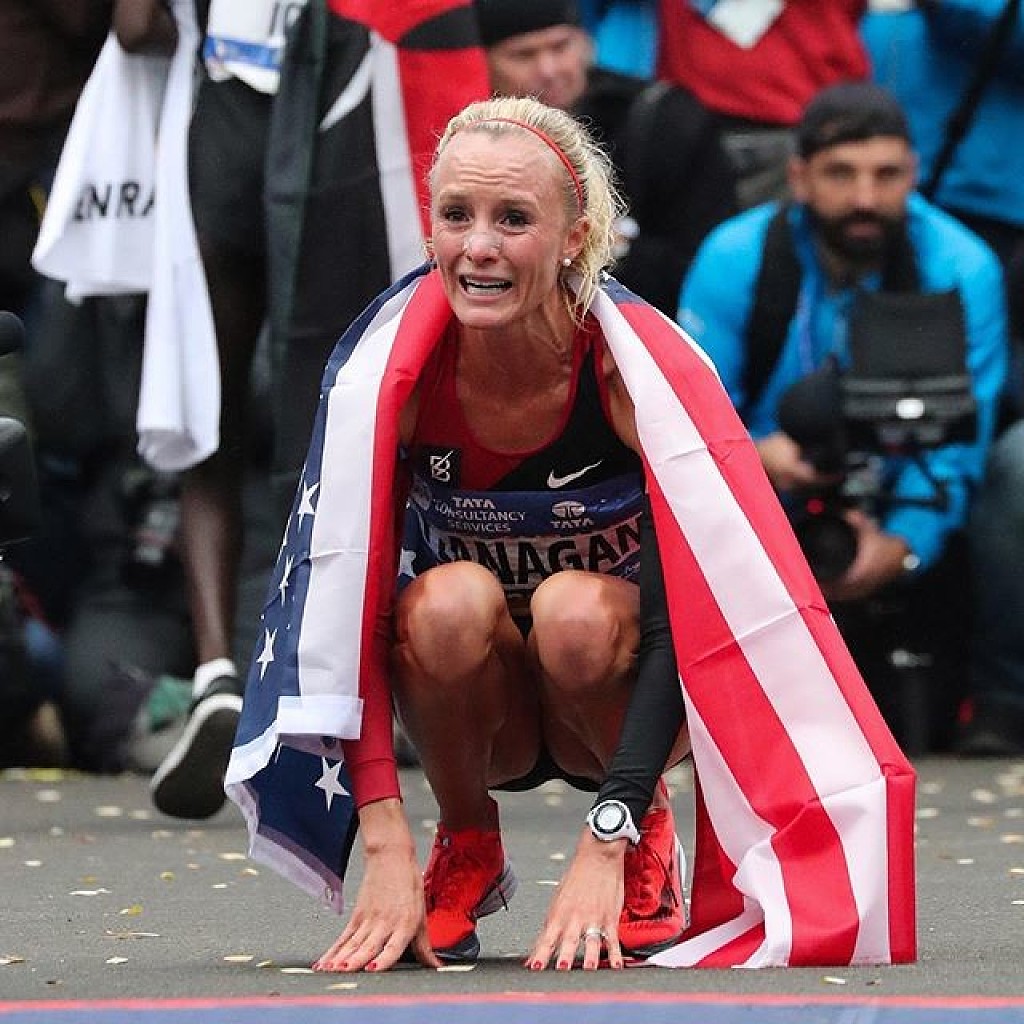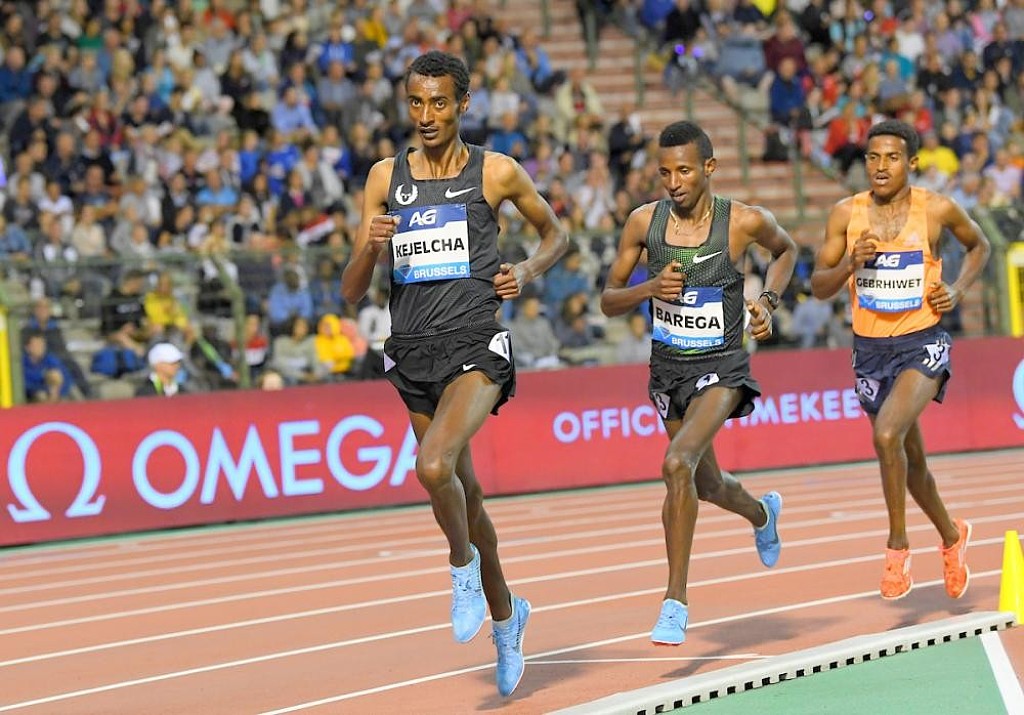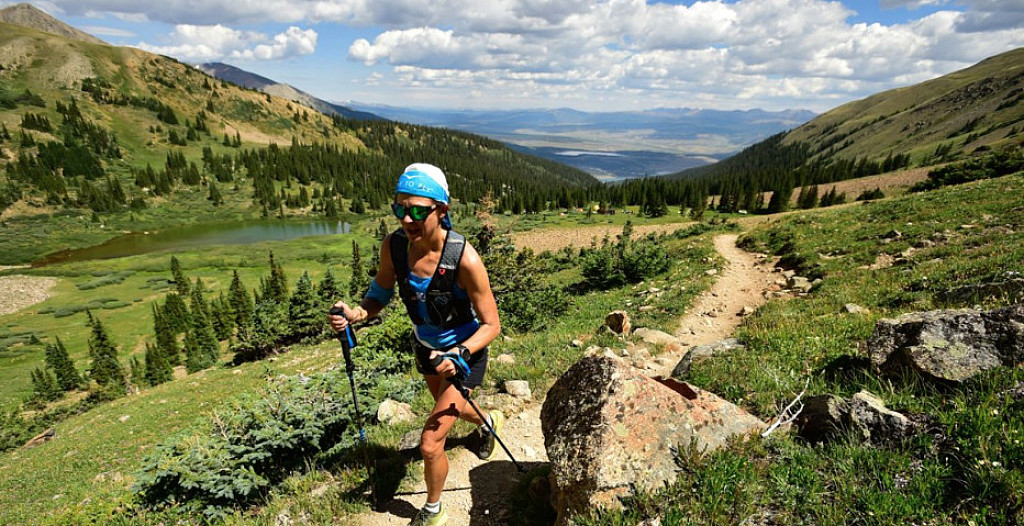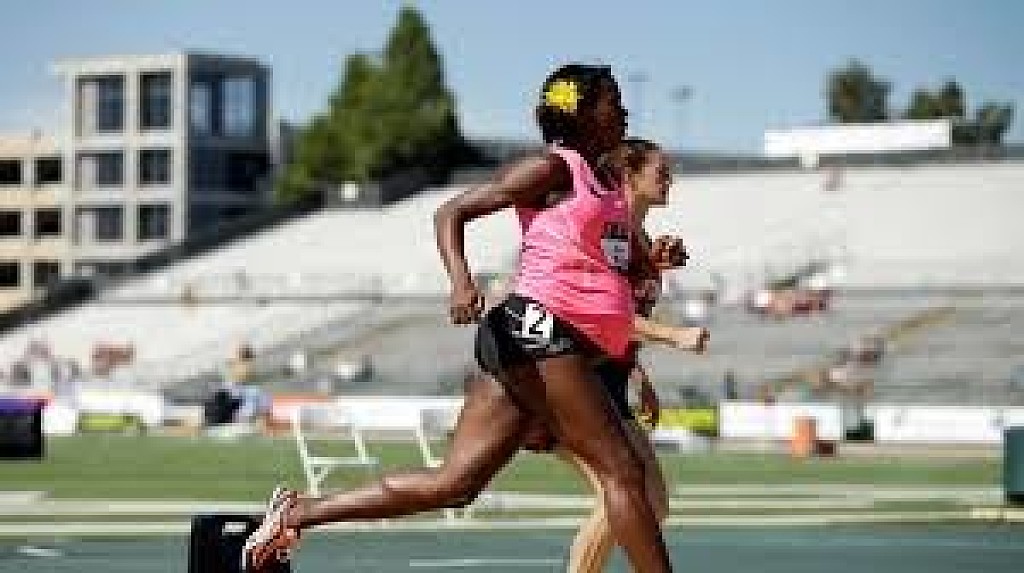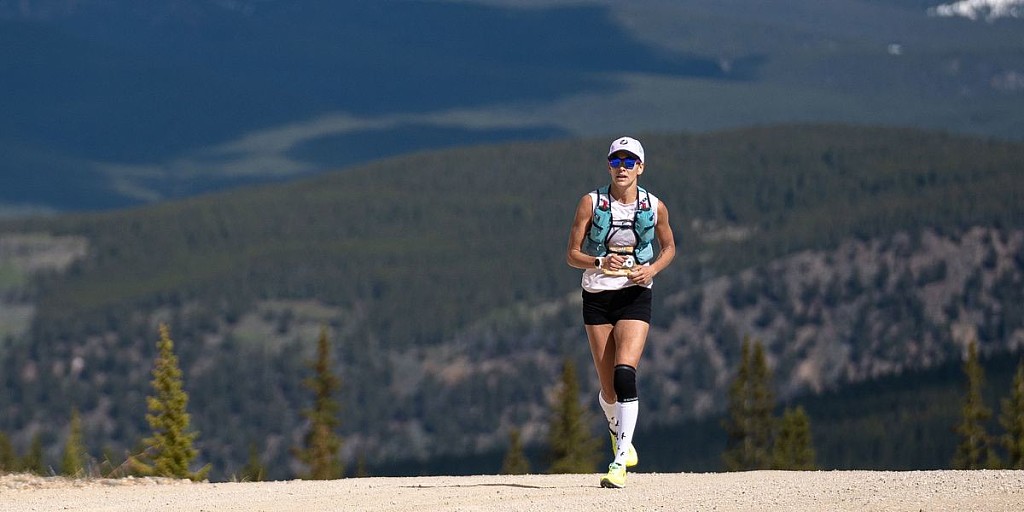Running News Daily
Running News Daily is edited by Bob Anderson. Send your news items to bob@mybestruns.com Advertising opportunities available. Train the Kenyan Way at KATA Kenya and Portugal owned and operated by Bob Anderson. Be sure to catch our movie A Long Run the movie KATA Running Camps and KATA Potato Farms - 31 now open in Kenya! https://kata.ke/
Index to Daily Posts · Sign Up For Updates · Run The World Feed
Articles tagged #Kara Goucher
Today's Running News
Elite Performances and Historic Finish: Highlights from the 2025 B.A.A. 5K
Boston Marathon weekend kicked off in thrilling fashion on Saturday, April 19, with the 2025 B.A.A. 5K presented by Harvard Pilgrim Health Care. Over 10,000 runners took to the streets of Boston for a fast and festive race that culminated at one of the sport’s most iconic locations: the Boston Marathon finish line on Boylston Street.
This year’s edition featured a reimagined course, fierce competition, and inspiring performances from pros, legends, and everyday runners alike.
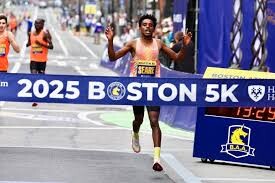
Men’s Race: Seare Surges for Victory
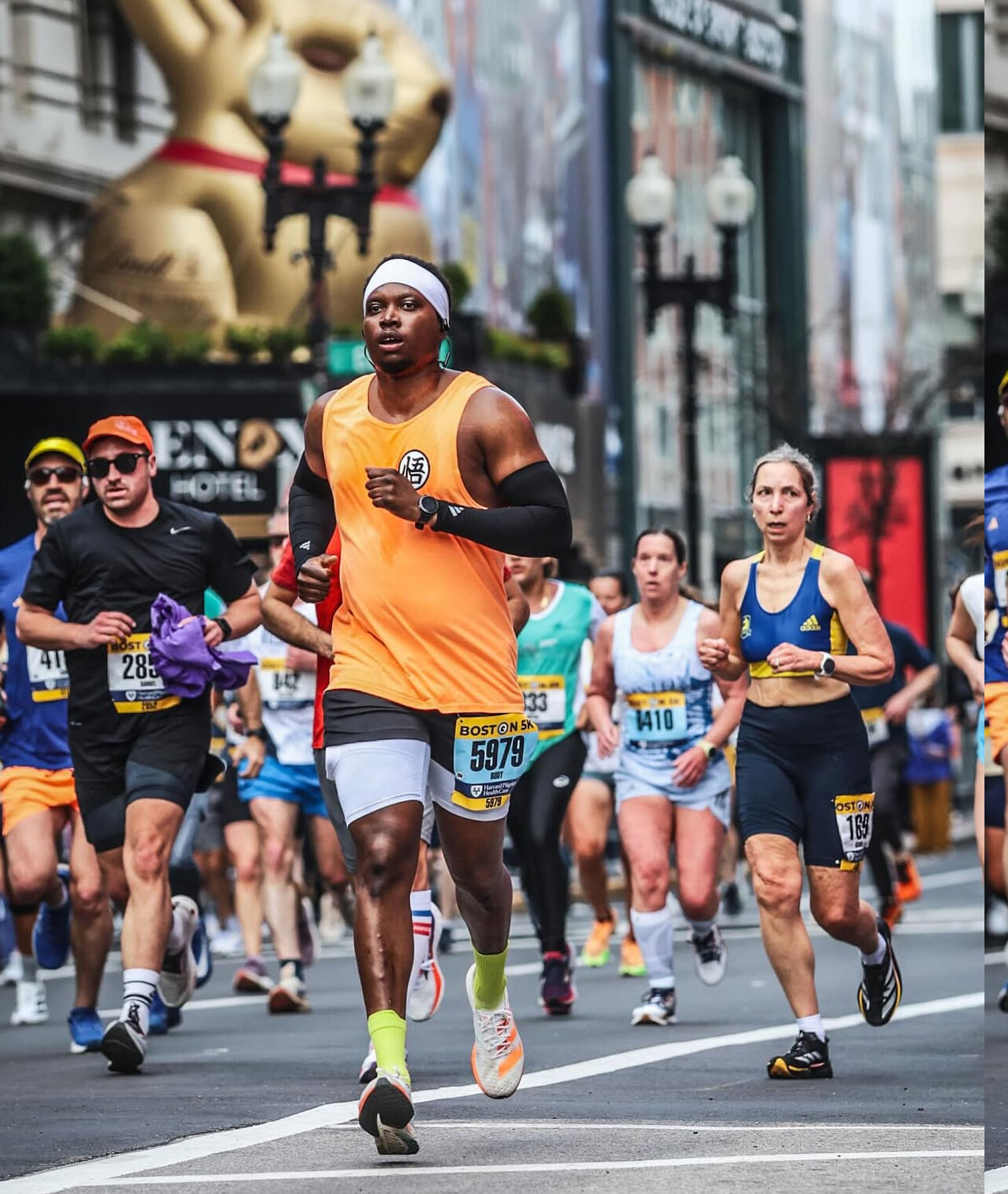
Eritrea’s Dawit Seare stole the show in the men’s race, clocking 13:33 to edge out Britain’s Patrick Dever (13:35) and Kenya’s Amon Kemboi (13:37) in a tightly contested finish. The new course and big-race atmosphere brought out the best in the top competitors.
Women’s Race: Hambese Leads Sub-15 Trio
In the women’s race, Ethiopia’s Gela Hambese powered to victory in 14:53, with Kenya’s Grace Loibach just behind in 14:55. American Taylor Roe had a breakthrough performance, finishing third in 14:57—her first time under 15 minutes for the distance.
New Course, New Energy
This year’s redesigned course started near Boston Public Garden, swept through Commonwealth Avenue and Kenmore Square, and ended with a triumphant stretch down Boylston Street. For many, finishing on the Boston Marathon line was a bucket-list moment.
Running Legends Join the Fun
A host of familiar faces took part in this year’s 5K. Former Boston Marathon champions Uta Pippig and Meb Keflezighi crossed the line in 22:28 and 18:44 respectively, showing they’ve still got it. Red Sox manager Alex Cora joined the field as well, finishing in 24:47.
Running icon Kara Goucher, the 2007 World Championships silver medalist, won the 45–49 age group with a time of 19:18.
Prize Money and Prestige
The top male and female finishers each earned $8,000, with additional prize money awarded in the Masters and para-athletics divisions. The B.A.A. 5K continues to attract one of the deepest 5K fields in the country—and with its world-class course, it’s easy to see why.
A Strong Start to Boston Weekend
The 2025 B.A.A. 5K once again proved why it’s one of the most popular 5Ks in the world. Fast times, rich tradition, and an unmatched finish line experience made this year’s race a standout beginning to Boston’s legendary weekend of running.
by Boris Baron
Login to leave a comment
B.A.A. 5K
The B.A.A. 5K began in 2009, and became an instant hit among runners from far and wide. Viewed by many as the “calm before the storm,” the Sunday of Marathon weekend traditionally was for shopping, loading up on carbohydrates at the pasta dinner, and most importantly- resting. But now, runners of shorter distances, and even a few marathoners looking for...
more...Emma Coburn to miss Olympics with broken ankle
American steeplechase star Emma Coburn shared on Instagram that her “dream of Paris” is over after she broke her ankle at the Shanghai Diamond League last month.
The 2016 Olympic bronze medalist and 2017 world champion landed heavily during a jump in the 3,000-meter steeplechase at the event in China, forcing her out of the race, and was diagnosed with a fracture in her right ankle.
Coburn had been gearing up for the U.S. Olympic trials in Eugene, Ore., next month and was a favorite to make her fourth American Olympic team in Paris this summer.
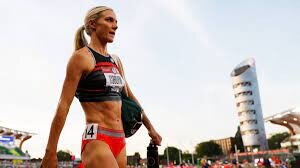
“I don’t know what to say,” she wrote in her post, which shows her fall at the Shanghai race, initially believing the damage was just a sprain. “When I got home, images showed torn ligaments, damaged cartilage, and a fracture in my medial malleolus.”
The 33-year-old shared that she had surgery on Wednesday and hopes to return to “jogging” some time in the next six weeks.
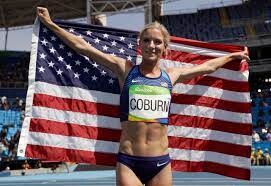
Coburn’s post shares videos of her in a cast, beginning her rehab with strength exercises and riding the stationary bike. A well-loved figure on the U.S. track and field scene, her post garnered supportive messages from several fellow running stars, such as marathoner Kara Goucher and decorated track star Allyson Felix, who wished her well in her recovery and expressed support for her comeback.
“I love this sport and nothing heals a broken heart like working hard and getting back,” she says in her post. “See ya out there later this year.”
Coburn placed 14th in the steeplechase at the 2021 Tokyo Olympics before learning her result was disqualified when she stepped off the track after a last-lap stumble over the barrier.
by Claire Haines
Login to leave a comment
Paris 2024 Olympic Games
For this historic event, the City of Light is thinking big! Visitors will be able to watch events at top sporting venues in Paris and the Paris region, as well as at emblematic monuments in the capital visited by several millions of tourists each year. The promise of exceptional moments to experience in an exceptional setting! A great way to...
more...Kara Goucher Inks New Sponsorship Deal with Brooks
Her first brand appearance will be at the U.S. Olympic Marathon Trials in Orlando this weekend, where she’ll be part of the official NBC broadcast.
Brooks announced on Monday that the shoe company has signed a new deal with Kara Goucher, which entails not only footwear sponsorship, but speaking engagement and athlete collaboration opportunities. Everything officially goes into effect starting this weekend in Orlando at the U.S. Olympic Marathon Trials, where Goucher will be helping to tell the stories of the runners vying for Olympic spots on the NBC broadcast.
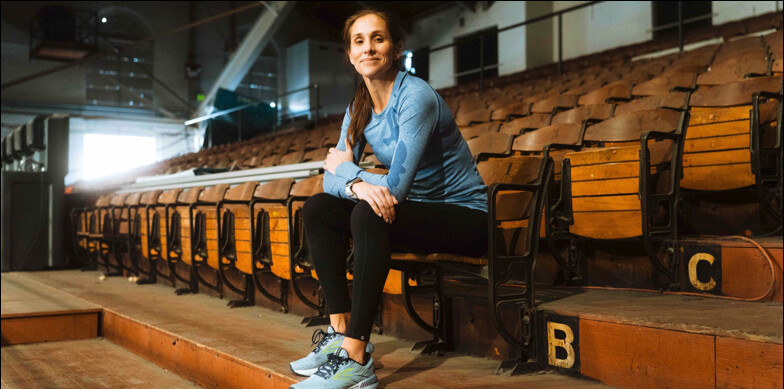
Footwearnews.com reports that the two-time U.S. Olympian and World Championship medalist will be the primary face of Brooks’ events throughout 2024, both at competitions and at Brooks’ community impact programs like Future Run, the company’s $10 million commitment to running programs across the country. She will also make appearances at the Track and Field Olympic Trials in Eugene and the 2024 Paris Olympics.
“I’m excited to work with Brooks on this new partnership and share my excitement and belief of the impact that running can have,” Goucher said in a statement. “Telling the amazing stories of runners is something I’ve always been passionate about, and Brooks makes for an incredible teammate as we continue to advocate for the power of the run to improve the sport for future generations.”
Goucher began her professional running career with Nike—an experience she detailed in her tell-all memoir last year, The Longest Race: Inside the Secret World of Abuse, Doping, and Deception on Nike’s Elite Running Team. She moved on to the Skechers Performance Elite Team and signed with Oiselle in 2014 and then switched to Altra in 2018, but lost her ability to compete at a high level in 2021, when she was diagnosed with dystonia, a neurological movement disorder.
Even so, at 45, Goucher remains an important and respected voice in the running community, through her work as a mental health advocate, sports broadcaster and co-host of the podcast Nobody Asked Us with fellow Brooks athlete Des Linden.
“Kara’s lived experiences and her passion for bringing attention to the humans behind incredible performances,” a release from Brooks read. “The goal is for Goucher to help inspire runners and show how the sport can help change lives.”
by Runner’s World
Login to leave a comment
Paul Chelimo is set to make marathon debut at Olympic Trials
Paul Chelimo, an Olympic 5000m silver and bronze medalist, will make his marathon debut at the U.S. Olympic Trials on Feb. 3 in Orlando.
“Ever since I was a kid, I dreamed of running a marathon… The day has come- this is it!” was posted on his social media Friday.
Chelimo, 33, qualified for the marathon trials by running a 1:02:22 half marathon last April 2, safely quicker than the 1:03:00 minimum to get into the field.
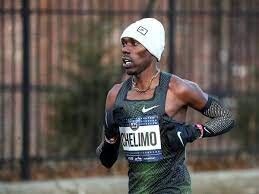
He didn’t publicly commit to racing the marathon trials until now. He could still contest the track trials in June.
“Let’s start by Orlando... then we will see!” Chelimo’s agent wrote in an email when asked about track trials.
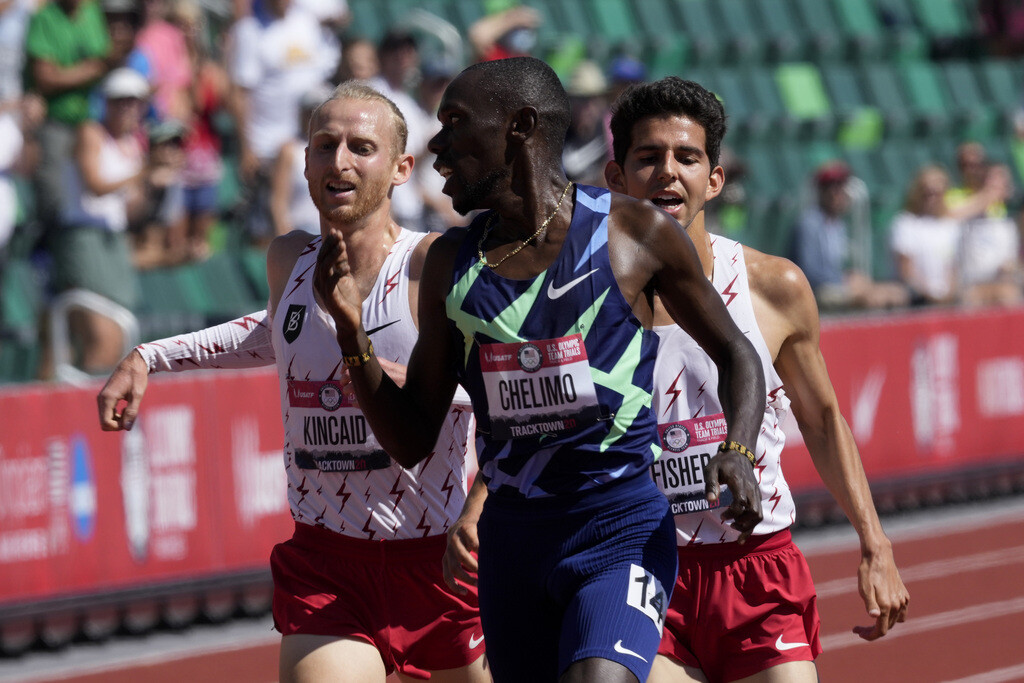
At marathon trials, the top three finishers on Feb. 3 are likely to make up the team for Paris. Since Chelimo has never raced a marathon, he also must run 2:11:30 or faster to hit a minimum qualifying time for Olympic eligibility.
Chelimo made five of the last six Olympic or world outdoor championships teams on the track in the 5000m. He won Olympic silver in 2016 and bronze in 2021, the latter being the lone U.S. men’s distance medal at the Tokyo Games.
Now, he joins a recent list of American global track medalists to move up to the marathon after Kara Goucher (2007 World 10,000m silver), Shalane Flanagan (2008 Olympic 10,000m silver), Galen Rupp (2012 Olympic 10,000m silver) and Bernard Lagat (world 5000m medals in 2007, 2009 and 2011).
Jenny Simpson, a world champion and Olympic bronze medalist at 1500m, also plans to make her marathon debut at the Feb. 3 trials.
Rupp made the 2016 Olympic marathon team in his debut at the distance at those trials. Molly Seidel did the same for the Tokyo Games. Each won a bronze medal in their first Olympic marathon.
Rupp, eyeing a fifth Olympics, headlines the men’s trials field along with Conner Mantz, the fastest American marathoner in 2022 and 2023 going for his first Games.
by Olympic Talk
Login to leave a comment
2028 US Olympic Trials Marathon
Most countries around the world use a selection committee to choose their Olympic Team Members, but not the USA. Prior to 1968, a series of races were used to select the USA Olympic Marathon team, but beginning in 1968 the format was changed to a single race on a single day with the top three finishers selected to be part...
more...Scientists Are Trying to Clone Des Linden’s Heart
“Digital twin” technology might unlock new insights into performance and health—for everyone
In the age of lab-tested super shoes, blood lactate testing, and endless GPS watch data, companies are constantly searching for new ways to improve athletic performance. The next step for precious marginal gains might be in the virtual world.
This week, the IT and consulting firm Tata Consultancy Services (TCS) announced they’re creating a “digital twin” of marathon runner Des Linden’s heart. According to TCS, which is the title sponsor for road races like the New York City Marathon and London Marathon, “A Digital Twin Heart is a real-time, virtual replica of a person’s heart, offering precise data on its function, efficiency, and response to varying conditions.” If that sounds like something out of a Stanley Kubrick film, we’re right there with you. In plain English, TCS hopes that a digital heart can provide precise, real-time training feedback to help inform athletes in the future. For example, imagine if you could analyze your cardiac activity at a certain point in a race. Say, mile 15 of the New York City Marathon, on hilly Queensboro Bridge.
TCS believes that using that kind of data could unlock new insights: “Imagine the difference it might make to see, measure, and monitor a heart going through such significant stress—and predict with high accuracy how it will perform. Imagine you could hold a realistic digital copy of this heart in your hand or explore inside its ventricles at every beat.”
Linden, 40, is a two-time Olympian and is perhaps most known for winning the 2018 Boston Marathon. On Sunday, she set a new American masters record for the marathon, running 2:27:35 to break Deena Kastor’s previous time from 2015 by 12 seconds. Before the race, Linden told Runner’s World that she’s excited about the digital twin, although she hasn’t integrated it into her training yet. She admitted the concept is sci fi-esque. Linden’s virtual heart is still in the early stages, but TCS (which sponsors Linden and Kara Goucher’s podcast Nobody Asked Us with Des & Kara) hopes to have her twin ready in November. Linden has already sat for an MRI, which the TCS team is using to model the replica. Debashis Ghosh, President of the Life Sciences and Healthcare Business Group at TCS, believes that digital twin technology has the potential to not only improve running but inform broader healthcare decisions.
“Des’s Digital Heart can optimize her training, performance, and recovery but this technology is important for reasons far beyond sports—it can ignite a personal healthcare revolution,” he said in a press release. “With heart disease the leading cause of death in the U.S., it is more important than ever to innovate techniques to keep hearts healthy.”
The impact of the emerging tech is to-be-determined, but TCS believes that digital twins will be commonplace for civilians by 2035, thanks to recent advancements in fields like AI, machine learning, and virtual reality.
Who knows—maybe we’ll all be checking the stats of our digital hearts just as much as our cadence or average pace after a run.
by Runner’s World
Login to leave a comment
Des Linden and Kara Goucher Demystify Drug Testing Requirements in Pro Running
Specifically, how the “whereabouts” policy really works.
Drug testing in professional running has made plenty of headlines over the years—even as the process itself has remained somewhat mysterious to spectators of the sport. But on this week’s episode of Nobody Asked Us, Des Linden and Kara Goucher pulled back the curtain and offered a rare peek inside anti-doping practices, including the scoop on “whereabouts” policy.
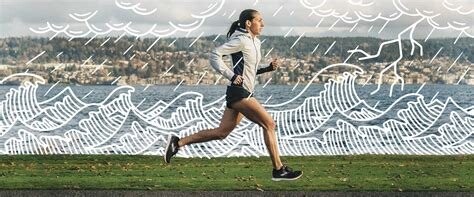
Linden began the conversation by recalling that she’d been drug tested in the early morning of the previous weekend. “We could demystify the process because I think… people don’t hear too much about it except as just a quick tweet or [via] somebody who hasn’t really been through it or has a story that is uninformed because they heard it from someone who heard it from someone,” said Linden. “We’ve been through this a number of times so I thought we could talk about the process a little bit.”
According to the World Anti-Doping Agency, athletes who are part of the Registered Testing Pool (those operating at the highest level of their sport) must submit to regular drug testing year-round. To accommodate the testing, these athletes must offer up their home address (or address for their overnight accommodations), competition schedules, and any alternative locations where they may be found. They also must provide a 60-minute time slot for each day where they will be available for testing.
“You have one hour where they will not inform you that you’re there or that they’re looking for you. They will just knock and you have to be where you put your whereabouts for the day,” said Linden. The WADA stipulates that those who miss the test may be liable for, you guessed it, a ‘missed test,’ and infraction that can lead to bans.
Linden shared that her hour window is first thing in the morning when she knows she’ll have to pee. “Five to six a.m. is my hour window usually at home, and then they wake me up and I have to go to the bathroom right away,” she said. Goucher shared that she also opted for a morning slot for drug testing until her son was born. “After I had Colt, I did change it to the afternoon—just because there were many a time where he got woken up… so I did change it to like two because I was always home by then and just napping or playing with him,” she shared.
The WADA also reserves the right to test athletes directly post-race. Goucher and Linden said this process often involves waiting around after you’ve crossed the finish line until you have to go. In this case, drug testers follow athletes into the bathroom. The process can be awkward—especially if it’s a numbers one and two kind of situation. “They’re like tuck your shirt up into your bra and pull your pants down, I’m going to watch,” explained Kara. “At first it feels weird, but later in life you’re like ‘Pfff, whatever. Here we go.’”
Once, athletes had to fax their schedules to the governing bodies for drug testing, according to Linden and Goucher. But nowadays, the test scheduling happens via an app. “If you’re in a certain pool… then you have to put in one hour where you’re going to be and they can’t inform you,” said Linden. “And then you have the rest of the day where you sort of give them an idea of where you are and how they can get a hold of you.” They may choose to test runners outside their chosen hour; however, they must work with the athlete to find a location that works, per the two runners’ conversation. Goucher said that a drug tester once met her at a preschool orientation, for example.
“[The calendar] is really easy to change if your life changes. It’s not like you’re married to the calendar or anything,” said Goucher. “You have up to one minute prior,” agreed Linden, adding that she updated it last minute on a recent vacation. “It’s not impossible, and for me, what I get frustrated with is that this should be a priority in your life,” said Goucher. “This is what you do for a living. You’re trying to achieve all your goals.”
Linden and Goucher also shared personal stories about their testing experience, so make sure to check out the full episode.
by Runner’s World
Login to leave a comment
Ice Plunges/Cold Baths for Muscle Recovery
The old adage goes “no pain, no gain,” and no crowd knows that better than long distance runners do. It’s the philosophy their entire sport is predicated on, pushing through the pain for hundreds of miles each month over hills and on concrete in the pursuit of athletic success.
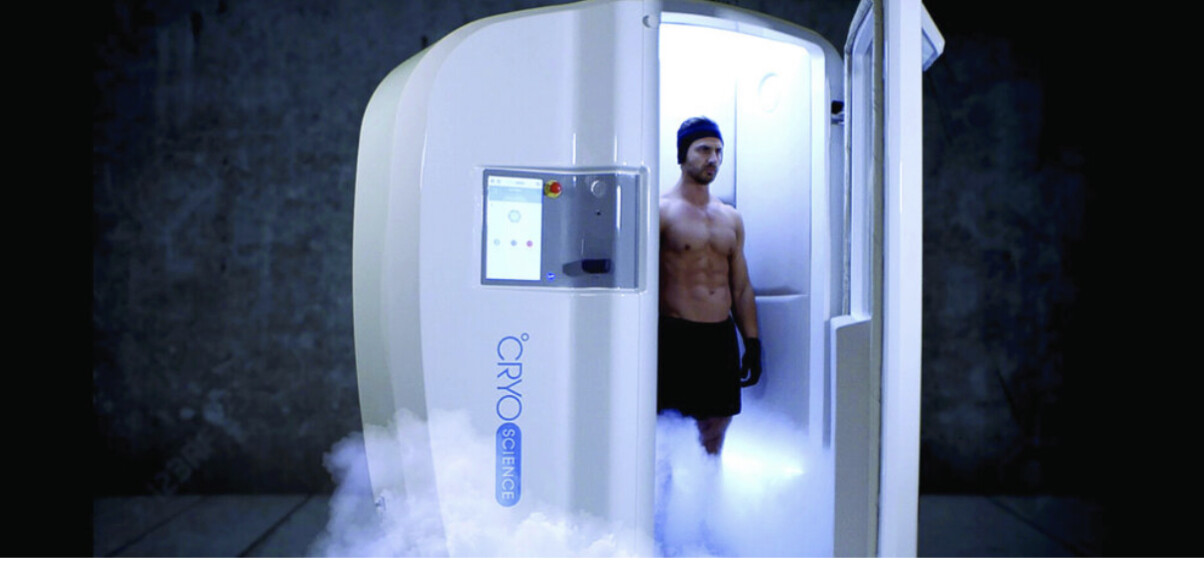
With grueling training methods comes a pressing need for improved methods of recovery. If you don’t give your muscles time to repair the microscopic tears that develop during strenuous exercise, you aren’t going to become a better athlete. Instead, you’ll end up with strained muscles and time away from sport that could otherwise be devoted to making gains.
Sensitive tissues like tendons and ligaments are similarly important to safeguard, as repetitive stress injuries are a massive concern in a sport where you’re going to be covering long distances.
One way of recovering after a workout that’s gaining increasing popularity is the use of cold plunges to spur muscle repair. This can take a number of different forms, from soaking in a cold bath replete with ice water for five to ten minutes after a workout to the expensive cryotherapy technologies used by high profile athletes (although as this is becoming more popular, it will likely be more accessible to the general public in the near figure as demand increases and technology improves).
Many former Boston Marathon winners have incorporated cold plunges into their daily routines. Two-time Boston Marathon winner Meb Keflezighi, Desiree Linden who won the Boston Marathon in 2018, and Kara Goucher who has competed in the Boston Marathon ten times. These runners all say that ice baths help them to reduce muscle soreness and inflammation, and to feel more refreshed and ready to train the next day. They typically do ice baths for 10-15 minutes after their hardest workouts or after the marathon itself. A BetMGM Massachusetts bonus code will come in handy for anyone looking to get in on the action in the next Boston Marathon. The 2023 New York City Marathon will be held on Sunday, November 5, 2023, and you can bet many runners are using ice plunges ahead of the big race (and most certainly after they’re done running) for muscle recovery.
Here’s a look at why cold plunges are all the rage these days, including how to take one for maximum effect and the numerous advantages of exposing sore muscles to chilly temperatures.
Part of the beauty of ice water therapy is that you don’t have to be rich to have access: anyone with a shower or bath can turn the tap to the lowest temperature setting and sit in the water for up to ten minutes following a workout.
What’s the benefit, though? It comes down to basic science. Exposure to (relatively) freezing temperatures makes your blood vessels contract as your body pulls in heat to your core to keep you warm. This could reduce swelling and inflammation, and doing so immediately after a workout could give you a jumpstart on post exercise soreness because of that.
Once you step out of the ice bath, the reverse process happens as your muscles warm up in the outside air and your blood vessels begin to dilate again. This circulatory rush kick starts the process of muscle repair, bringing vital nutrients to where they’re needed most.
One thing that’s important to note, though, is that the advantages of an ice bath can change quite a bit depending on the type of exercise you’re pursuing. Endurance runners have a much different set of goals than a powerlifter or anaerobic sprinter does, so this article doesn’t apply to everyone. Endurance runners engage in aerobic activity, plateauing at 80 to 90 percent of their maximum output for extended periods of time (although they may need a quick burst to finish a race or pass a competitor).
Sprinters and lifters deploy massive bursts of all their energy in one go, and as such they have different recovery needs: it’s critical to cool down properly after engaging in strenuous exercise so that you don’t expose yourself to cold temperatures before you’re ready, causing muscles to tense up.
Login to leave a comment
Former Champions Highlight Strong 2023 Grandma’s Marathon Field
Several former champions will return to this year’s Grandma’s Marathon, highlighting a field that’s expected to include some of the best American distance runners ahead of next year’s U.S. Olympic Trials.
GRANDMA’S MARATHON

Defending champion and event record holder Dominic Ondoro returns on the men’s side, that after winning his second Grandma’s Marathon last summer. He’s joined by countrymen and former champions themselves, Milton Rotich and Elisha Barno.
Ondoro, who broke Dick Beardsley’s longtime event record with his winning run in 2014, will be trying to become just the second man to win three or more Grandma’s Marathons. The only to have done it so far is Barno, who won four straight titles from 2015-18.
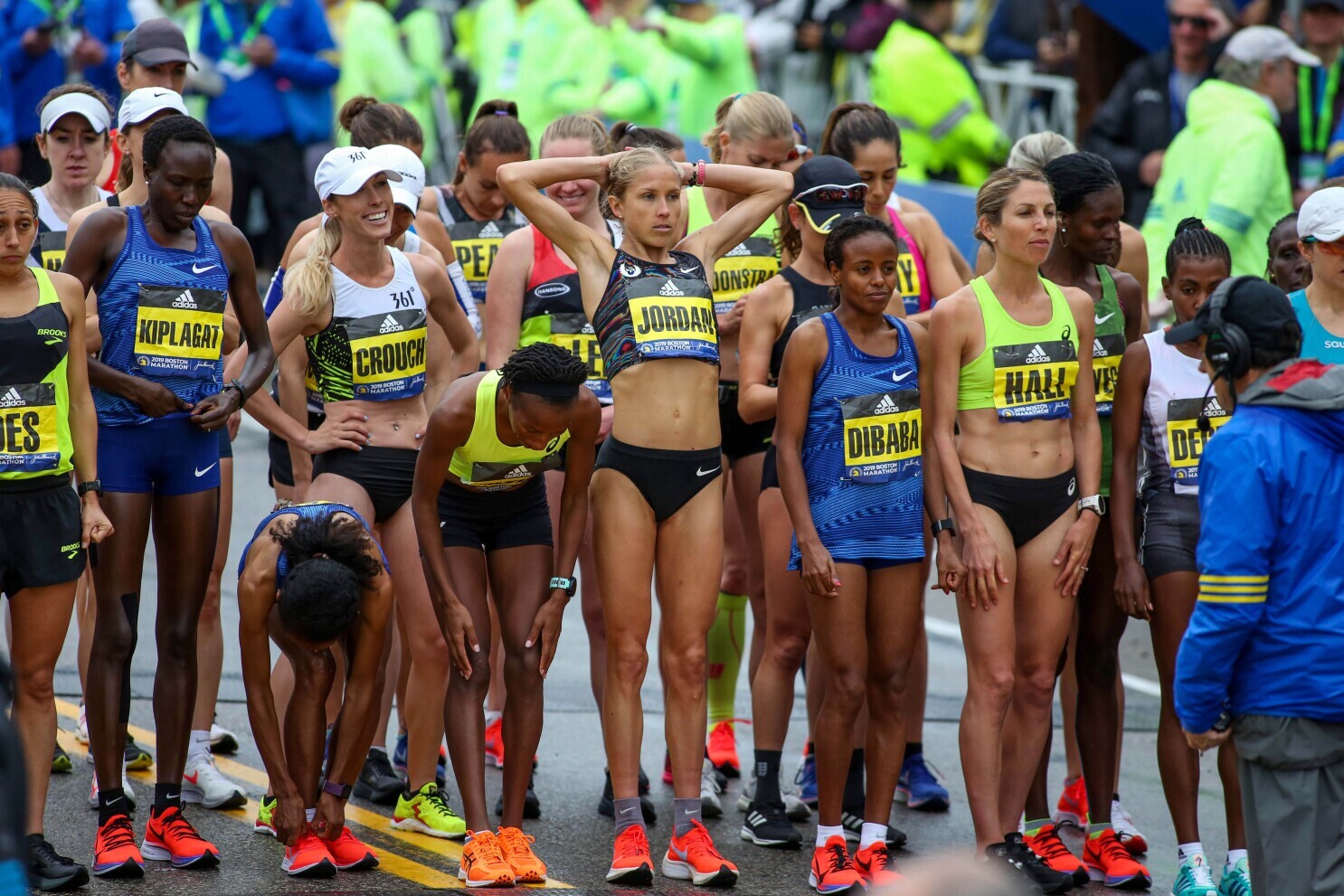
NOTE: Elisha Barno will be officially inducted on Friday, June 16 into the Grandma’s Marathon Hall of Fame as part of the Class of 2023, making him the first athlete inducted since 2017.
Kevin Lynch not only leads a pack of American men aiming to qualify for the U.S. Olympic Trials, but is also hoping to become the first American men’s winner of Grandma’s Marathon since Chris Raabe did it in 2009.
Minnesotan and fan favorite Dakotah Lindwurm returns on the women’s side as a favorite to win her third-straight Grandma’s Marathon, which would make her the third woman to accomplish that feat.
New Zealand’s Lorraine Moller won three straight women’s races from 1979-81, and American Mary Akor then did it from 2007-09.
Lindwurm’s personal record of 2:25:01, which she ran in last year’s winning effort at Grandma’s Marathon, is more than four minutes better than any other woman in the field, though Gabriella Rooker is back this year after finishing 10th place last summer in her Duluth debut.
GARRY BJORKLUND HALF MARATHON
Neither the men’s or the women’s defending champion is back in the Garry Bjorklund Half Marathon, but 2016 winner Macdonard Ondara is back this year for his fourth run in Duluth. He will lead a strong group of returners on the men’s side, with each of the top five runners having been here before.
Garry Bjorklund Half Marathon rookie Lydia Mathathi leads things on the women’s side, and the Kenyan’s personal best is a time that, if repeated, would break the storied mark of Duluth native Kara Goucher. Followed by four Americans who are also making their debut in Duluth, Mathathi would be the first Kenyan to win this race since Monicah Ngige in 2018.
by Running USA
Login to leave a comment
Grandmas Marathon
Grandma's Marathon began in 1977 when a group of local runners planned a scenic road race from Two Harbors to Duluth, Minnesota. There were just 150 participants that year, but organizers knew they had discovered something special. The marathon received its name from the Duluth-based group of famous Grandma's restaurants, its first major sponsor. The level of sponsorship with the...
more...Kara Goucher’s Book Offers Rare Insight Into Elite Athlete Contracts
Confidentiality clauses usually stop runners from talking about their endorsement deals.Kara Goucher’s memoir about her career in professional running, The Longest Race, alleges shocking behavior by her longtime coach, Alberto Salazar, and how she overcame it. But a subplot throughout the book is how much money she was earning in the sport along the way.
Goucher is open about her contract with Nike and appearance fees at races, including the New York City Marathon, the Boston Marathon, and the Great North Run in the U.K. (Nike did not respond to an email from Runner’s World seeking comment.) Even though the deals are from 10 to 20 years ago, they provide an interesting look at the business side of professional running. It’s a rare peek, too, because sponsor contracts are bound by confidentiality clauses and, in many cases, those clauses extend beyond the term of the contract.
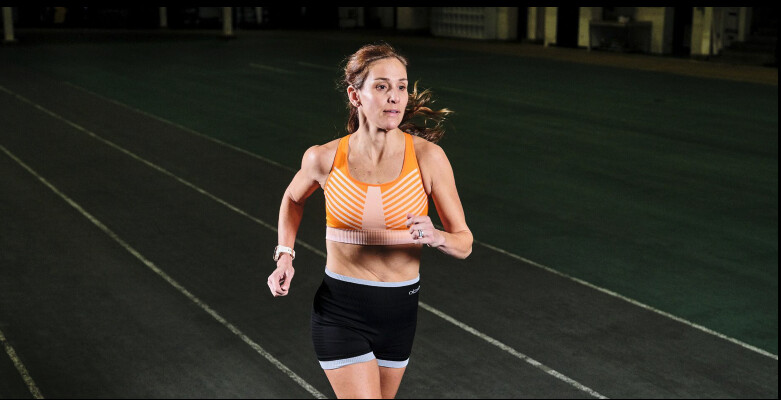
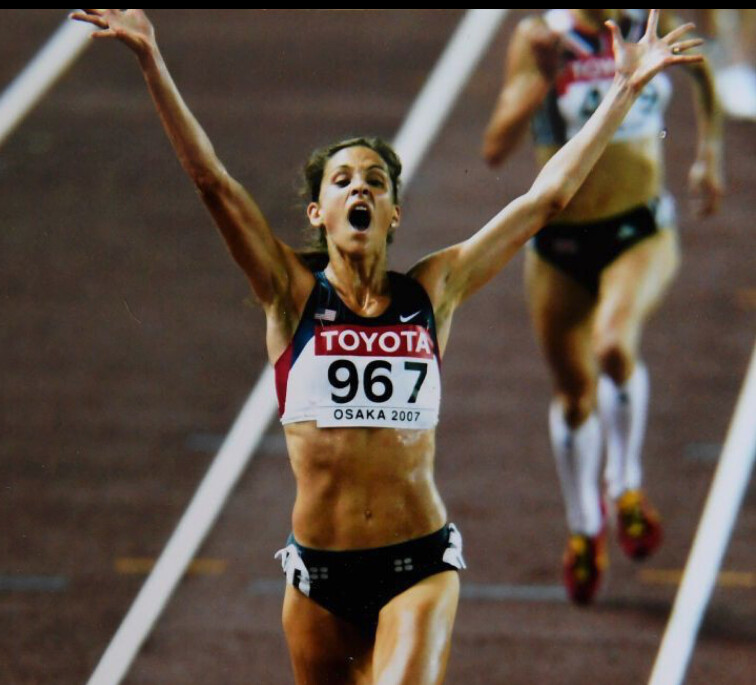
Goucher’s did, but she decided to reveal the information anyway—to be helpful to other athletes. “I just felt like it was very important to have those numbers in there,” she said in a phone call with Runner’s World. “How do you know what to ask for if you have no idea what anyone else is getting paid?” Here’s what we learned about Goucher’s pay and that of her husband, Adam Goucher, from the book:
In 2000, Adam Goucher was making a base payment of $50,000 from Fila, his first sponsor. In his first year, he ran so well that he earned $185,000 with bonuses. Goucher writes that the pay was a “welcome windfall that helped him pay off student loans.”
In 2001, Kara Goucher signed a four-year deal with Nike for $35,000 per year. This was her first professional contract after she graduated from the University of Colorado.
In 2003, Adam Goucher signed with Nike with a base pay of $90,000 per year. The Longest Race: Inside the Secret World of Abuse, Doping, and Deception on Nike's Elite Running TeamIn the fall of 2007, she ran the Great North Run, a half marathon in Newcastle, England. The race director paid her an appearance fee of $13,000 and made a deal with Goucher’s agent at the time, Peter Stubbs, to pay her $30,000 if she won. The money was “not far off the annual salary I had lived on for years,” Goucher wrote. She won the race.
In February 2008, Goucher signed a new Nike deal that paid her $325,000 per year for four years, with an option for Nike to extend to a fifth year. The contract included performance bonuses ranging from $10,000 to $500,000 for an Olympic gold medal. There were also reductions, which could cut her pay. She had to race 10 USATF-sanctioned events per year, and if she ended the year ranked lower than third in her event in the U.S. or out of the top 10 in the world, Nike could dock her pay.
Goucher told Runner’s World that, for her second shoe deal, she asked her agent to accept a commission of 8 percent for each year of the deal. The industry standard is 15 percent. He agreed. She continued to pay him 15 percent on her appearance fees and prize money. She also made sure that she was paid directly by Nike and then she paid her agent. (In most cases these days, the shoe company pays the agent, who then pays the athletes, because it’s less paperwork for the shoe company, having to deal with individual athletes.)
In November 2008, Goucher made her marathon debut at the New York City Marathon. She earned an appearance fee of $175,000. Nike also paid her bonuses paid on based on her place and time, but Goucher didn’t disclose those. She wrote, “One good marathon and I could easily walk away with more than my yearly contract salary.” In April 2009, Goucher ran the Boston Marathon, which, at the time, traditionally paid less in appearance fees to athletes than New York. (It is also the only major marathon in the U.S. in the spring.) Her appearance fee was $80,000, but when she learned another American, a male runner, was making $85,000, she asked the BAA to match that. Race organizers agreed.
In early 2010, Goucher learned she was pregnant with her son, Colt. Salazar confirmed with Nike executive John Capriotti on Goucher’s behalf that Goucher wouldn’t suffer a reduction in her pay as long as she remained “relevant,” she wrote. Her first of four quarterly payments from Nike arrived on time in January, as did her second in April. But in July, her accountant told her that her payment hadn’t arrived. Nor did her October payment.
This set off a lengthy battle between Goucher and Nike over money during her pregnancy. Ultimately, Nike docked her pay for six months and extended her contract to the end of 2013.
At the end of 2010, Adam Goucher’s contract with Nike ended.
In 2011, USA Track & Field (USATF) said it would be dropping the Gouchers’ health insurance, because her marathon ranking had dropped while she was pregnant. She appealed the decision, and the U.S. Olympic Committee stepped in and reinstated the health insurance. This rule has subsequently been changed—pregnant athletes can keep their health insurance—and today’s runners laud that change.
At the end of September 2011, Goucher left the Nike Oregon Project. She remained under contract with Nike and stayed in Portland, Oregon. Jerry Schumacher coached her, and she trained with Shalane Flanagan.
At the end of 2013, Goucher scrambled to race 10 times so Nike wouldn’t suspend her pay again. She ran a turkey trot to fulfill her obligations (and won a pie). Her contract with Nike ended at the end of the year, and she and Adam sold their house in Portland and moved to Boulder, Colorado.
In 2014, Goucher entertained contract offers from other companies, although Nike still had the option to match any offers. Saucony offered her $1 million total over 5 years, with bonuses and no reductions. Ultimately, she chose to sign with women’s clothing brand Oiselle for $20,000 per year, and a 2 percent stake in the company. She signed a separate deal for footwear with Skechers.
Today, Goucher encourages athletes to speak up and not be afraid to rock the boat, especially those who are lower-paid. She faults the secrecy around pay in track and field with creating difficult situations. It’s required to agree to the confidentiality clause in contracts in order to secure the deal, she said, and in some cases, that gives cover to companies that underpay talented athletes. The confidentiality clause “only harms the athlete and protects the brand,” she said. “Because then they can continue to pay you the least amount possible.”
Agent Hawi Keflezighi, who has never worked with Goucher, agreed with her assessment. “I think there are a lot of very bad contracts out there that footwear brands would probably be embarrassed to admit to,” he said. “There are some really bad deals out there that would probably create a backlash.”
by Runner’s World
Login to leave a comment
Kara Goucher accuses Alberto Salazar of sexual assault in new memoir
Two-time U.S. Olympian and 2007 world championship silver medallist Kara Goucher alleges in her new book The Longest Race, published Tuesday, that she is the woman behind the sexual assault allegations against Alberto Salazar that resulted in his lifetime coaching ban by the U.S. Center for SafeSport in 2021.
In 2004, Goucher became the first woman to join the Nike-sponsored Oregon Project, led by Salazar, after a storied collegiate career at the University of Colorado, which saw her win three individual NCAA championships (two in track and once in cross country). In her book, she says she wanted to go to the Olympics, and that Salazar said he would help her get there.
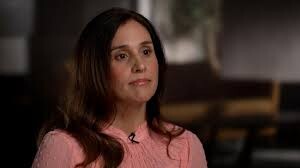
Salazar was one of the best marathoners in the world in the early 1980s, winning the New York City Marathon three times and Boston once. He also set the American record over the 5,000m and 10,000m on the track in 1982.
Goucher reveals that she was impressed by how personable he was, and his knowledge of the sport. “Salazar went above and beyond for his athletes,” Goucher told ABC News in an interview. “He was giving personal massages to his athletes, something I’ve never seen before […] I just thought it was normal.”

The 44-year-old retired runner, who was in her late 20s at the time, recalls Salazar touching her inappropriately during a massage at a hotel in Rieti, Italy. “It felt wrong,” Goucher expressed. “I didn’t tell anyone at the time.”
Goucher claims the same scenario happened again while the two were in Lisbon, competing at the 2009 Lisbon Half Marathon.
She ended up leaving the NOP in 2011 and did not talk about the alleged assault until she was questioned by lawyers on doping allegations against Salazar as part of a U.S. Anti-Doping Agency (USADA) probe in 2017.
In 2019, Salazar was suspended for four years by USADA for doping violations. And in 2021, the famed coach was banned for life by U.S. SafeSport for sexual misconduct. The U.S. Center for SafeSport is an independent not-for-profit that reviews allegations of sexual misconduct and can impose sanctions.
In the book, Goucher says she testified about the alleged touching in front of a U.S. Safe Sport panel and confirmed that her allegations were used as the basis for Salazar’s lifetime ban.
Salazar told ABC News in a statement that any claim made against him for sexual assault is categorically untrue. “I have never sexually assaulted Mrs. Goucher and never would have done so. The accusation is deeply hurtful, abhorrent and contrary to my fundamental beliefs as a husband, father and Catholic.”
Goucher said she is appreciative of Salazar’s guidance, but at the end of the day, “he should not be coaching.”
Her book The Longest Race was released on March 14.
by Marley Dickinson
Login to leave a comment
Top 10 most popular running stories of 2022
Tt’s time to recap the most popular running stories. This year, the running community saw a lot of firsts and controversies. It was the first time we were made aware of a 6-year-old running a marathon; it was also the first time we saw a runner who chain-smoked during a marathon. As many of us returned to our favourite races and conquered new goals, we can’t ignore some of the mind-boggling stories.
Here is a countdown of the top 10 most popular running stories of the year.
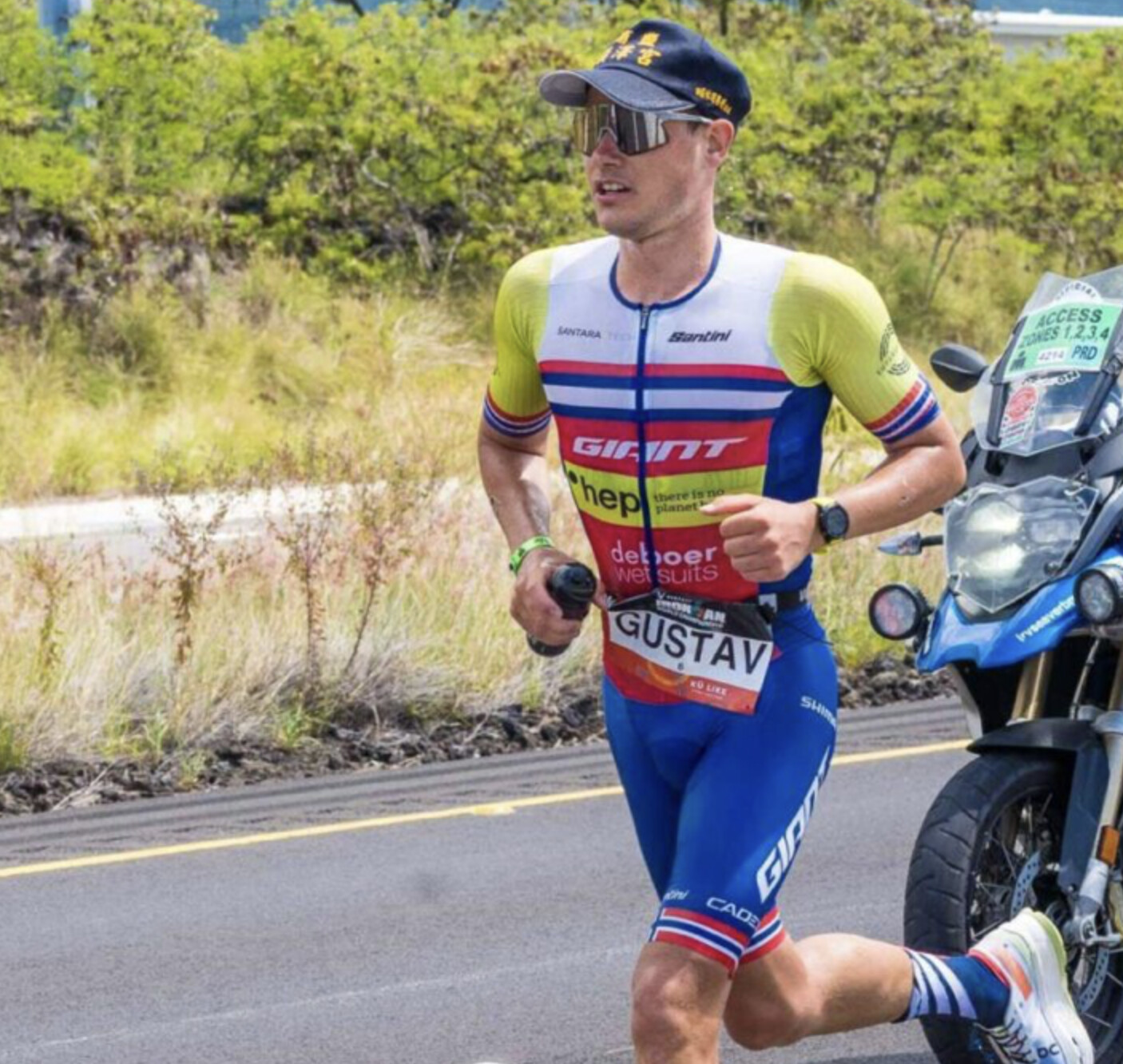
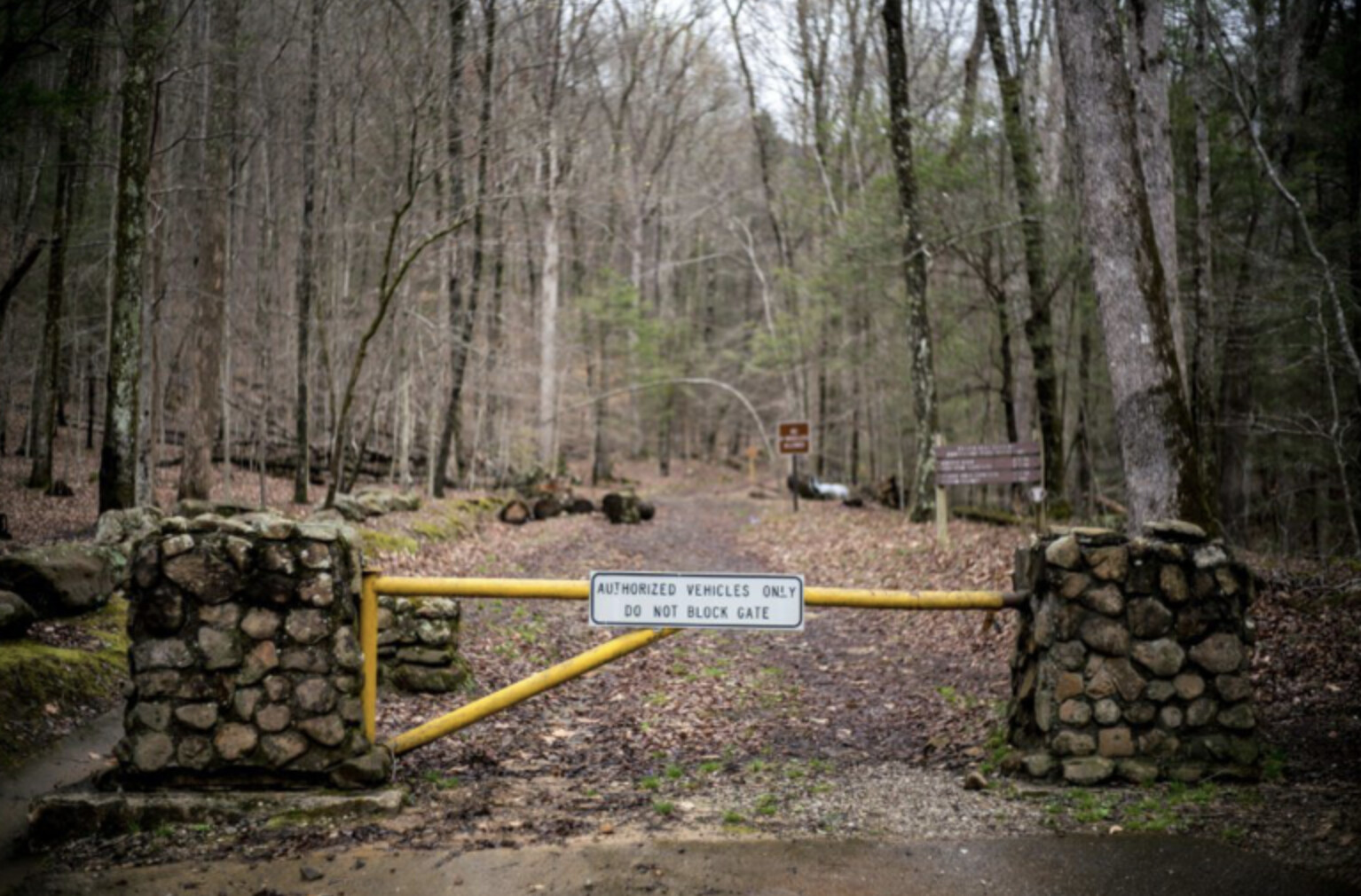
10) Ironman World Championship champion’s “chunky” shoes spark controversy
In October, Norway’s Gustav Iden made headlines as he ran a 2:36 marathon after a 180-kilometre bike and 3.8 km swim, earning his first Ironman world championships title. It wasn’t only his wild time that turned eyes, but the On Cloudboom Echo 3 carbon-plated running shoes that he wore, which have a reported stack height of 50 mm (legal for Ironman races).
9) Six-year-old’s marathon sparks controversy on social media
In May at the Flying Pig Marathon in Cincinnati, Ohio, a family of eight from Bellevue, Ky., all completed the 26.2-mile race together in eight hours and 35 minutes, including two children aged 12 and six. The family took on tons of criticism over the advisability of allowing a six-year-old to cover the marathon distance. Many experienced marathoners and coaches, including Lee Troop and Kara Goucher, have weighed in online, stating that six is too young for the marathon.
8) Turkey trot runner takes out his competitor at finish line
In November at a local 10K turkey trot, Xavier Salvador of Washington, D.C., impeded the line of Jack Huber of Delmar, N.Y., with 50 metres to go, after noticing Huber threatening to pass him on the right. Instead of checking if Huber was OK after the fall, Salvador made sure his GPS watch was stopped.
7) Barkley Marathons ends with no finishers (again)
In March, for the fifth straight year, the Barkley Marathons in Frozen Head State Park near Wartburg, Tenn., came to an end with zero finishers, after the only remaining two competitors, Karel Sabbe and Greig Hamilton, bowed out on their fourth loop (of five) of the 20-plus mile course. Sabbe’s fourth loop was one for the history books, as he was found off-course in another town, chatting with a garbage can who he thought was a person.
6) ‘Ultramarathon man’ Dean Karnazes attacked by coyote during 150-mile race
In August, acclaimed ultrarunner and author Dean Karnazes posted a video that he was attacked by a coyote during Headlands 150-mile Endurance Run, held outskirts of San Francisco. Karnazes said was OK, but that he had several cuts on his face and body from the attack.
5) “Poopgate” continues as Arizona high school bans track use
In February, human feces were found under the bleachers at the Red Rock High School track in Sedona, Ariz., which resulted in a ban on public use. In the aftermath, there was plenty of buzz and finger-pointing on social media about the ghost pooper’s possible identity, using the hashtag #poopgate. To this day, it is still a mystery who did the deed.
4) California man runs an ultramarathon in roundabout
In November, a runner from Healdsburg, Calif., was getting tired of his usual running routes, so he went out on a six-hour, 58-kilometre run around the local roundabout, never once switching directions. The best part is that, a week later, he did it again, in the opposite direction.
3) WATCH: Florida high school runner gets sucker punched mid-race
In March, we saw a candidate for “wildest video of the year” when a high school runner at a Florida track meet was sucker punched and knocked to the ground by another athlete during a 1,600m race.
2) Colorado runner wins all four races at Disney Marathon weekend
In January, Brittany Charboneau of Colorado climbed to the top of the podium on four occasions during the Disney Marathon Weekend in Orlando, Fla. She won the 5K, 10K, half-marathon and marathon over four days, while dressed as her favourite Disney characters. Simply amazing!
1) Chinese man runs a 3:28 marathon while chain-smoking
In November, we witnessed one of the wildest running stories ever, when Uncle Chen went viral for chainsmoking cigarettes during the Xin’anjiang Marathon in Jiande, China. It is well known that smoking cigarettes hinder running performance, but that didn’t seem to bother 50-year-old Uncle Chen, who clocked an impressive three hours and 28 minutes.
by Running Magazine
Login to leave a comment
Build your running community with Olympian Kara Goucher’s tips
Two-time American Olympian, NBC sports analyst and author Kara Goucher says that running can be a powerful vehicle for bonding. In her book Strong: A Runner’s Guide to Boosting Confidence, Goucher shares some strategies to elevate your ties to your running community, whether you’re a new runner or a seasoned veteran.
Even if you lace up and head out alone on most runs, you’re probably connected to some like-minded athletes in some form. You may not be maximizing these relationships to their fullest potential: studies have shown that connecting with others even in small ways increases self-esteem, helps to prevent burnout, and strengthens your ability to handle life challenges, injuries and setbacks.
Here are Goucher’s strategies to create strong, uplifting bonds with your fellow runners.

Find accountability partners to run with
“A good running partner can help you make wise training decisions and provide the right amount of push,” says Goucher. While connecting doesn’t come easily to everyone, Goucher suggests being willing to ask someone in your network to help hold you accountable. If you haven’t found a network yet, try searching online. “I am constantly inspired by the amazing women who I meet and connect with online,” Goucher adds. She offers her own Instagram account as a starting point.
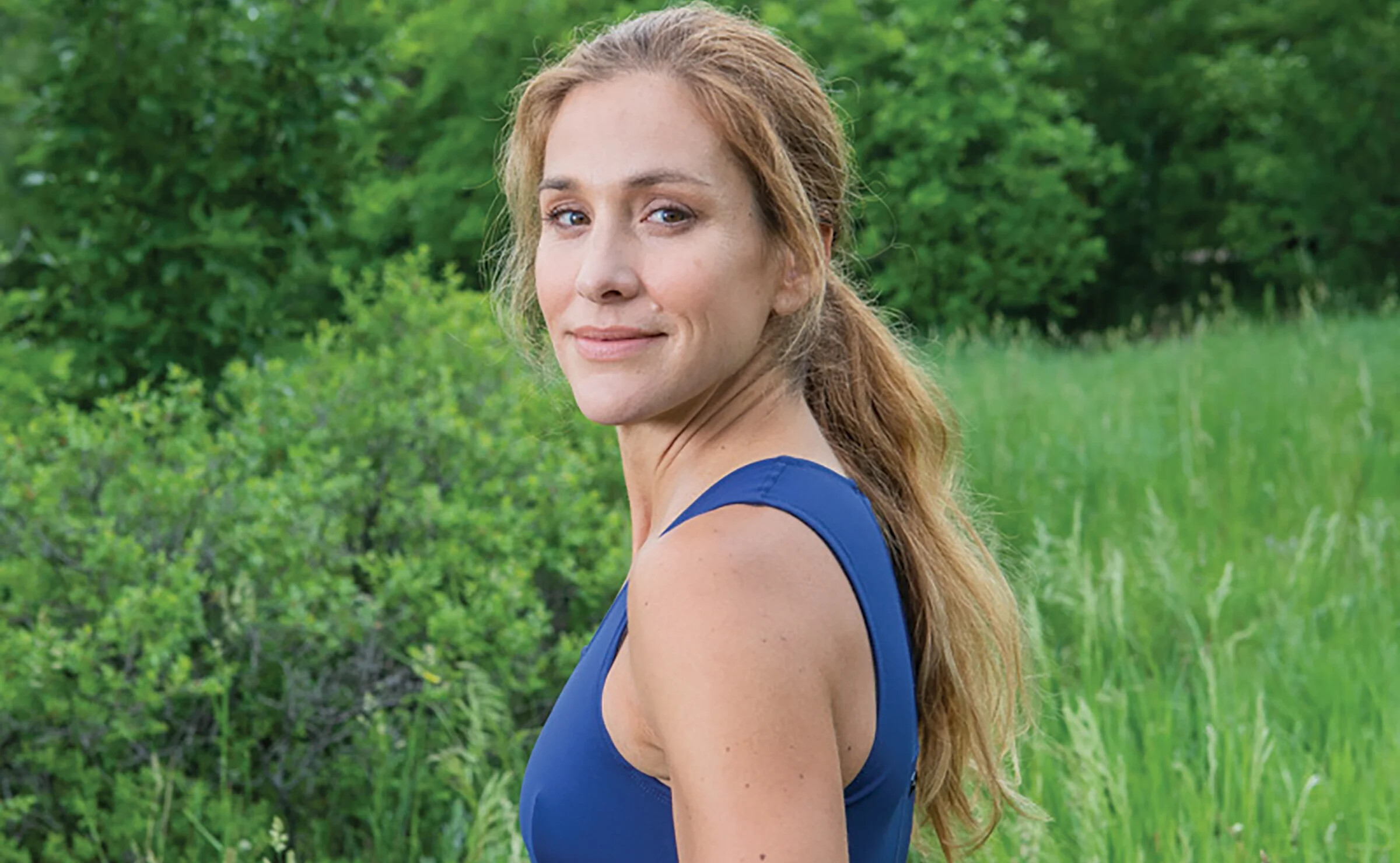
Spend time with runners who inspire
Pinpoint the people in your life who support, inspire and influence your running. Nurturing connections with your running family can create bonds that endure over decades. “Spend most of your time and energy with those who make you feel good about yourself,” says Goucher. “The confidence I have gained through my supportive social connections has contributed directly to my success,” she adds. Invest in others and their success, and the support you give will come back to you.
Help other athletes whenever you can
Social connections can be undemanding and still be impactful. “A smile, a word of encouragement, or a simple ‘you’re doing great!” during a race goes a long way,” says Goucher. Seek out opportunities to show support at races or charity events you care about. Spending time with a younger or less experienced athlete can do wonders for both of your confidence. “Social connections cause chemical changes in your brain, providing a hit of positive emotion and confidence,” Goucher adds. The common experience of running, with both highs and lows, is powerful.
by Keeley Milne
Login to leave a comment
Run stronger by using these words four tips from Olympian Kara Goucher
Two-time American Olympian and NBC sports analyst Kara Goucher‘s tips for creating a mantra come from personal experience with nerves and intimidation. “Working on a mantra helped me shut out the negativity and focus on the present,” the athlete shares in her book Strong.
On race day, Goucher would repeat ‘I belong.’ to herself. “It centered my mind and allowed me to execute the race I knew I was capable of running,” she explains. Use Goucher’s suggestions to create a phrase or mantra that will elevate your own racing.
Keep it simple

A single word or short phrase is enough. “Short and sweet works best,” Goucher says. When you’re running hard, deep thinking is challenging and your mantra should be easy to remember and repeat.
Use present tense

Performance relies on an athlete’s ability to stay in the now. “Active words like ‘focus’ and ‘execute’ can help pull you into the moment to concentrate on the task at hand,” says Goucher.
Establish an emotional connection
A great mantra will be connected to a strong mental state and positive feelings. Goucher suggests thinking of words or phrases that “light you up with confidence, motivation, and readiness.” For her, phrases like ‘grit and grace’ and ‘why not me?’ elevated her ability to perform at her best.
Test your material
Test your mantras by using words and phrases in workouts and races. If you find something you repeat to yourself resonates strongly, write it down. Goucher suggests placing mantras strategically on water bottles, sports bags, or even on your wrist or arm as a reminder on race day.
Mental strength comes into play whenever you put forth a hard effort: be creative and consistent with your mantra, and you’ll have a new tool to bring out reserves of mental toughness you weren’t aware you had.
by Keeley Milne
Login to leave a comment
Kara Goucher turned 44 on July 9
Kara posted on Facebook:
Fun day, Fun year, Fun life.
Thankful for 44
Kara Goucher (born Kara Grgas on July 9, 1978) is an American long-distance runner. She was the 10,000 meters silver medalist at the 2007 World Championships in Athletics and represented the USA at the 2008 Beijing Olympics and 2012 London Olympics. She made her marathon debut in 2008 and finished third the following year at the Boston Marathon.
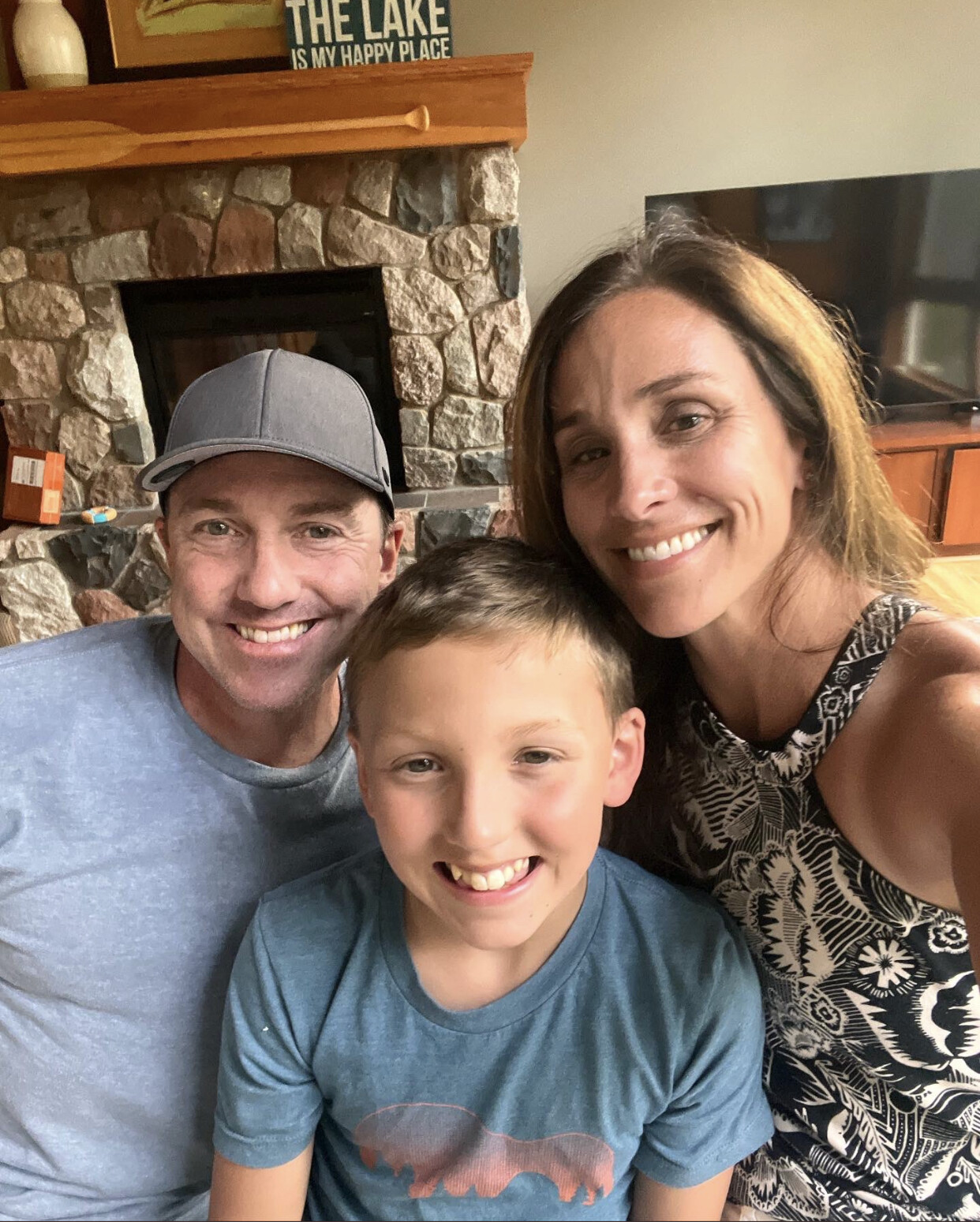
Login to leave a comment
Six-year-old’s marathon sparks controversy on social media
On Sunday at the Flying Pig Marathon in Cincinnati, Ohio, a family of eight from Bellevue, Ky., all completed the 42.2 km together in eight hours and 35 minutes. Since then, their family marathon outing has sparked controversy online as two of the children are under 12, and one is only six.
Ben Crawford‘s Facebook post about his family’s marathon finish sparked criticism over the advisability of allowing his six-year-old son, Rainier, to cover the marathon distance. Many experienced marathoners and coaches, including Lee Troop and Kara Goucher, have weighed in online, stating that six is too young for the marathon.
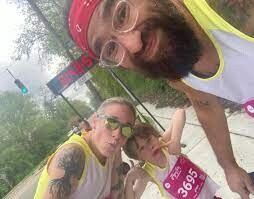
Most experts advise against heavy training for children, whose bones are still developing. Even at 11, growth plate development is not complete; children who run marathons before puberty may be at risk of future musculoskeletal issues. Also, extreme training may also reduce levels of serum HGH (human growth hormone) and testosterone in children who have not yet gone through puberty. Many commenters question whether, even in the absence of long-term physical effects, so much training at such a young age could possibly lead to a lifelong love of the sport. It’s for these reasons that marathons have rules that entrants must be 18 or older.
Crawford posted that “On the marathon course, Rainier knew they usually hand out Pringles around mile 20. He was struggling physically and wanted to take a break and sit every three minutes. After 7 hours, we finally got to mile 20 and only to find an abandoned table and empty boxes. He was crying and we were moving slow so I told him I’d buy him two sleeves if he kept moving. I had to promise him another sleeve to get him in the family pic at the finish line. Today I paid him off.”
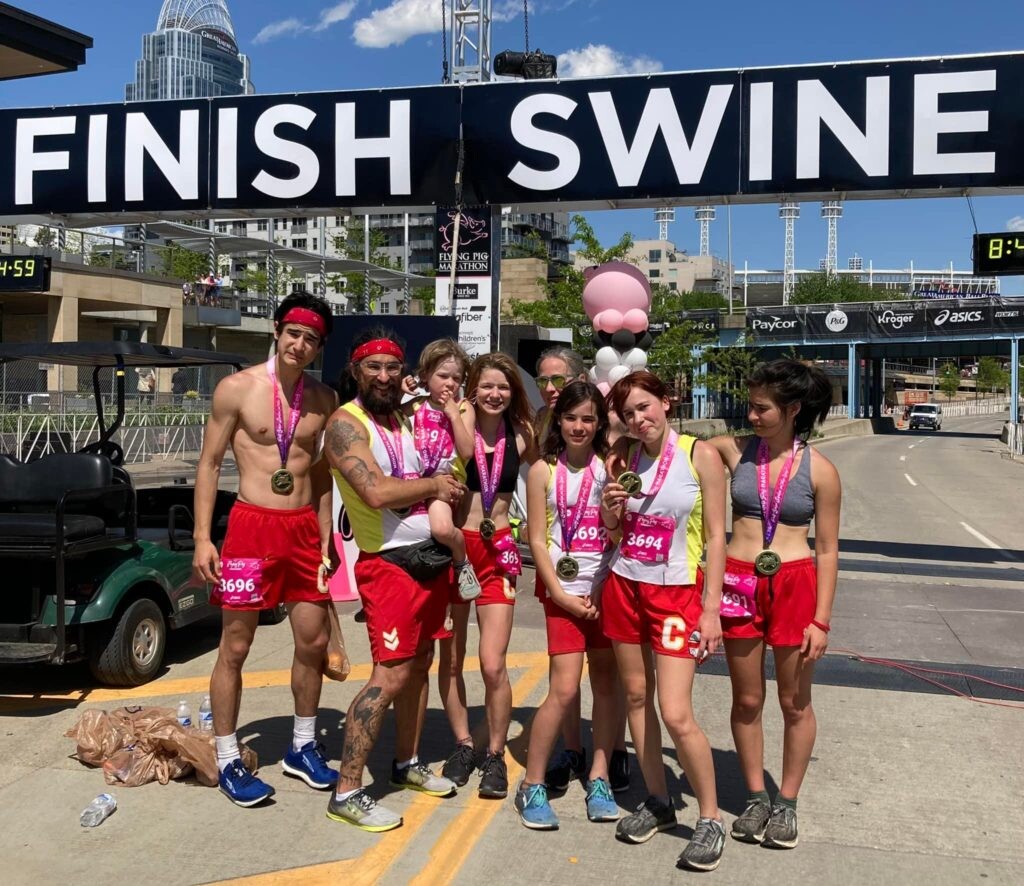
Crawford also has a YouTube channel that includes multiple posts with titles like “6 Year Old Runs 6 Miles–NO PROBLEM” and “5-Year-Old Trains for Marathon.”
In their defence, parents Ben and Kami Crawford say they have never forced their children to run and that Rainier begged to join them at this race. “We gave him a 50/50 chance of completing it and were ready to pull the plug at any moment if he requested it,” Crawford says on his Facebook page. “Yes there were tears, and yes he had a fall but every single member of our family has cried during a marathon.
“We go to great lengths to prioritize our kids’ health and experience of the day over sharing it with anyone else. Communicating these stories is a passion project that we do with our children’s co-operation and permission.”
This isn’t the first time the Crawford family has embarked on what some would see as a questionable challenge for a family with a young child; in 2019, he published a book called 2,000 miles Together: The Story of the Largest Family to Hike the Appalachian Trail. (Rainier was three at the time.)
The Flying Pig Marathon issued the following statement:
“Our marathon takes the safety and security of all participants very seriously. We receive numerous requests for special accommodations each year and carefully evaluate each one. Our goal is to provide a positive race experience for all participants while supporting them along the course. The Flying Pig Marathon was founded on the idea of hosting a world-class road race experience and will always strive to do so.”
Login to leave a comment
Cincinnati Flying Pig Marathon
This beloved race found it's name from Cincinnati's pork history which dates back to the early 1800's. Cincinnati is also known as "Porkopolis."Our weekend line up of events are designed to welcome athletes of all abilities from the Diaper Dash to the full Marathon and everything in-between, we truly have something for everyone. We even added a dog race several...
more...What is Runner's Dystonia?
World championships silver medalist and two-time Olympian Kara Goucher announced today that she has been diagnosed with runner's dystonia.
"For the past year I've been quietly battling for my health," she wrote on Instagram. In the post she described difficulties she's had staying balanced while walking and running and numbness in her legs.
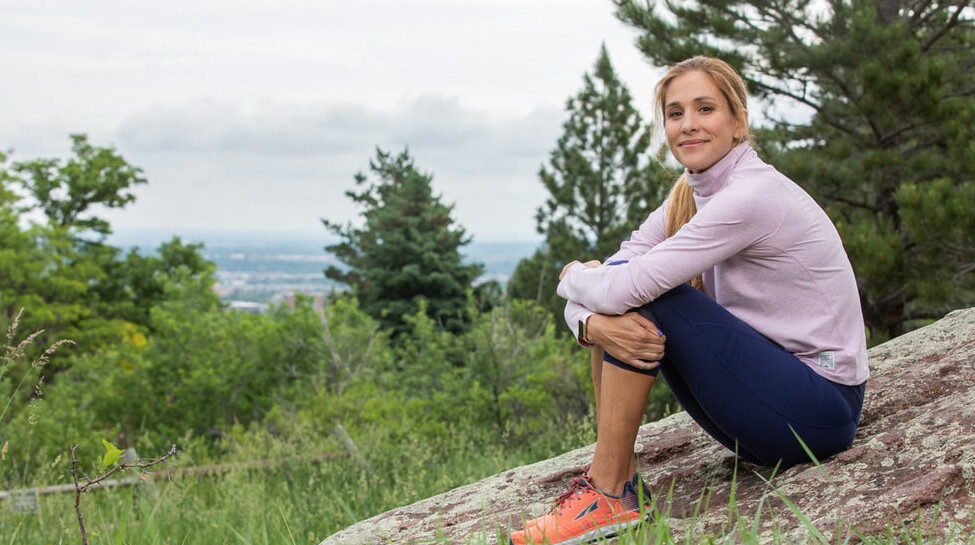
Goucher courageously shared her diagnosis and the implications it would have on her life. "The doctor confirmed repetitive exercise dystonia, and tried to tell me, as gently as possible, that the more I run the worse my symptoms will get. I have to drastically cut back or not only will I lose the ability to run at all, I will struggle to walk as well," she wrote.
It's important to note that the disorder is considered rare-though dystonias in general are the third most common movement disorder in the United States. Here's more about what runners should know about repetitive exercise dystonia.
What is a Dystonia?
A dystonia is classified as an involuntary muscle contraction, affecting different parts of the body depending on the type. Symptoms can range from foot cramping or dragging to tremors or difficulty speaking.
Like a lot of neurological disorders, the exact cause of dystonia is unknown, though the American Association of Neurological Surgeons cites an alteration in regions of the brain or communication between those regions as a likely cause. According to the Dystonia Medical Research Foundation the disorder "can be caused by a staggeringly diverse variety of factors and conditions."
Dystonia can be idiopathic (having no clear cause of onset), genetic or acquired. That diversity in causes makes it difficult to study, but researchers are trying to understand what common mechanisms might connect them.
Runner's dystonia is a type of task-specific dystonia. According to the National Institute of Neurological Disorders and Stroke, these dystonias occur only when participating in a repetitive activity. Runners might experience it in their lower limbs, while writers, pianists and singers may have similar flare ups in their respective musculature.
Runner's dystonia is most likely to present itself in distance runners. Symptoms can include an unusual gait, involuntary toe clawing or extending, knee hyperextension, or weight shifting to the inner or outermost planes of the foot (ankle supination or inversion). The involuntary muscle movements can also spread to the trunk or pelvis.
Unfortunately, there is no cure or preventative medications, though there are some ways to ease the symptoms. Doctors may prescribe off-label medications, surgery, deep brain stimulation, physical therapy or botulinum toxin (Botox) injections to decrease muscle spasms.
If you're experiencing involuntary muscle movements, you should see a doctor to rule out any other movement disorders like Parkinson's disease. If you suspect you have runner's dystonia, a specialized neurologist called a movement disorder specialist can help you understand the disorder better.
Runners who have this disorder might have to dial back their training, but often find ways to keep running in their life. They meet up in supportive Facebook groups to share tips, stories, and lean on one another.
Justine Galloway, for example, set a Guinness World Record for running the fastest half marathon backwards. After her runner's dystonia diagnosis she began seeing a physical therapist. It was with her PT that she discovered that her legs wouldn't fail her if she were running backward.
"I fought for the ability to continue to run," Galloway told Women's Running back in 2015. To this day she continues to train and run races backwards.
As for Goucher, she shared that while she was grateful her diagnosis wasn't multiple sclerosis (MS) or amyotrophic lateral sclerosis (ALS)-two diseases that were ruled out for her-she has to accept that her relationship to running will have to change. She admits that is hard.
"I loved running before I knew I was good at it. It made me feel alive, to push, to feel my lungs expand. It has been one of the most glorious aspects of my life. From the silent meditation on a solo run to representing my country at the Olympic Games. I'm not sure where running ends and I begin, we are so intertwined as one. I'm unsure what the future holds, but I'm trying to embrace it."
by Trail Runner Magazine
Login to leave a comment
Kara Goucher has been diagnosed with neurological disorder
The running community was shocked on Tuesday when Kara Goucher, one of America’s most accomplished distance runners, announced that she will no longer be able to participate in the sport she loves. The two-time Olympian explained in an Instagram post that she had been diagnosed with repetitive exercise dystonia and that if she did not drastically cut back on her running, she’d not only risk losing her ability to run, but even to walk.
“This past week I was a patient in the neurology department at the Mayo Clinic,” Goucher said in her post. “The doctor confirmed repetitive exercise dystonia, and tried to tell me, as gently as possible, that the more I run the worse my symptoms will get. I have to drastically cut back or not only will I lose the ability to run at all, I will struggle to walk as well.”
A dystonia is a disorder characterized by involuntary muscle contractions, which can affect only one muscle, groups of muscles or muscles throughout the body. Although they are very rare, they can result from overuse or repetitive stress and tend to affect musicians and sometimes athletes.
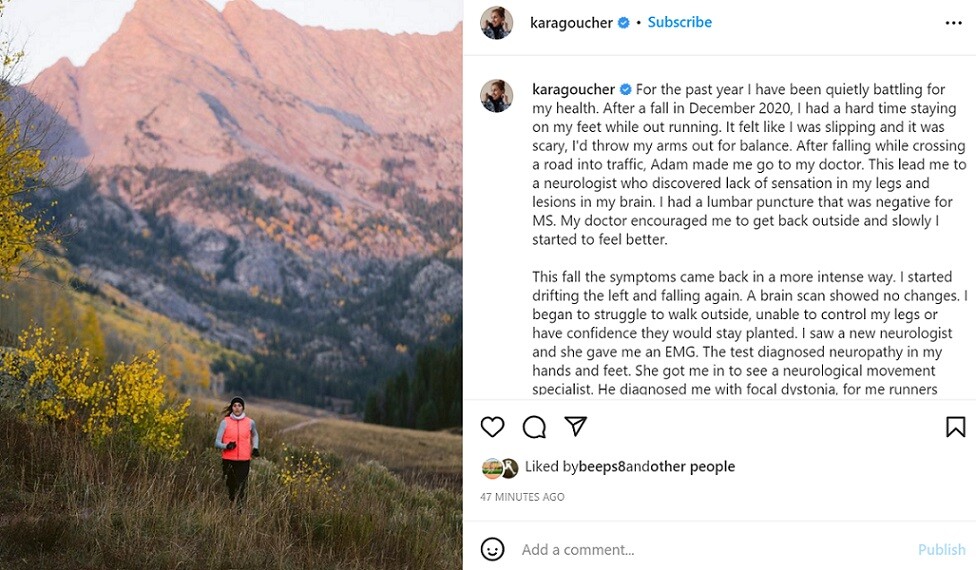
Initially, symptoms (like a foot cramp or a tendency for one foot to turn or drag, a worsening in handwriting after writing several lines or difficulty speaking) may be very mild and only occur after prolonged exertion. Over time, they can get worse or more widespread, or not they may not progress at all.
Unfortunately, medical professionals don’t know exactly what causes dystonia and there is currently no cure, but there are some treatments available to help lessen some of the symptoms. Physiotherapy can also help affected individuals deal with or lessen their symptoms. Goucher said in her post that she had started on some medication that was helping with her symptoms.
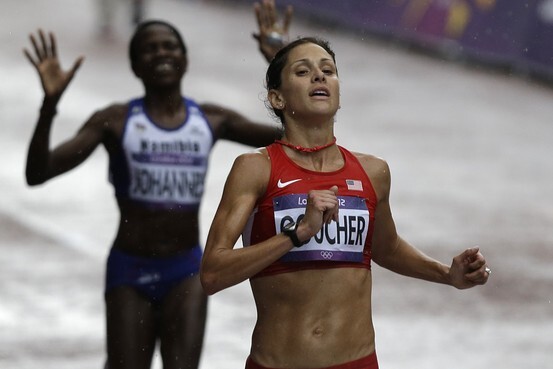
Unfortunately, medical professionals don’t know exactly what causes dystonia and there is currently no cure, but there are some treatments available to help lessen some of the symptoms.
Physiotherapy can also help affected individuals deal with or lessen their symptoms. Goucher said in her post that she had started on some medication that was helping with her symptoms.
by Brittany Hambleton
Login to leave a comment
NCAA Cross-Country Distances Still Aren’t the Same for Men and Women. Run Equal Wants to Change That
(A proposal has been submitted to the NCAA to equalize the men’s and women’s cross-country race distances by 2023.)
“I came by the 6K mark and thought, ‘F—, it’s going to be a long day,’” Cooper Teare says of this year’s 10,000-meter NCAA men’s cross-country championships. At the 6K mark, he was still with the leaders, but in the late stages of the race he collapsed from exhaustion, got back up, fell down again, and crawled across the finish line. The fastest collegiate miler of all time finished fourth to last. “The 10K is a different beast,” he says.

For the women, though, the race ends at 6K, where Teare wished it would’ve ended while his competitors surged forward. The fastest miler in the women’s race, Whittni Orton, was ultimately crowned the champion. Two different race distances, frankly, make men’s and women’s cross-country two different sports.
On January 5, Run Equal submitted their first proposal to the NCAA, in which their main demand was that men and women race the same distance in cross-country, across all three divisions, by 2023. In accordance with their petition, which had been circulating online for months, they proposed that everybody race 8,000 meters all season. Equalize the distances, they say. Run equal.
“Requiring women to race shorter distances is gender bias and sends an unmistakable message, intended or not, that women are not as capable as men,” the proposal says.
Molly Peters, the head cross-country coach for men and women at St. Michael’s College, started Run Equal by herself but always knew she wouldn’t be able to accomplish anything substantial alone. “The NCAA isn’t going to take ‘little me’ at my little college seriously,” Peters says.
To gain credibility, Peters assembled a team of pioneers in women’s running who share her view that the distances should be equal. Joan Benoit won the first ever women’s Olympic marathon. Lynn Jennings was a three-time cross-country world champion. Kathrine Switzer was the first woman to ever run the Boston Marathon.
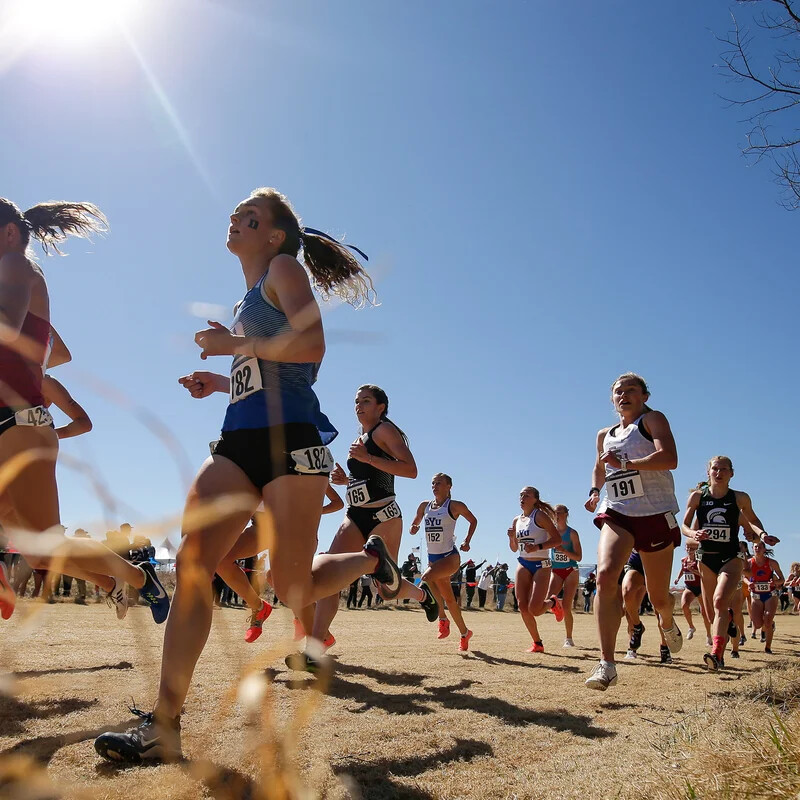
The hope is that when prominent athletes sign and share the petition, it’s like a snowball. “When you get these big names on board, the NCAA will eventually have to answer to them,” Peters says.
Another one of the big names is Molly Huddle, a 10-time NCAA All-American and former American record holder in the 5,000 meters. “I always thought it was kind of weird we didn’t run the same distance, and here we are 20 years later still doing the same thing,” Huddle says. “I think it’s been stuck this way for so long just because we haven’t all really talked about it out in the open all at once.”
From 1928 to 1960, women were prohibited from competing in any event longer than 200 meters at the Olympics because it was thought that the strenuous aerobic activity would harm her ability to bear children. Now it’s commonly understood that the old rationale was wrong; to relegate women to a shorter distance event seems like a blind faith preservation of a tradition based on a misconception, a simple deferment to the status quo that favors an antiquated model.
Kara Goucher, the three-time NCAA champion and double Olympian, concurs. “You don’t see women running 3,000 meters on the track while the men run 5,000,” she says. “Women run the marathon too. They run hundred-milers. They can handle a few extra kilometers in cross-country.”
Goucher says her college coach at the University of Colorado, Mark Wetmore, used to joke, “The men get to enjoy their time for 30 minutes, and you girls only get to enjoy 16 or 17 minutes. They get to be in the spotlight for much longer. That’s not fair.” There’s a truth at the joke’s center: The men’s race is presented as a more serious affair, the main event of the day.
When Goucher won her NCAA cross-country title in 2000, it was the first year the women had ever raced 6K. It had previously been standard for women to race 5K. When the increase in distance first took effect, Goucher says, everybody thought participation among women would drop dramatically, that they wouldn’t be able to field full teams. That didn’t happen. The number of women participating in Division I cross-country steadily increased for the next five years.
While there may be popular support for increasing the women’s race distance, there’s no consensus around what the race distance should be. The proposal submitted to the NCAA calls for 8K for all because Peters and many of her allies see that distance as “a great compromise.” But others disagree.
“I like the 10K at the national championships. It makes it harder,” Goucher says. “But what’s most important is that they’re equal.” Goucher believes there should be a meaningful differentiation between track and cross-country. She says, “They’re different sports, and they should require different types of athletes.”
Huddle offers a different perspective. “Back when I was running I wanted to run 8K, what the guys do all season,” she says.“I’m not so sure about 10K. That’s a daunting distance to jump up to as a freshman—for the men too.”
Peters understands the challenges of organizing an initiative like this and isn’t necessarily worried about the contention. She also spearheaded the movement to equalize the NCAA’s race distances in nordic skiing, which has some similarities with cross-country: both sports are endurance races, and they both traditionally have required women to race a shorter distance than men. Her initiative, which was fittingly called Ski Equal, was mostly successful.
After pressure from Peters and some of the sport’s top athletes, the NCAA Ski Committee opted for an incremental transition to hosting equal distance races between genders. This year, seven of the eight races on the formal circuit were equal in distance. Last year only two were. A few years before that none of them were.
As a sport, cross-country hasn’t yet seen the changes that nordic skiing has, even though the conversation about equalizing race distances isn’t new. There still isn’t a single opportunity for women to race longer than 6K during the NCAA season. But maybe now the time is finally right.
While the USATF cross-country championships have been 10K for both men and women since 2015, other governing bodies are now beginning to make changes to reckon with the implicit messaging behind the history of unequal race distances. European Athletics recently announced that for the first time in 2023 they will lengthen the women’s race distance to match the men’s. Soon the unequal race distances will be unique to the NCAA.
“There’s pressure right now for the NCAA to push for gender equality,” says Peters, referencing the recent Kaplan Reports, which aim to provide a thorough review of gender equality issues in various NCAA championships. The reports followed a TikTok videothat went viral in March showing the dramatic differences between the men’s and women’s practice facilities at last year’s NCAA March Madness basketball tournaments. People are seriously talking about gender equality in sports right now; the window is wide open.
Regardless of the changes that happen in other sports, during the upcoming cross-country season Peters plans to host some women’s 8Ks at her college, where she’s the meet director. Rather than wait for governing bodies to comply with her vision, she’ll model the system she wants to see. “It pains me to host races that aren’t equal,” she says. “I guess it’ll soon be time to put my money where my mouth is.”
by Matt Wisner (Women’s Running)
Login to leave a comment
How to make a running mantra, for when you need a little motivational self-talk to get you to the finish line
Running is as much mental as it is physical. When you reach the inevitable part in a workout or race when your body wants to give up, it’s your mind that gets you to the end. Developing mental strength is no easy task, and requires constant work to maintain.
Creating a running mantra can help silence negative thoughts and encourage you to push through tough spots, but not just any random combination of words will do. Not sure how to create a mantra of your own? We’re here to help.
Why do mantras work?
It’s very easy for negative thoughts to creep in when you’re completing a hard workout or running a race. As you start to fatigue, thoughts telling you you’re too tired, you’re not good enough, you won’t reach your goal or that you should quit can get louder and louder to the point where it’s difficult to hear anything else. That’s when a mantra comes to your rescue. Having a mantra ready and waiting for when you need it most requires very little thinking or mental energy, but repeating it can drown out the negative thoughts going on in your head.
In fact, a 2017 study found runners who were completing a 60-mile (95Km) overnight race reported that using a mantra was helpful both in training and racing, and continued to use their mantras even after the study was complete.
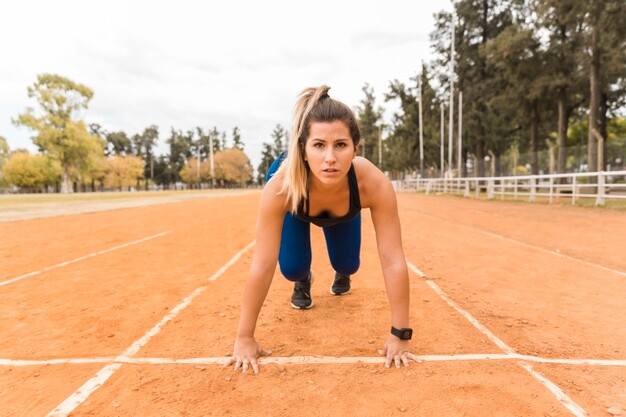
The anatomy of a good mantra
A mantra can be whatever you want it to be, but there are a few things to keep in mind if you want it to be effective. Use these guidelines to create your own personalized motivational mantra:
It should be short. You want your mantra to be easy to remember and easy to repeat, so a long-winded phrase is not a great option here. Usually one or two affirmative words that bolster your confidence is all you need.
Use your struggles as inspiration. Do you lack confidence in yourself in the later stages of a race? Do you get stressed or begin to panic when it starts to get difficult? These are the things you want your mantra to address. If you lack confidence, a simple phrase like “I am strong” or “I can do hard things” can remind you what you’re capable of. If you start to feel stressed during the race, something like “stay calm, stay relaxed” could be exactly what you need to turn those feelings around.
Remind yourself why you’re doing this in the first place. When you get to the hard part of a run, workout or race, you might find yourself asking why you do this at all. In this case, you could use your mantra to remind you why you’re out putting one foot in front of the other. For example, “I’m loving this challenge,” or even simple, “I am a runner,” can remind you that you love the sport, and turn it around in your mind to be a fun experience.
Examples of elite mantras
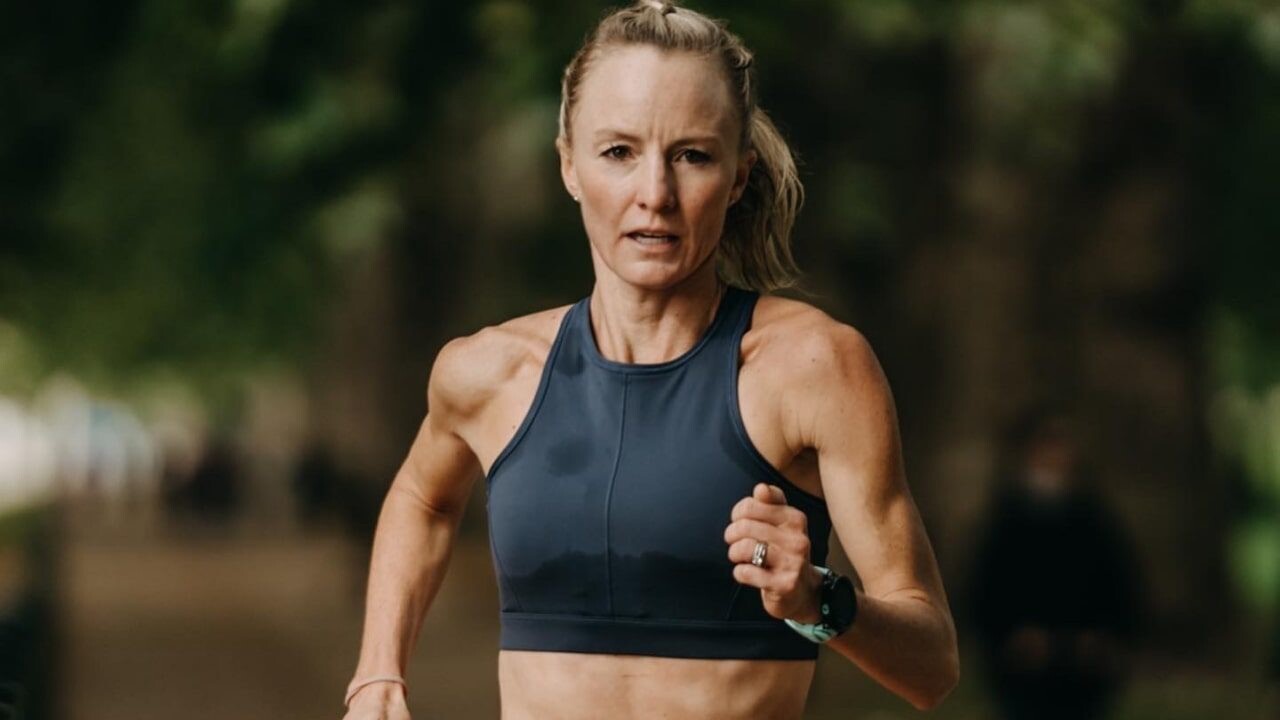
If you’re having trouble figuring out a mantra that resonates with you, take inspiration from one of these elite runners instead:
Shalane Flanagan: Run without any regrets
Kara Goucher: Fighter
Deena Kastor: Go Faster. Push Harder. Today, Define Yourself.
Bill Rodgers: Relentless
It may take some trial and error for you to find a mantra that works for you. Start practicing them in your harder workouts and runs so that by the time race day arrives, you’re armed with the words to get you to the finish line.
by Brittany Hambleton
Login to leave a comment
Olympic Bronze Medalist Molly Seidel has started a YouTube channel
Her first video gives you a behind-the-scenes look at her trip to the New York City Marathon.
Molly Seidel fans have another place where they can follow along with their favorite runner. The Tokyo Olympic bronze medalist has started her own YouTube channel, and her first video, which follows her during her trip to the New York City Marathon, is full of that goofy charm we’ve all come to know and love from Seidel, along with a few snot rockets.
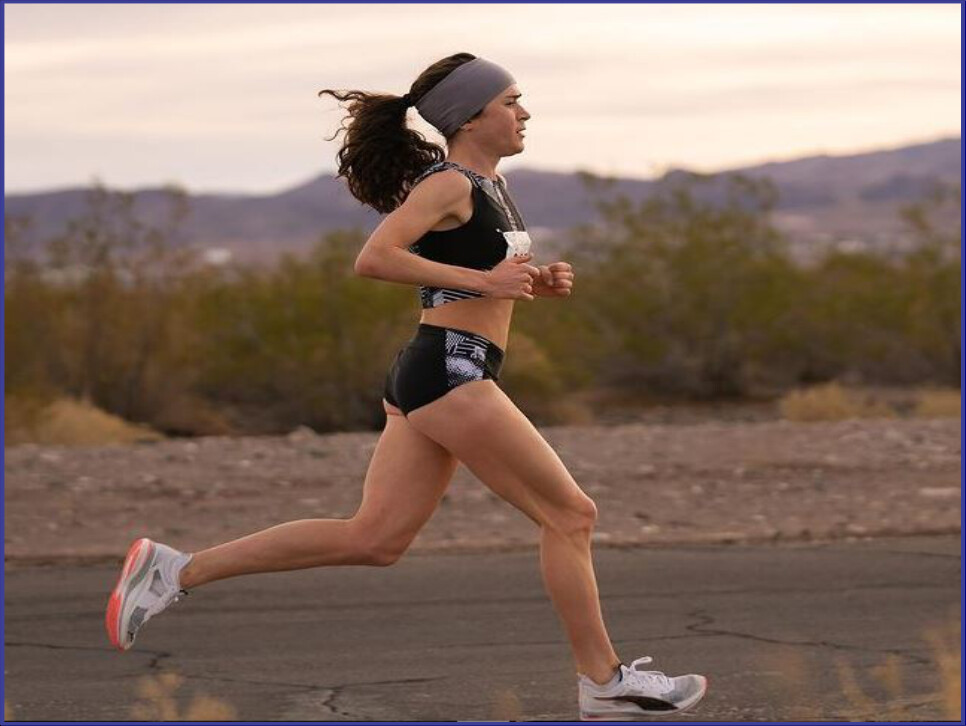
Barely three months after her incredible third-place finish at the Tokyo Olympic Marathon, Seidel finished fourth at the 2021 New York City Marathon in 2:24:42.
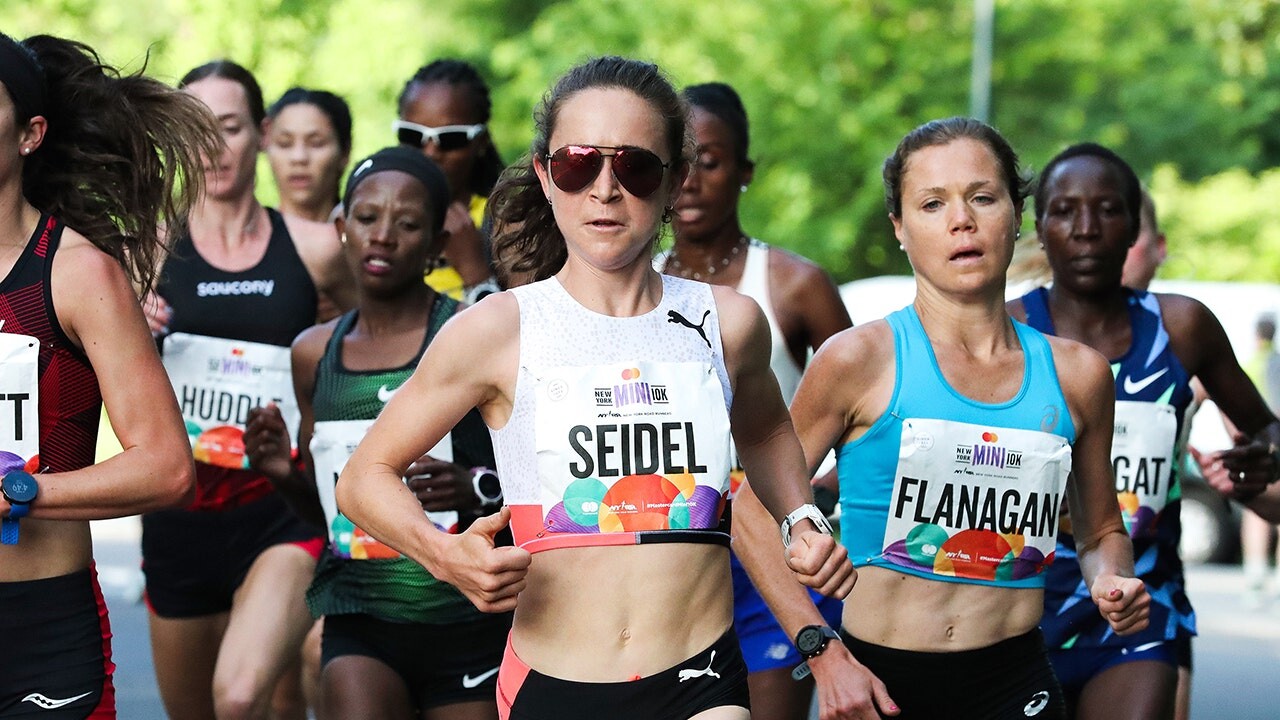
Her time broke the previous American course record of 2:25:53, set by Kara Goucher in 2008. She revealed after the race that she had fractured a few ribs during her build-up to New York, making her performance through the five boroughs even more outstanding.
“This was truly one of the most challenging marathon builds I’ve ever had to do — mentally and physically,” Seidel says in the video. “Just getting through the amount of pain, the de-motivation after the Olympics, dealing with the pressures that now come from being an Olympic medalist and the eyes on you.”
by Brittany Hambleton
Login to leave a comment
Molly Seidel breaks U.S. record at New York City Marathon – with two broken ribs
Olympic bronze medalist Molly Seidel ran the fastest time ever by an American woman at the New York City Marathon on Sunday, shattering the previous course record by more than a minute.
Then, a little more than an hour later, she revealed she had done so with two broken ribs.
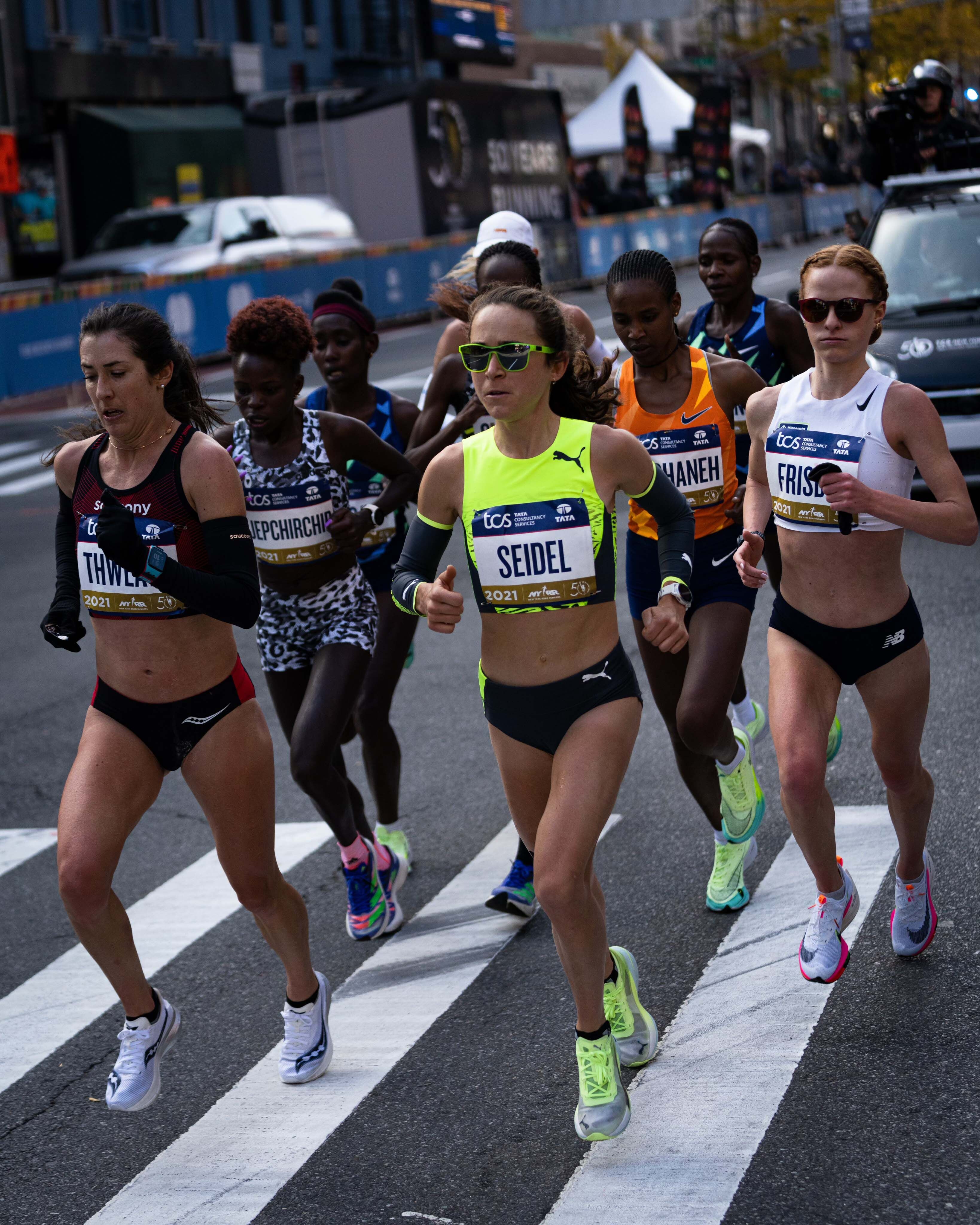
"It started hurting later in the race, like badly," Seidel said. "But I didn't feel like it was messing up my stride or anything. I went all out with what God gave me today. I think I made the most of the situation I was in."
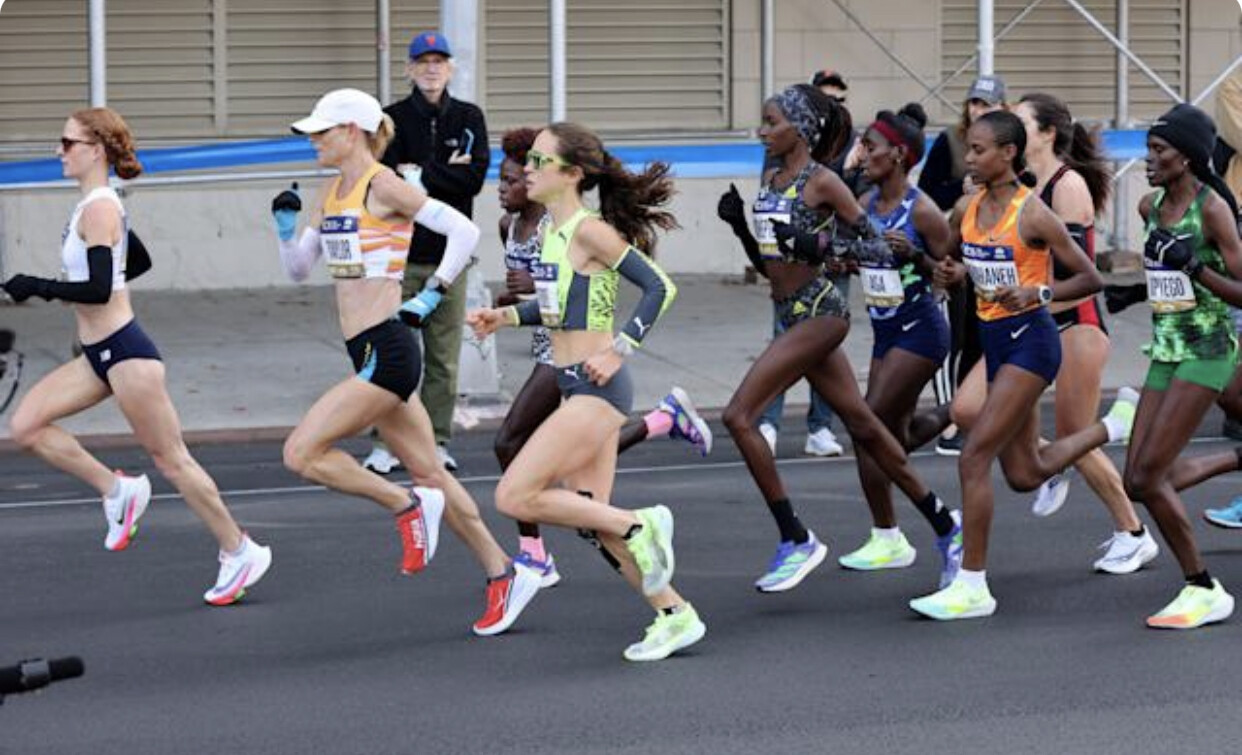
Seidel, 27, declined to specify how she suffered the injury but said it happened about a month ago. And up until two weeks prior to Sunday's race, she said she was in so much discomfort that she considered withdrawing from the event altogether.
After what she described as "frank" conversations with her coach and agent, the Wisconsin native felt healthy enough to give it a go. She credited a team of physical therapists for aiding in her recovery and said she was grateful that she sustained the injury so far in advance from the race.
"(The broken ribs) definitely hindered training a little bit, but it was manageable for the race," Seidel said.
"There's not a whole lot you can do with that. You kind of just wait for it to heal. Luckily it happened far enough out from the race – it was about a month out – so it gave me the time to be able to heal."
Seidel ended up not just running and finishing the race – which was just the fourth marathon she's ever run – but also placing fourth with a time of 2:24:42.
The previous course record had been held by Kara Goucher, who finished in 2:25:53 in 2008.
"I actually didn't know until I crossed the line, that that was what had happened," Seidel said of breaking the American record. "I'm just so incredibly honored. There are so many good women who have run on this course. I think it's really a testament to the women who were in this race, that I was able to just kind of hang onto that group. Obviously I fell off from the main pack, but kind of just kept pushing."
Peres Jepchirchir ended up pulling away to winSunday's race, which marked the 50th running of the New York City Marathon. Jepchirchir and Seidel both finished on the podium at the recent Summer Olympics in Tokyo, with the Kenyan winning gold and the American taking bronze.
Seidel said one of the reasons she chose to compete in New York, despite her injury, was the promise of being able to celebrate the result with her family members, who had to watch her Olympic performance from home due to COVID-19 protocols at the Games.
A reporter asked Seidel how she planned to celebrate.
"Oh my God," she said, "I hope there's a beer waiting for me at the hotel."
Login to leave a comment
TCS New York City Marathon
The first New York City Marathon, organized in 1970 by Fred Lebow and Vince Chiappetta, was held entirely in Central Park. Of 127 entrants, only 55 men finished; the sole female entrant dropped out due to illness. Winners were given inexpensive wristwatches and recycled baseball and bowling trophies. The entry fee was $1 and the total event budget...
more...CAS releases official report on Salazar ban
Reports on Wednesday announced the Court of Arbitration for Sport (CAS) had upheld the four-year suspension imposed on former Nike Oregon Project coach Alberto Salazar and former team endocrinologist, Dr. Jeffrey Brown for doping violations, and less than 24 hours later the official CAS report has been released.
In its report, the CAS ruled that Salazar had committed three anti-doping rule violations, including possession of testosterone, complicity in Brown’s administration of a prohibited method and tampering with the doping control process with respect to the issue of L-carnitine infusions/syringes. Similarly, Brown was charged with four violations, including complicity in Salazar’s possession of testosterone, trafficking of testosterone to Salazar, administration of a prohibited method and tampering with the doping control process.
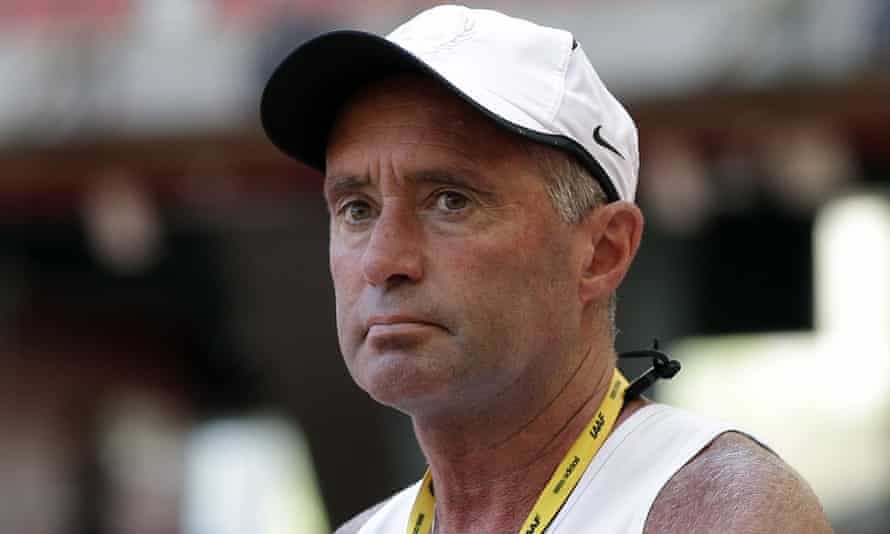
The investigation into Salazar and the NOP began in 2015 when a BBC Panorama documentary entitled “Catch Me If You Can” alleged the coach used prescription drugs and therapeutic use exemptions (TUEs) to push the boundaries of performance.
The film interviewed former NOP athlete Kara Goucher and former coach Steve Magness, who described the experiments Salazar performed to determine exactly how much testosterone cream could be applied to an athlete’s skin without triggering a positive test. An experiment was also done to test a rapid-acting (and illegal, under WADA rules) infusion of a supplement known to boost the body’s L-carnitine levels, which in turn helps the body convert fat to energy.
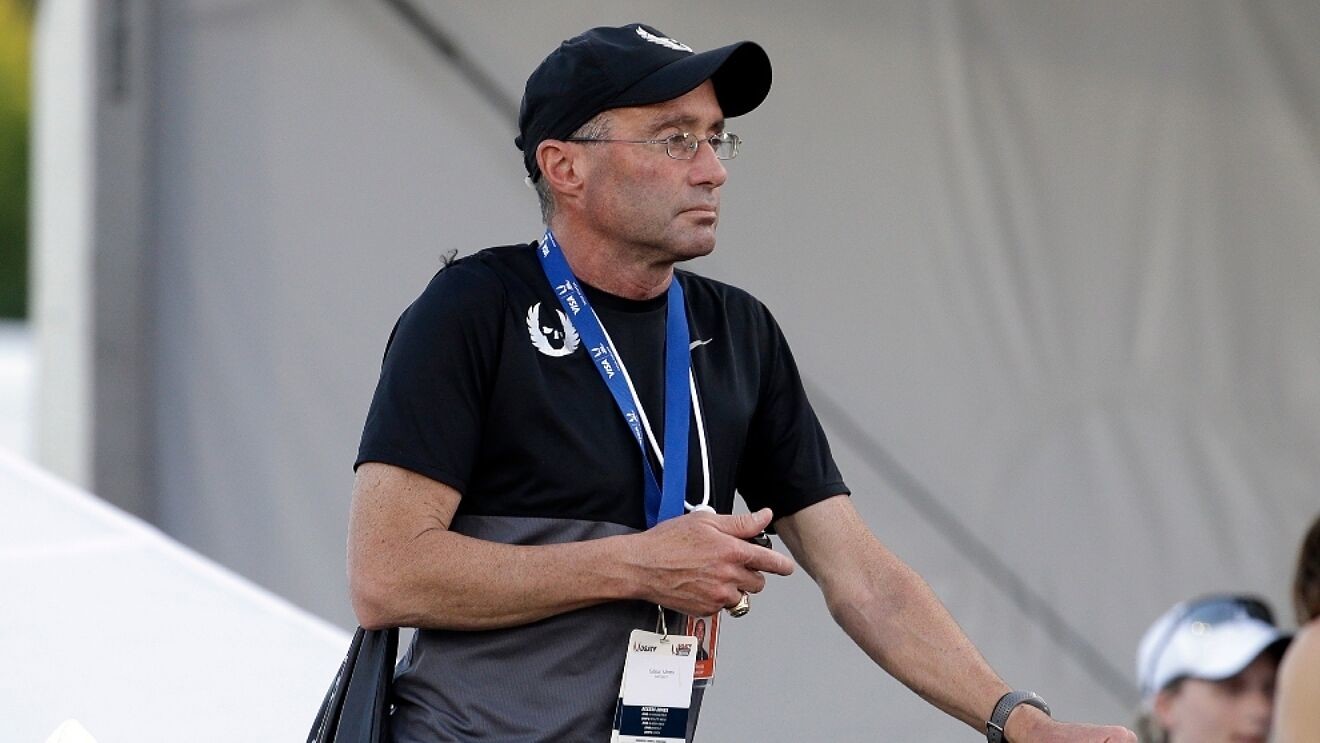
In 2017, a leaked U.S. Anti-Doping Agency (USADA) report from 2016 indicated that Salazar had been giving his athletes, including Sir Mo Farah, the amino acid L-carnitine, via an IV drip. L-carnitine is not a banned substance, but infusions of more than 50 mL in the span of six hours are prohibited, and reports claimed the coach “almost certainly” broke those rules.
Throughout the process, Salazar has continued to deny the allegations, and none of his former athletes, including Farah, Galen Rupp, Sifan Hassan, Matthew Centrowitz and Canada’s Cam Levins have ever tested positive for illegal substances, which the CAS notes in its report.
It also acknowledged that the way in which USADA’s investigation was conducted was “out of proportion and excessive when compared to the severity and consequences of the ADRVs [anti-doping rule violations] that have been established,” yet it still upheld the bans: “the Panel was satisfied that the rules have been properly applied, and that, on the basis of the ADRV’s found by the CAS Panel, the sanctions have been determined in accordance with the relevant version of the WADC.”
by Brittany Hambleton
Login to leave a comment
Nike wasn't 'giving me really what I needed,' U.S. Olympian says about jumping to LuluLemon
When her contract with Nike (NKE) was up for renegotiation, American Olympian Colleen Quigley chose to leave the athletic apparel giant for a different type of deal with Lululemon (LULU).
"I've been with Nike since 2015 when I graduated from Florida State University... and joined the team out here in Portland, then had a great five-year run with them,” Quigley said on Yahoo Finance Live. “But I think when I got to the end of that, I just decided that they weren't giving me really what I needed off of the track and not really seeing me as anything more than just a runner.”
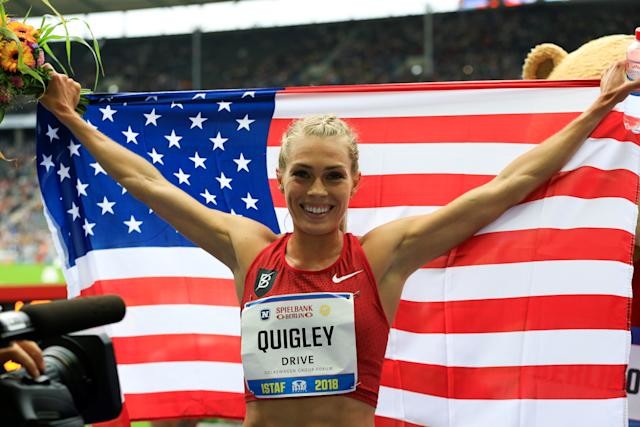
Quigley — a 2016 U.S. Olympic 3000m steeplechaser who withdrew from 2021 Olympic trials — joins a growing number of athletes who were dissatisfied with Nike endorsement deals. Other top runners that parted ways with footwear giant include Mary Cain and Allyson Felix, who respectively spoke out about the company's allegedly toxic culture and lack of maternity protections.
“I started to see myself as more than a runner, and I like to do a lot of different things," Quigley said. "I have different initiatives that I'm working on, really focusing on young athletes and young female athletes."
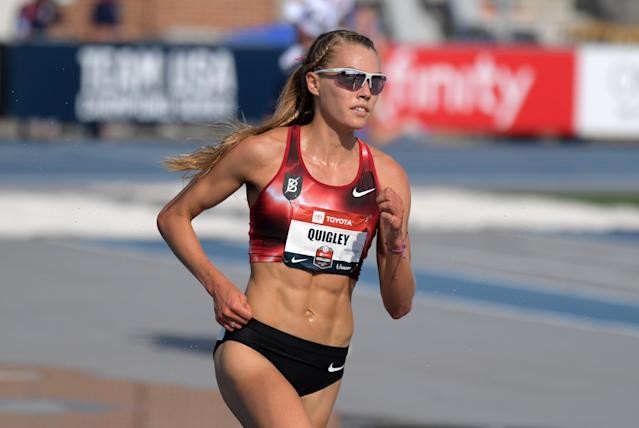
Lululemon "values me as that whole person," she added, "which is really what drew me to them."
Colleen Quigley places second in women's steeplechase heat in 9:53.48 to advance during the USATF Championships Jul 26, 2019; Des Moines, IA (Kirby Lee-USA TODAY Sports)
"You don't have to be on top of the podium to really send a strong message”
Professional athletes in sports such as track and field seek sponsorship deals for compensation since there are few leagues — particularly for women — that pay viable salaries. For college stars like Quigley, signing with a major brand represents the dream of taking one's running career to the next level.
When describing her contract with Nike, Quigley stressed that it was a “transactional relationship.”
“So you run this time, you qualify for this team, you place top three, and you get paid this amount, and if you don't perform and you don't make the team and you don't get a medal, then you don't get paid,” she said. “All of the traditional brands really just see you as a results machine and what you can perform, and what you can give them on the track is really the only thing that they value.” Nike estimated that it will spend $1.33 billion in endorsement contracts in fiscal year 2021, according to company filings. That figure varies based on how well athletes perform and doesn't include the cost of athletic gear provided to endorsers.
Despite the massive marketing machine, top women athletes are increasingly looking for sponsorships that go beyond rewarding athletic accomplishments.
In 2019, Olympic sprinter Allyson Felix departed from Nike after she said she felt pressure from the company to return quickly after her pregnancy and accept a significant pay cut.
“If we have children, we risk pay cuts from our sponsors during pregnancy and afterward," she wrote in an op-ed at the time. "It’s one example of a sports industry where the rules are still mostly made for and by men." (Nike updated its maternity policy to guarantee pay for pregnant athletes after Felix, as well as runners Alysia Montaño and Kara Goucher, went public with their pregnancy stories.)
by Grace O’Donnell
Login to leave a comment
Eliud Kipchoge Wins Olympic Marathon Again, This Time In Tokyo
Eliud Kipchoge delivered a dominating performance in the Tokyo Olympics men’s marathon, pulling away from his competition after the halfway point and finishing 1 minute, 20 seconds ahead of second-place finisher Abdi Nageeye of the Netherlands on a steamy day in Sapporo, Japan.
Kipchoge of Kenya, the world record holder in the marathon, is the first men’s repeat Olympic winner since Waldemar Cierpinski of the former East Germany in 1976 and 1980. Kipchoge finished in 2 hours, eight minutes, 38 seconds.
Nageeye clocked in at 2:09:58, and Bashir Abdi of Belgium finished third, in 2:10:00.
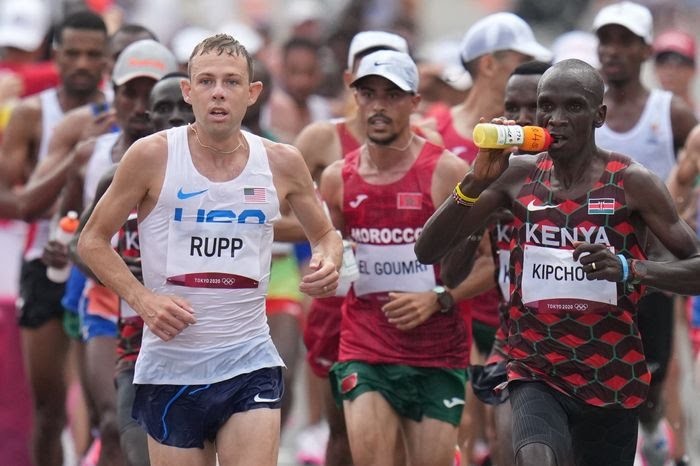
American Galen Rupp, who won bronze in the marathon at the Rio 2016 Games, finished eighth, more than three minutes back in 2:11:41.
Galen Rupp of the U.S. finished eighth in the Olympic marathon.
After the 15-mile mark, Kipchoge, in front of the lead pack, turned and looked over his shoulder at Rupp and said something to him. Shortly after that, Kipchoge took off and began building his insurmountable lead.
NBC commentators said that Kipchoge seemed irritated with Rupp in the encounter.
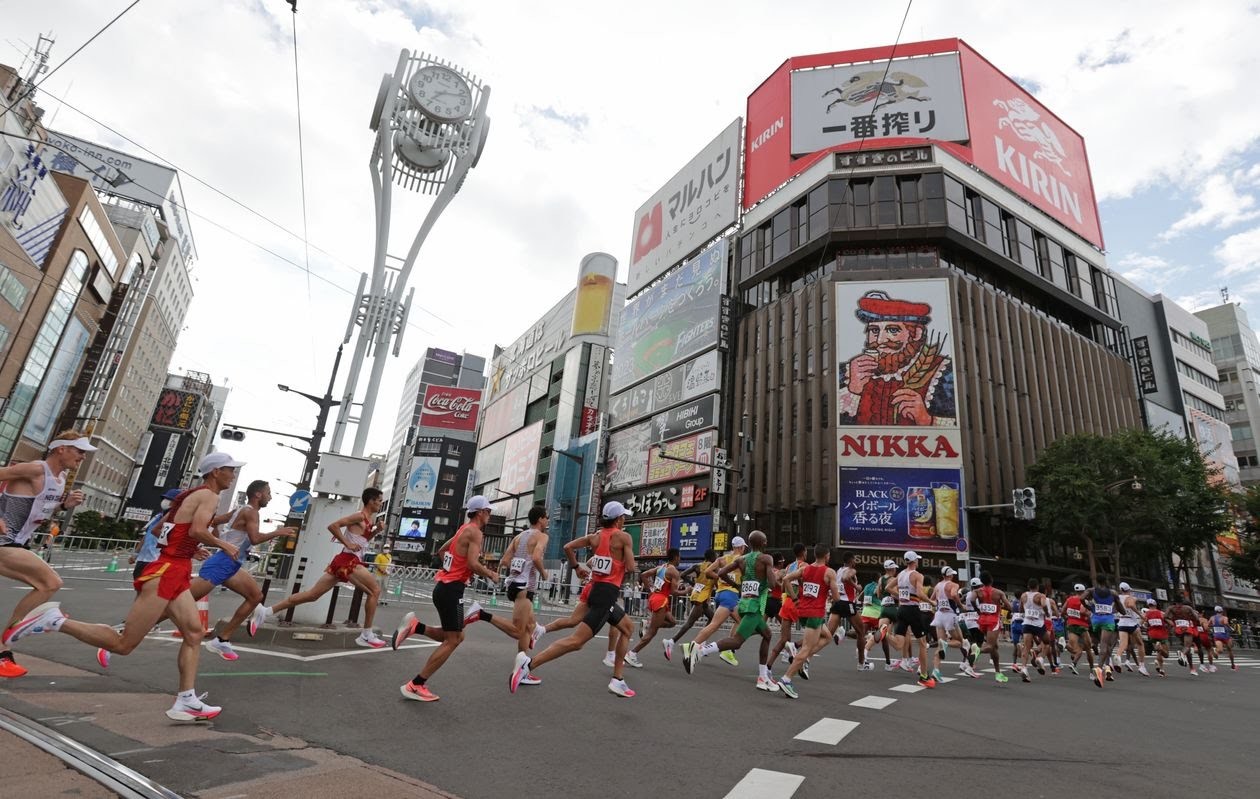
“We saw Kipchoge get annoyed, which is so, so rare,” NBC commentator Kara Goucher said.
Rupp won the U.S. Olympic marathon trials in February 2020 and had targeted gold in Sunday’s race. He won silver in the 10,000 meters in London 2012 and bronze in the Rio 2016 marathon.
American Jacob Riley finished 29th, in 2:16:26, and American Abdi Abdirahman 41st in 2:18:27. Abdirahman, 44 years old and competing in his fifth Games, is the oldest U.S. runner to ever make the U.S. Olympic team.
The 36-year-old Kipchoge, competing in his fourth Olympics, entered the race with three medals: a bronze in the 5,000 meters in Athens 2004, silver in the 5,000 in Beijing 2008 and gold in the marathon in Rio 2016. He failed to qualify for Kenya’s team for London 2012.
Kipchoge famously broke the two-hour marathon barrier on a closed-course race in Vienna in October 2019, part of a years-long effort by Nike that included a new type of shoes. The thick-soled shoes with superlight cushioning and a carbon-fiber plate have spawned copycats, lowered finishing times and taken over the sport.
Kipchoge was so in command of the race that more than 10 miles in, he appeared to fist-bump with Brazil’s Daniel Do Nascimento.
Do Nascimento, in fourth place at the half-marathon mark, soon dropped out then crumpled onto the road.
It was over 80 degrees with humidity over 70%. Runners shoved bags of ice down the backs of their singlets or tucked cooling packs under hats. More than two dozen runners didn’t finish the race.
Runners move past the Susukino district while competing in the men’s marathon.
Frank Shorter was the last American man to win the Olympic marathon, in 1972.
Since then, the gold has been won twice by the East German, three times by Kenyans (including twice by Kipchoge), twice by Italians, and once by an Ethiopian, a South African, a Korean, a Portugese and a Ugandan.
U.S. runner Molly Seidel was a surprise medalist in the women’s Olympic marathon Saturday, finishing in third to take the bronze.
by Wall Street Journal
Login to leave a comment
Tokyo 2020 Olympic Games
Fifty-six years after having organized the Olympic Games, the Japanese capital will be hosting a Summer edition for the second time, originally scheduled from July 24 to August 9, 2020, the games were postponed due to coronavirus outbreak, the postponed Tokyo Olympics will be held from July 23 to August 8 in 2021, according to the International Olympic Committee decision. ...
more...Alberto Salazar gets lifetime ban for sexual, emotional misconduct
Alberto Salazar, the 1982 Boston Marathon champion from Wayland and once a prominent Nike coach of some of the world’s top distance runners, was permanently barred from participating in track and field Monday by the US Center for SafeSport, which cited Salazar for sexual and emotional misconduct.
Salazar, 62, has 10 business days to request an appeal through arbitration of the ruling made by SafeSport, a nonprofit founded in 2017 to protect athletes from sexual, physical and emotional abuse.
The decision Monday was the latest stage of a humiliating fall for Salazar, who was suspended for four years in September 2019 by the United States Anti-Doping Agency for violating rules governing banned substances. He is appealing that suspension to the Court of Arbitration for Sport, the Swiss-based equivalent of a Supreme Court for international sports.
The SafeSport charges were not detailed Monday. In January 2020, the organization temporarily barred Salazar from participating in track and field after elite female runners who formerly trained under him, including Mary Cain, Amy Yoder Begley and Kara Goucher, described what they said were years of psychological and verbal abuse by the coach.
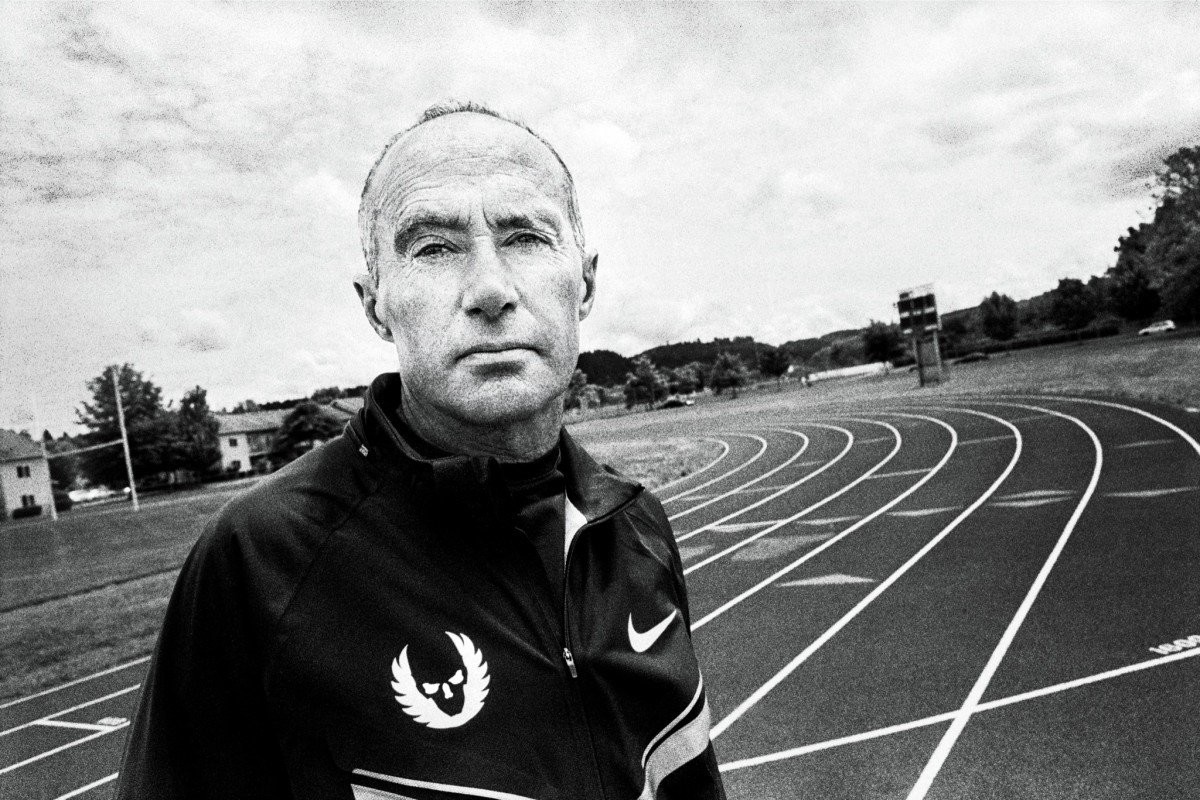
Neither Salazar nor his lawyer immediately responded to requests for comment Monday. Salazar has previously denied all accusations of misconduct.
In a 2019 video produced by the Opinion department of The New York Times, Cain, a former high school phenom from New York who is now 25, accused Salazar of shaming her in front of others on the Nike Oregon Project team — which has since been disbanded — when she did not reach weight targets. She said that her low weight caused her to miss her period for three years, leading to lower levels of estrogen and five broken bones.
Cain also said that she had suicidal thoughts and had cut herself, but that no one at Nike “really did anything or said anything.”
Yoder Begley, a 2008 Olympian, tweeted in 2019 that she was removed from the Oregon Project after a disappointing showing in the 10,000 meters at the 2011 United States track and field championships.
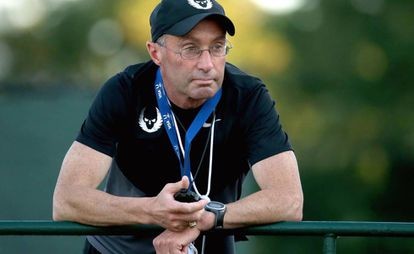
“I was told I was too fat and ‘had the biggest butt on the starting line,’ " Yoder Begley wrote.
Goucher, another American Olympian who once trained with the Nike Oregon Project, told The Times that after being cooked meager meals by an assistant coach, she often ate more in the privacy of her room, nervous that she would be heard opening the wrappers of energy bars she furtively consumed.
Salazar replied to Cain’s 2019 video in a statement to The Oregonian newspaper: “Neither of her parents nor Mary raised any of the issues that she now suggests occurred while I was coaching her. To be clear, I never encouraged her, or worse yet, shamed her, to maintain an unhealthy weight.”
Cain acknowledged at the time that she had sought to train again with Salazar, seeking an apology, closure and his approval. But she described their relationship as poisonous, saying, “I was the victim of an abusive system, an abusive man.”
Salazar told Sports Illustrated in 2019 that his “foremost goal” was to promote athletic performance in line with the good health and well-being of his athletes, but he acknowledged, “On occasion, I may have made comments that were callous or insensitive.”
by Jere Longman
Login to leave a comment
Betsy Riley and NBC's Olympics Production Team Are to Thank for the Peaking Track Coverage
The network’s Olympics production team is peaking at the right time—thanks, in part, to Betsy Riley, its first female producer.
Track and field reporter Lewis Johnson is live on NBC during the third day of the Olympic Track Trials in Eugene, Oregon—and he’s perched on the steeplechase barrier in front of the water jump.
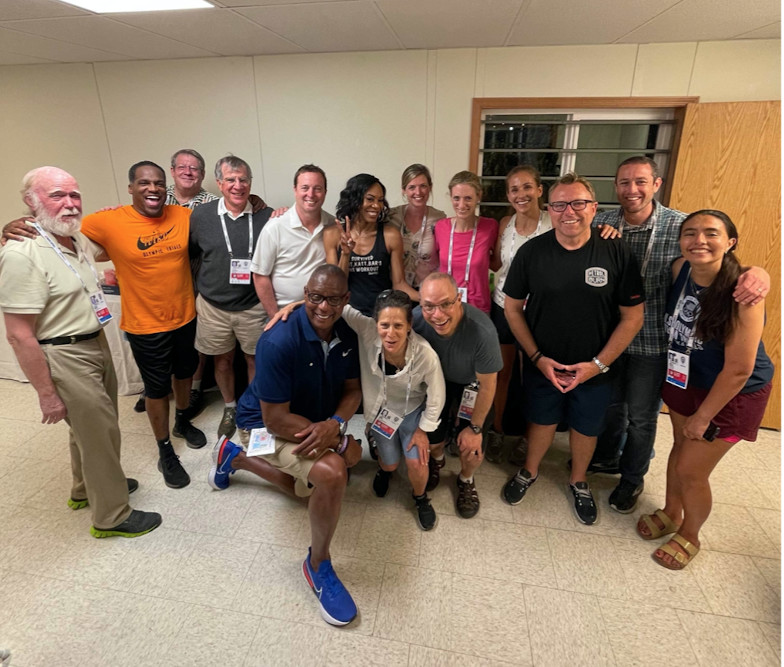
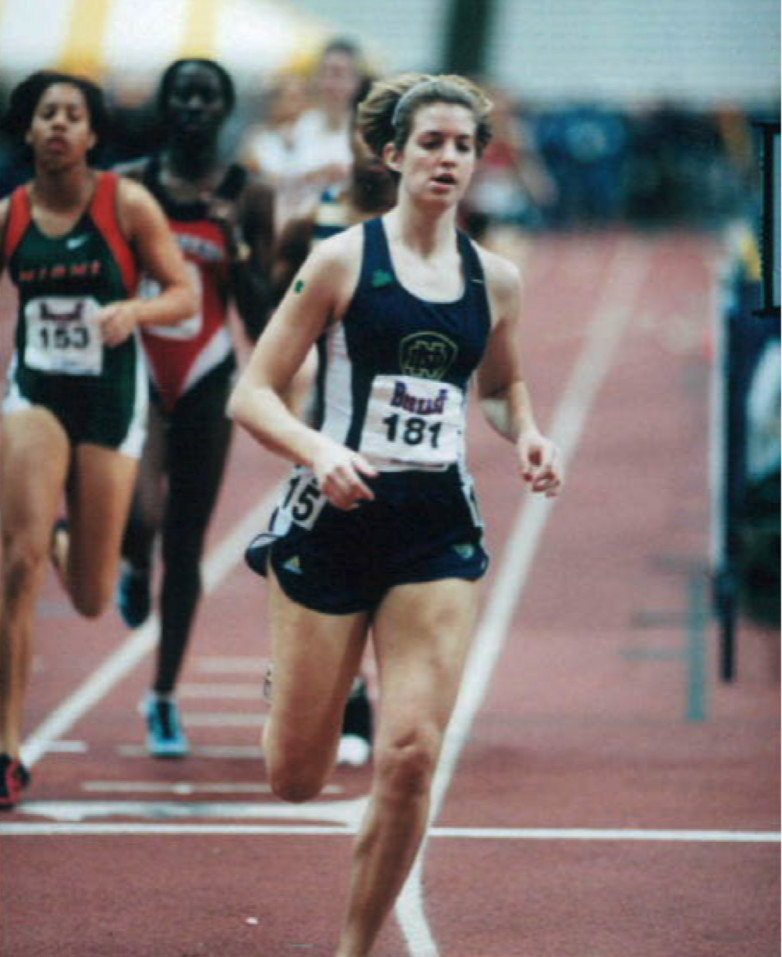
He explains the origins of the event, from the 1800s in England. Graphics flash on the screen, showing the specifics of the modern-day version of the steeplechase, 28 barriers over a 1.86-mile race. Johnson describes how the barriers don’t move as he tries, unsuccessfully, to hip check the one he was just sitting on.
Then the segment takes a whimsical turn. He walks around to the water side of the jump, kicks off a pair of green Nikes, and wades in. “Oh, that feels so good, Diff,” he says, talking to Leigh Diffey, the lead announcer at the Trials.
As Johnson gets to the deepest portion of the pit, the water is lapping at the bottom of his khaki shorts. He sits down at the edge. “Throw me a towel, man,” he says, before the broadcast cuts to the 17 women lined up at the start of the first heat of the women’s steeplechase.
It’s effective television: In one minute and 17 seconds, the segment has entertained and informed viewers—those who might not know the first thing about one of track’s quirkiest events as well as those who understand the basics of steeple but have never gotten close.
The idea for the segment? That came from the Trials producer, Betsy Riley.
Riley has implemented dozens of changes to NBC’s track broadcasts. Some are obvious improvements, like bringing on two-time Olympian Kara Goucher as a commentator, or using double boxes to keep a camera focused on track action during commercials. Others are behind-the-scenes, out of sight of viewers, but which contribute to better coverage.
The result is that long-suffering track fans, who for decades from their recliners have made a secondary sport of complaining about the way track is aired, suddenly find themselves with little to carp about. In fact, anecdotally at least, they’re happy to tune in, whether it’s on their TVs or phones or tablets, and watch running and field events.
That’s largely because Riley is one of them, a true believer and competitor with a lifelong love of track and field.
A pair of firsts
Riley will make TV history this month when she becomes the first woman to produce track and field at an Olympics for NBC. Network brass plan their coverage of the summer Games around swimming, gymnastics, and track—these three disciplines are the “tentpoles” that anchor the coverage—and in fact, Riley is the first woman to produce any of the sports for NBC at the Games.
“We’re so proud of her,” said Molly Solomon, who is the executive producer for the summer Games, also a first for a woman at NBC. “The fact that she’s producing an ‘A’ venue, track and field, at the Olympics, one of the big three. It’s a huge accomplishment.”
But Riley brushes this aside. While other people are making a big deal out of it, she is not, deflecting attention to the great role models she’s had at NBC, including Solomon, and the team of experts she has around her.
A pair of firsts
Riley will make TV history this month when she becomes the first woman to produce track and field at an Olympics for NBC. Network brass plan their coverage of the summer Games around swimming, gymnastics, and track—these three disciplines are the “tentpoles” that anchor the coverage—and in fact, Riley is the first woman to produce any of the sports for NBC at the Games.
“We’re so proud of her,” said Molly Solomon, who is the executive producer for the summer Games, also a first for a woman at NBC. “The fact that she’s producing an ‘A’ venue, track and field, at the Olympics, one of the big three. It’s a huge accomplishment.”
But Riley brushes this aside. While other people are making a big deal out of it, she is not, deflecting attention to the great role models she’s had at NBC, including Solomon, and the team of experts she has around her.
From there, she raised her hand for anything, filling any role, on coverage of surfing, golf, horse racing, college football, college basketball. And always the Olympics and Olympic sports. These days, she’s also Michele Tafoya’s sideline producer on Sunday Night Football.
Amid the long hours that TV requires, Riley met her husband and got married, and they have two children, ages 4 and 1 1/2. In a year when talk of mothers and motherhood has dominated track and field, Riley has her own story to rival them all.
It was 2017, she was 35 weeks pregnant, and she had just finished producing the Prefontaine Classic, a Diamond League track meet in Eugene. On her flight home to Baltimore, somewhere over the Midwest, her water broke. When the plane landed, she took a cab straight to the hospital, and met her husband there. A few hours later, they welcomed a son—who had jumped the gun by more than a month.
Infinite possibilities
Track and field is among the most complex sports to broadcast, and Riley strives to replicate for viewers at home an experience that would be similar to what happens when spectators are watching live, in the stadium. They can choose to watch running on the track or look to the infield for one or more field events happening simultaneously. How do you get that same sense of the action on screen?
On June 26, the penultimate day of Trials competition, Riley sits in the cramped NBC production truck, staring at 30 different screens displaying various camera angles. On her headset she hears the voices of seven on-air commentators. Riley has field events producer Scott Karpen a few feet to her left and director Charlie Dammeyer inches to her right, so close you could barely hold a discus between them. A countdown until the live show begins. Four minutes. Two minutes.
Into her headset, Riley says in a low voice, “Have a great one, everyone.”
From there, Riley is making constant decisions for the next two hours from an infinite combination of elements: which replays to show, when to air a graphic, when to go to a field events package on the women’s hammer throw that happened earlier in the evening, how much time to devote to Sydney McLaughlin walking toward the track while leaving Diffey enough time to voice the element.
Riley, Dammeyer, and Karpen trust one another completely, which makes Riley’s job easier as she decides which family members and coaches to show, when to go to live interviews with happy athletes who just made the Olympic team (and what to do when one lets an expletive slip, as Elle Purrier St. Pierre did after winning the 1500 meters). Karpen describes the role of producer as “the ultimate multitasking job.”
Her background helped make Riley great, observers say, because she grew up in sports television, filling every position, from the entry level production associate calling graphics to working in the videotape area to being in charge of the tape area. She’s been in the front of the truck as the associate director who assists the director and producer in timing.
“If you do those jobs, when you are promoted to producer, you understand what everyone is doing,” Solomon said. “You understand what they need from their leader. You can synthesize all of it. It’s an amazing skill, but you can have six voices in your headset and hear the right ones at the right time. It’s orchestrated chaos.”
A different person might be ruffled by the pressure, but Riley’s steady demeanor is one of her hallmarks.
“I always admire her measured style in the heat of battle,” Solomon said. “She’s very calm, cool, and collected, but she knows what she wants, and she’s direct. That’s what makes great producers—to have a clear head in the middle of the chaos and be able to communicate to the team and lead the team.”
Riley says her faith in the people around her makes it easy. “Our team is incredible,” she said. “It doesn’t happen without every single person contributing, sharing ideas and then pulling in the same direction when we’re on air. In any successful broadcast, you have great teamwork.”
But she has trouble explaining what is going on in her brain during broadcasts, synthesizing all the camera angles and voices, making scores of journalistic decisions every minute. All she can say is that she’s constantly evaluating: What’s the most important right now?
Building team chemistry
None of it happens by accident. Every live broadcast is the result of months of brainstorming, testing, planning, and coaching.
“People at home see the ultimate product,” Karpen explains. “They don’t see the months and years and hours of thought and time she’s put into this. Nothing happens overnight. It’s because Betsy was somewhere in the world thinking, ‘How can we get better?’ And pushing people to think about this. It’s not show up and let’s make TV. This is hours and years to get to that one moment.”
Riley is known for listening at meetings, soliciting input from anyone who wants to contribute, giving serious consideration to all ideas.
“One thing I absolutely respect about her is that nothing is a bad idea,” Dammeyer said. “Ideas come from everywhere. She’s asking everyone, ‘What do you think?’ Everyone has a seat at the table, from Ato [Boldon] to Leigh to the graphics production assistant. Everybody’s voice counts.”
When Goucher first started doing on-air commentary for NBC this spring, Riley gave her extra coaching sessions, telling her what she was doing well and what she needed to improve. On the live broadcast, Riley is in Goucher’s ear.
Goucher remembers watching Abbey Cooper pull away in the early laps of the first round of the women’s 5,000 meters, trying to get the Olympic standard on her own in the Eugene heat. “I was like, ‘This is crazy.’ Betsy was in my ear. ‘Why is this hard? Tell the audience why this is hard.’ She gives me little cues.”
Goucher has been one of the revelations of the track season—a hit with viewers for the passion she brings and the insights she shares, gleaned from her own career as an athlete. But nothing motivates her as much as her producer’s live coaching. “If I do something that she likes, she says, ‘Well done.’ She’ll give you a little feedback as you’re going, which I find super helpful.”
Which isn’t to say that it’s always roses. Boldon has been working NBC broadcasts for 14 years. In 2019, around the time of the Prefontaine Classic, he and the other commentators and members of the production team were summoned to a meeting.
“You know how when a team is playing really badly and you have a players-only meeting?” he said. “Right. We had one of those. The chemistry wasn’t right, the flow wasn’t right. It was watching a team of really good players play badly because they can’t play with each other.”
In Boldon’s telling, Riley led the meeting and didn’t mince words with her assessment of what needed to improve. The message? “Swimming and gymnastics get the baton and we have to bring it home for NBC,” Boldon said. “Everyone in that room was as serious as a heart attack. She came with receipts. She came with video—she had put together a whole package. ‘Look at this. What’s wrong with this? Can we do better here?’”
It was a turning point. “I think the broadcast we did from the Eugene Trials was the best Trials broadcast I’ve ever been a part of,” he said.
A network’s core values
NBC coverage—no matter who the producer is—focuses on two things, according to Riley. First, getting the sport right. And second, storytelling.
“Sometimes people think of storytelling as a soft human interest story, and that’s possible, but it’s also storytelling about the race itself and the athletic event itself,” Riley said. “Storytelling is part of everything we do at the Olympics.”
Donavan Brazier in a feature about fly fishing before the men’s 800 final? That’s storytelling. Lewis Johnson wading into the water jump pit? Also storytelling. But most important is the race itself. Replays that show Dalilah Muhammad getting out to a fast start in the women’s 400-meter hurdles, or Cole Hocker’s kick to win the men’s 1500 meters are, at their core, about storytelling.
The goal of every sports broadcast is to make the viewer care about who they’re watching. Riley understands this, and she’s not afraid to push the envelope with technology to help viewers better understand track and field.
During the Trials, fans of the distance races rejoiced at coverage that continued through commercials with double boxes. It’s a feature that’s been around for five years, Riley said, but its use is expected now.
“Sponsors are noticing that it’s nice to have action, it’s nice to have people sticking around for those commercials,” she said. “Early on there was definitely an effort to showcase the value of it. Now that we’re five years on, people know that’s expected and what track fans really want.”
Riley has been experimenting with other forms of technology—miles per hour graphics and live leaderboards that show how many meters behind athletes are from the leader. The point, always, is to give the viewer at home deeper understanding.
Heading to Tokyo
On the NBC broadcast in primetime, Riley and her team will make sure track and field is accessible for those who tune into the sport only once every four years. Boldon says Riley has pushed him not to rely on statistics and times. Instead, she’ll be in his ear during broadcasts, urging him along to find a different way to tell stories. “Make me care,” she’ll say. “Make me care.”
But changing technology allows viewers to customize what they see. If hardcore triple jump fans want to watch every minute of triple jump or discus from Tokyo, and not just a highlights package, that’s possible with the cable channels and digital streams.
And that means as the broadcast team heads for Tokyo, they’ve got hours and hours of work ahead of them. For 10 straight days, July 30 to August 8, Riley and the team will be at it, documenting the performances and the emotions they inspire.
“For the TV dorks like we are, our team relishes the opportunity to do lots of TV and cover lots of competition,” Riley said. “That’s really fun stuff.”
by Runner’s World
Login to leave a comment
Olympian Amy Cragg Officially Retires and Joins the Puma Coaching Staff in North Carolina
She won bronze in the marathon at the 2017 world championships and ran 2:21:42 at the 2018 Tokyo Marathon—her lifetime best.
Amy Cragg, who represented the U.S. at the 2012 and 2016 Olympics, is officially retiring from professional running. She is now coaching the Puma-sponsored training group alongside her husband, Alistair, in Chapel Hill, North Carolina.
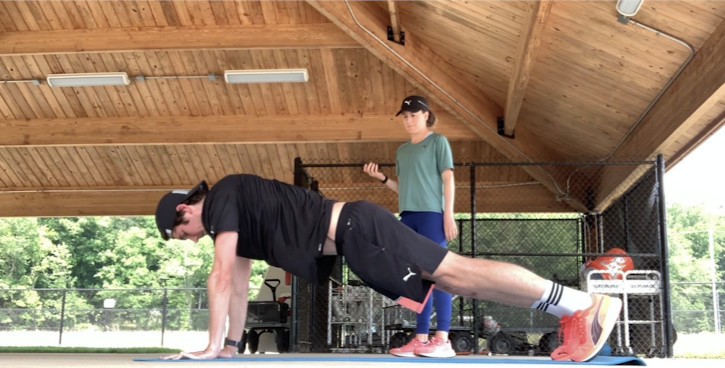
Her career highlights include winning the 2016 Olympic Marathon Trials, finishing third in the marathon at the 2017 world championships, and running a 2:21:42 PR in the 2018 Tokyo Marathon.
Cragg withdrew from the 2020 Olympic Marathon Trials last February, citing illness.
Amy Cragg—who won the 2016 Olympic Marathon Trials, took the bronze medal in the marathon at the 2017 IAAF World Championships, and ran the 2018 Tokyo Marathon in 2:21:42, making her the sixth-fastest American in history at the distance—announced she is retiring from competitive running.
She is now officially a coach with the new Puma-sponsored training group based near Chapel Hill, North Carolina. Her husband, Alistair, is the group’s head coach.
Cragg, 37, said in a phone call with Runner’s World that she took the time she needed to make the decision. “It was definitely time [to retire],” she said. “It’s been great. I’m definitely enjoying life on the other side.”
She had suffered from persistent fatigue over the past couple of years, which kept her from competing at the 2020 Olympic Marathon Trials. Now, she says, she’s feeling well again and running between two and four miles, several times a week, “just to get out there and enjoy it.”
In the summer of 2020, Cragg and her husband drove across the country from their home in Portland, Oregon, where she had trained with Bowerman Track Club for years. They looked at various locations along the way, trying to figure out where to establish Puma’s new training base.
Although they considered different spots at altitude, they ultimately decided the Research Triangle area of North Carolina was ideal for its weather, ease of travel to European track meets and American road races, and the 22-mile, crushed gravel American Tobacco Trail, which has every quarter mile marked. (The Craggs took a wheel out to measure 10 miles of the trail, and the quarters were spot on.)
They also considered medical support in the area, affordability, and job prospects for runners’ significant others.
“I’ve lived in places where people didn’t have a social life or their significant other didn’t have a social life or couldn’t work, and they were depressed,” Cragg said, “and that doesn’t lead to longevity in the sport. We want to create an environment that leads to longevity in the sport. For a lot of people, it takes them a little longer to get there. However long it takes you, we want it to be a good place for that.”
The team currently has Taylor Werner and Fiona O’Keeffe, both of whom are qualified for next month’s U.S. Olympic Track and Field Trials; Steven Fahy, a steeplechaser who currently is nursing a foot injury; and Emmanuel Roudolff-Levisse, a French marathoner. The Craggs—believers in the powers of group training—expect their numbers to grow, albeit slowly.
“We aren’t in a rush to get people,” she said. “We want to get the right people. We’re hoping these are 10-year athletes, not two- or three-year athletes.”
Cragg’s career flourished when she was in her 30s, and she was involved in some of the more memorable moments in Trials history. In 2012, she narrowly missed making the team in the marathon, finishing fourth at the Trials in Houston behind Shalane Flanagan, Desiree Linden (then Davila), and Kara Goucher.
But Cragg (then Hastings) turned her attention back to the track and won the 10,000 meters at the 2012 track trials to earn her first trip to the Games. At the Olympics in London, she finished 11th in 31:10.69, her personal best.
Four years later, at the 2016 Olympic Marathon Trials in Los Angeles, Cragg and training partner Flanagan ran stride for stride together, breaking the race open before the halfway point. But by the 23rd mile, Flanagan was struggling in the heat. Cragg slowed to stay with her, urging her onto the finish. With less than two miles to go, and Linden lurking in the background, Cragg finally left Flanagan and won the race in 2:28:20, waving her visor as she broke the tape.
Linden was second, in 2:28:54, and Flanagan willed herself across the line in third in 2:29:19, where she collapsed and was carried off the course. In Rio, their finishing order was reversed: Flanagan was sixth, Linden seventh, and Cragg ninth, the best collective performance by any country’s three athletes in the event. (The 2016 gold and silver medalists are currently serving suspensions for anti-doping violations.)
Training at times up to 130 miles per week with the Bowerman Track Club in Portland, Cragg qualified for the world championships in 2017 in London. At the race, she moved into third place with 400 meters and sprinted to a bronze medal.
Cragg said that was her top moment as a professional runner. “It kind of just made my entire career worthwhile,” she said.
Seven months later, in Tokyo, she ran her lifetime PR, 2:21:42, taking nearly six minutes off her previous best and putting her among the country’s top runners in history.
Cragg’s world championships bronze marked a renaissance of sorts for American women’s distance running. In Chicago in 2017, Jordan Hasay ran 2:20:57, Flanagan won the New York City Marathon in 2017, and Linden won Boston in 2018.
But after Tokyo, Cragg experienced a series of health setbacks and never was able to regain her top form for a marathon. She ran 15:54 5K in New York in November 2018 and finished third at the U.S. 5K championships, but she raced only twice in 2019. Both races—a 10K and a half marathon—were far from her best. She had planned to run the Chicago Marathon, but pulled out in the summer.
In an interview with Runner’s World at the time, Cragg talked about the fatigue she felt. “I think we just went too hard for too long,” she said. “I ‘cooked myself’ is what I’ll say. Took some time off when we realized it wasn’t coming around for Chicago. Now I’m feeling a lot better and ready to go.”
But citing illness, she withdrew from the 2020 Olympic Marathon Trials in February in Atlanta.
Her only race results from 2020 were pandemic-era intrasquad meets put on by her Bowerman Track Club at a high school track in Portland. Cragg ran a few 400s and 800s at slow paces—seen as fulfilling contractual obligations.
Her peers had nothing but praise for her.
“I’m thrilled for Amy. She’s had a tremendous career,” Linden, who first met Cragg when they were undergraduates at Arizona State University, told Runner’s World in a text message. “If people could have eavesdropped on our long run conversations during our ASU days, they would have laughed at how audacious our goals were. It’s been incredible to watch her check them all off one by one and then accomplish even more. I’m grateful that while being in a hyper-competitive career, Amy’s been able to remain a friend, and I know we’ll have many more conversations about her future goals.”
Shalane Flanagan wrote in a text, “I’m so happy for her. She was a wonderful teammate and one of the toughest athletes I got to train alongside. I treasure all the time spent together chasing big goals and dreams.” 

by Runner’s World
Login to leave a comment
New Salazar documentary questions reasons for his 2019 suspension
Nike’s Big Bet, the new documentary about former Nike Oregon Project head coach Alberto Salazar by Canadian filmmaker Paul Kemp, seeks to shed light on the practices that resulted in Salazar’s shocking ban from coaching in the middle of the 2019 IAAF World Championships. Many athletes, scientists and journalists appear in the film, including Canadian Running columnist Alex Hutchinson and writer Malcolm Gladwell, distance running’s most famous superfan.
Most of them defend Salazar as someone who used extreme technology like underwater treadmills, altitude houses and cryotherapy to get the best possible results from his athletes, and who may inadvertently have crossed the line occasionally, but who should not be regarded as a cheater. (Neither Salazar nor any Nike spokesperson participated in the film. Salazar’s case is currently under appeal at the Court of Arbitration for Sport.)
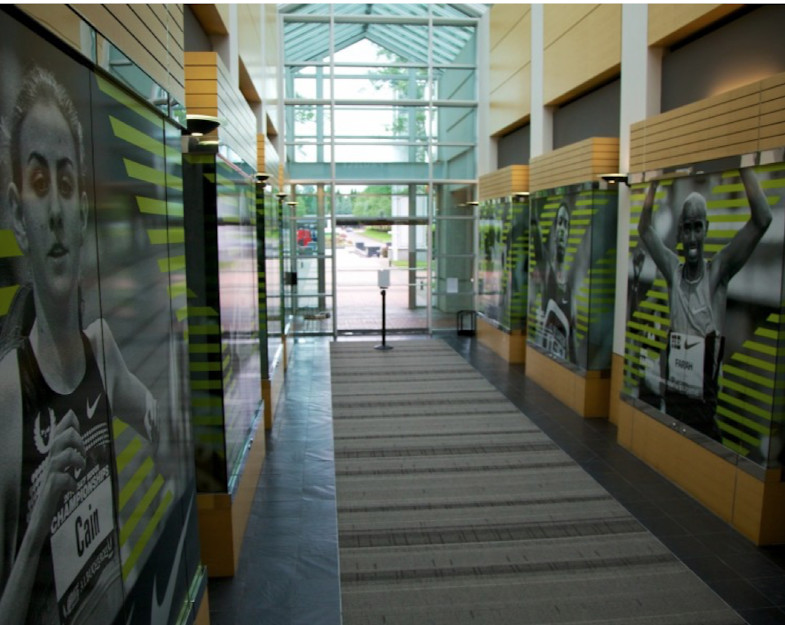
Salazar became synonymous with Nike’s reputation for an uncompromising commitment to winning. He won three consecutive New York City Marathons in the early 1980s, as well as the 1982 Boston Marathon, and set several American records on the track during his running career.
He famously pushed his body to extremes, even avoiding drinking water during marathons to avoid gaining any extra weight, and was administered last rites after collapsing at the finish line of the 1987 Falmouth Road Race.
Salazar was hired to head the Nike Oregon Project in 2001, the goal of the NOP being to reinstate American athletes as the best in the world after the influx of Kenyans and Ethiopians who dominated international distance running in the 1990s. It took a few years, but eventually Salazar became the most powerful coach in running, with an athlete list that included some of the world’s most successful runners: Mo Farah, Galen Rupp, Matt Centrowitz, Dathan Ritzenhein, Kara Goucher, Jordan Hasay, Cam Levins, Shannon Rowbury, Mary Cain, Donovan Brazier, Sifan Hassan and Konstanze Klosterhalfen.
Goucher left the NOP in 2011, disillusioned by what she saw as unethical practices involving unnecessary prescriptions and experimentation on athletes, and went to USADA in 2012. An investigation by the U.S. Anti-Doping Agency followed on the heels of a damning BBC Panorama special in 2015, and picked up steam in 2017.
When Salazar’s suspension was announced during the World Championships in 2019, he had been found guilty of multiple illegal doping practices, including injecting athletes with more than the legal limit of L-carnitine (a naturally-occurring amino acid believed to enhance performance) and trafficking in testosterone – but none of his athletes were implicated. (Salazar admitted to experimenting with testosterone cream to find out how much would trigger a positive test, but claimed he was trying to avoid sabotage by competitors.)
That Salazar pushed his athletes as hard in training as he had once pushed himself is not disputed; neither is the fact that no Salazar athlete has ever failed a drug test. Gladwell, in particular, insists that Salazar’s methods are not those of someone who is trying to take shortcuts to victory – that people who use performance-enhancing drugs are looking for ways to avoid extremes in training.
That assertion doesn’t necessarily hold water when you consider that drugs like EPO (which, it should be noted, Salazar was never suspected of using with his athletes) allow for faster recovery, which lets athletes train harder – or that the most famous cheater of all, Lance Armstrong, trained as hard as anyone. (Armstrong, too, avoided testing positive for many years, and also continued to enjoy Nike’s support after his fall from grace.)
Goucher, Ritzenhein, Levins and original NOP member Ben Andrews are the only former Salazar athletes who appear on camera, and Goucher’s is the only female voice in the entire film. It was her testimony, along with that of former Nike athlete and NOP coach Steve Magness, that led to the lengthy USADA investigation and ban.
Among other things, she claims she was pressured to take a thyroid medication she didn’t need, to help her lose weight. (The film reports that these medications were prescribed by team doctor Jeffrey Brown, but barely mentions that Brown, too, was implicated in the investigation and received the same four-year suspension as Salazar.) Ritzenhein initially declines to comment on the L-carnitine infusions, considering Salazar’s appeal is ongoing, but then states he thinks the sanctions are appropriate. Farah, as we know, vehemently denied ever having used it, then reversed himself.
It’s unfortunate that neither Cain, who had once been the U.S.’s most promising young athlete, nor Magness appear on camera. A few weeks after the suspension, Cain, who had left the NOP under mysterious circumstances in 2015, opened up about her experience with Salazar, whom she said had publicly shamed her for being too heavy, and dismissed her concerns when she told him she was depressed and harming herself. Cain’s experience is acknowledged in the film, and there’s some criticism of Salazar’s approach, but Gladwell chalks it up to a poor fit, rather than holding him accountable.
Cain’s story was part of an ongoing reckoning with the kind of borderline-abusive practices that were once common in elite sport, but that are now recognized as harmful, and from which athletes should be protected.
Gladwell asserts that coaches like Salazar have always pushed the boundaries of what’s considered acceptable or legal in the quest to be the best, and that the alternative is, essentially, to abandon elite sport. It’s an unfortunate conclusion, and one that will no doubt be challenged by many advocates of clean sport.
by Running Magazine
Login to leave a comment
Athletes have reacted to Nike's pregnancy announcement
Decorated Olympic sprinter Allyson Felix calls it "beautiful and heartbreaking".
Nike’s latest advertisement is receiving mixed reactions from athletes and sports fans on social media. The ad, which includes the caption, “To every mother, everywhere: you are the toughest athlete,” features several clips of pregnant women and mothers participating in sports, and appears to be the company’s way of showing their support to pregnant athletes.
While the ad is a step in the right direction for the company, many athletes, including Allyson Felix, Kara Goucher and Alysia Montaño, are criticizing Nike for not acknowledging their past treatment of pregnant female athletes.
In 2019, Felix, Goucher and Montaño publicly criticized Nike for its treatment of sponsored athletes during and after pregnancy, and they called the company out for having no pregnancy protections in their contracts. Since then, Nike has announced a new pregnancy policy that protects female athletes from pay reductions for 18 months surrounding pregnancy. This new ad showing support for pregnant women is a welcome change and a step in the right direction, and while many athletes are supportive of it, they are pointing out one thing it’s missing: an apology.
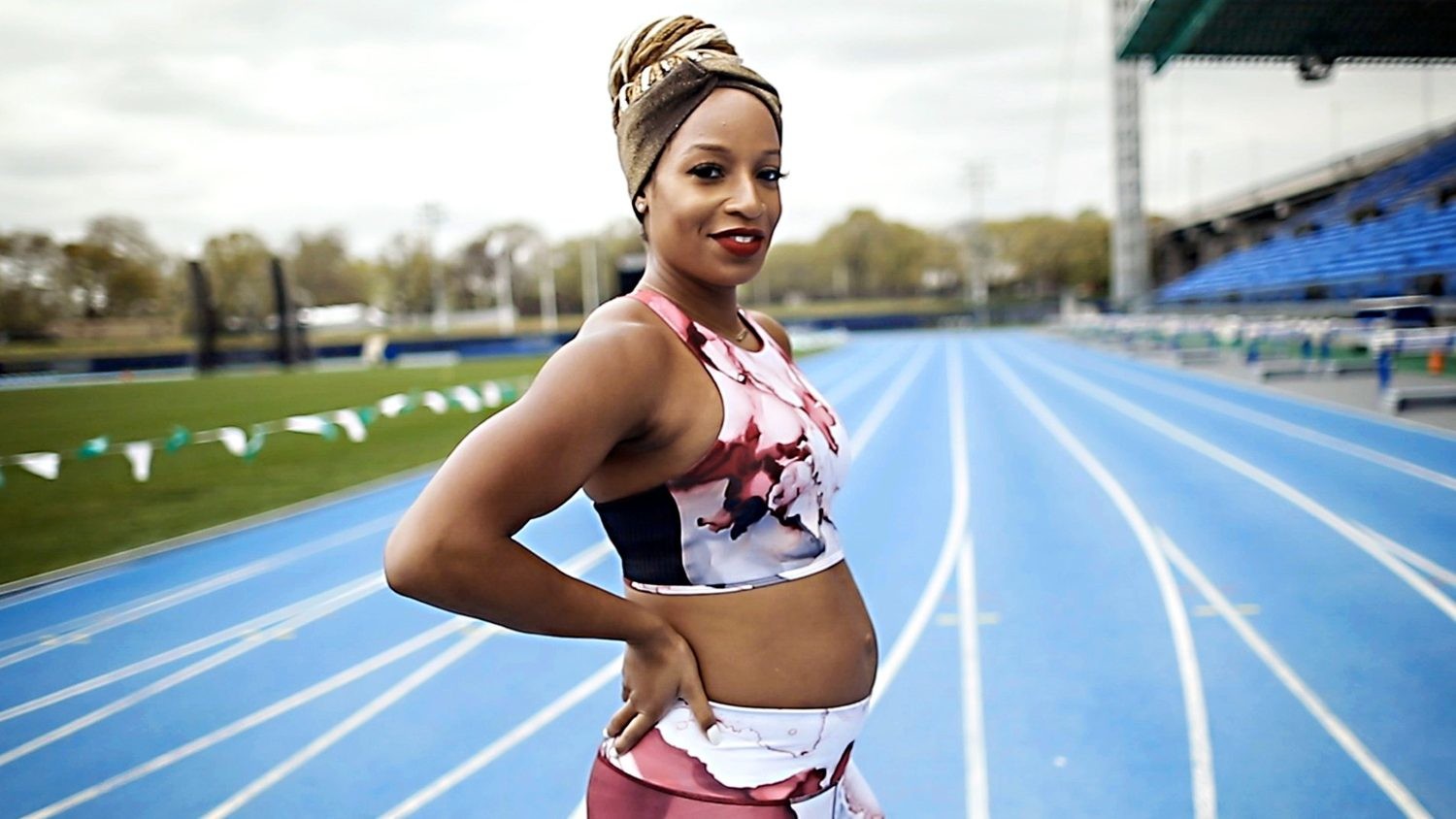
Felix was among the first to express her opinion, which she shared in a Twitter thread. She began by praising the ad for its content, calling it powerful and saying it celebrates mothers and reminds them that they are athletes. She goes on to encourage her followers to watch the ad, but for a different reason.
“I agree with every word in this ad,” she said in a Tweet. “I also think you should watch this ad so that you will hold Nike accountable for it.”
She continues by saying that the ad was hard to watch, given her personal experience as a formerly Nike-sponsored athlete. She points out that it was she, along with several other athletes, who pushed Nike to support athletes’ maternity — a fact the ad fails to mention. Felix calls the ad “beautiful and heartbreaking,” saying that while it celebrates all the right things, it ignores the struggle it took to get to this point.
Goucher echoed Felix’s statements in a response to her thread, saying she appreciates the ad’s sentiment, but this level of support was not a reality for her or dozens of other mother runners.

“Acknowledging the way we were treated and receiving an apology (let alone the money withheld from us) would go so far,” she added.
Montaño added her comments in an Instagram post, saying while she is grateful for all the positive changes happening in the world of women’s sports, it is infuriating to watch Nike seemingly dismiss the past and fail to apologize for the experiences of past athletes.
“Yes. We want Nike to sponsor athletes and support them through pregnancy, and thereafter, but we want them to acknowledge the fight and the struggle that it took to get them to make a change,” she said. “We DO NOT WANT them to use our women to make money and while doing so forcing their athletes that have been mistreated to post advertisements as a way of sweeping their struggles under the rug.”
She goes on to highlight the work of other companies, organizations and brands who have a history of supporting women, including her own nonprofit, &Mother, and her partner brand, Cadenshae. Montaño concludes by saying that she and other athletes welcome Nike’s desire to support female athletes, but says they must rectify their former actions if they wish to do that.
Many others on Twitter and Instagram are commenting with support for the athletes, while also acknowledging the beauty and the power of the ad. This new ad by Nike is exactly the type of imagery we need to see, but coming on the heels of controversy over their treatment of pregnant athletes, it comes across as disingenuous to those who are familiar with the backstory.
by Brittany Hambleton
Login to leave a comment
Molly Seidel Racing A Special Edition Of The Atlanta Half-Marathon On The Atlanta Motor Speedway February 28
Gripping the steering wheel of her Audi Allroad while driving on an Arizona highway three days ago, Molly Seidel spoke breezily on her cell phone about what it’s like to go fast. Seidel, whose stunning second place finish at the USA Olympic Team Trials nearly a year ago in Atlanta catapulted her into the national spotlight, enjoys both running and driving fast.
“This thing goes fast,” she said of her car. “I’m a bit of a leadfoot.”
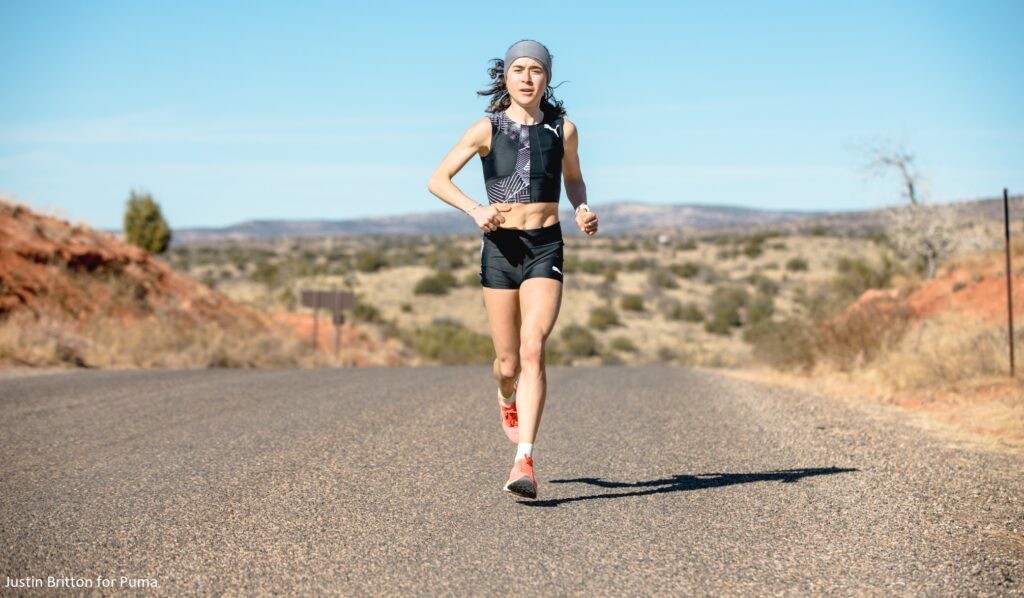
Seidel, 26, will be returning to Atlanta on February 28, where she will run a special edition of the Atlanta Half-Marathon which will be held at the sprawling Atlanta Motor Speedway, partly on the facility’s 1.5-mile race track. The race, part of Atlanta’s Marathon Weekend organized by the Atlanta Track Club, was moved from the streets of the city a year ago to the racetrack grounds in order to offer athletes of all abilities a COVID-safe, in-person running competition. Seidel said she’s never actually run on a racetrack, but she’s very excited by the concept.
“When the race opportunity came up in Atlanta we immediately jumped on that,” Seidel told Race Results Weekly. She added: “I’ve had a lot of exposure to race tracks because my dad and my brother race cars semi-professionally. It’s super cool to watch. I love it.”
Speed is what Seidel will be after in Atlanta. She’ll be using this event as part of her build-up to the Olympic Marathon in Sapporo on August 7, and thinks it fits perfectly into the training plan she and coach Jon Green have devised. She is trying to use as productively as possible the extra year of preparation time she’s been given by the pandemic in advance of the Tokyo Olympics.
“Basically being in kind of a unique position of having already secured the spot several months out we, my coach Jon and I, got to plan backwards a little bit,” Seidel said. “A big part of that is try to, like, get in a combination of strength and speed that I need for Sapporo. For me I really wanted to be able to focus on the half-marathon a little bit more just because… doing stuff on the roads gets me a little bit more excited than doing stuff on the track. The half-marathon is a distance that I haven’t been able to deeply explore yet. It’s been fun getting to learn that distance a little bit better.”
It’s hard to believe that Seidel only ran her first half-marathon on October 26, 2019, at the low-key Cape Cod Half-Marathon in Massachusetts. Facing no competition, she clocked 1:14:10 and finished ahead of the next woman finisher by more than eight and a half minutes. Some five weeks later, she ran her first serious half off of full training, winning the Humana Rock ‘n’ Roll San Antonio & Half-Marathon in a very elite 1:10:27, bettering Shalane Flanagan’s course record by 22 seconds. That performance was pivotal because it qualified her for the Olympic Trials where she made her marathon debut.
Since then, Seidel has lowered her half-marathon best to 1:09:20, a mark she set in a “micro race” outside of Las Vegas last month which only had 37 finishers. For that event, called the Las Vegas Gold Half-Marathon, Seidel said that she went into it with no set goals and just tried to have fun.
“It felt great,” she said of the race which was only for elite athletes. “Really my coach just told me, don’t look at the watch. Just go out, hop between groups of guys as they come back to you, but have fun with it. That’s really what it was. It was just a chance to bust a run, trying to get back into the swing of things, try out the new shoes. Yeah, it was a good day.”
The “new shoes” were her Puma racing shoes, the first time she wore them in competition after announcing she had switched sponsors from Saucony to Puma last month. She’s excited by that transition, and got very comfortable with her new competition footwear by wearing them extensively in training.
“Everybody at Puma, from the first time I went in to meet with them to now when I’m working with them in an official capacity, has been just awesome,” said Seidel whose cell phone signal cut out a few times as she drove through a forest. “That was one of the reasons I wanted to go with them, like, really game for some awesome ideas. It’s really a lot of innovation going on and a really cool attitude. It’s been very fun. It’s been a really good transition. I’ve been enjoying it immensely. Even more so getting to wear, frankly, a really great pair of racing shoes, not only training in them but racing in them, exploring new things that I can do.”
As good as her performance was in the Las Vegas race, Seidel was quick to point out that it did not represent a full effort off of dedicated preparation. The Atlanta race will be different. She wants to see what she can do after putting everything into it, like a race car driver bringing out a new car with a newly tuned engine.
“The Vegas one we just kind of trained through that,” she explained. “We just used that as a workout. This one we’ll go into it with a full-on race mentality, taper a little bit that week.”
While Seidel wouldn’t offer a specific time goal, the Atlanta Track Club has recruited two male pace makers to shepherd her through the two-loop, record-eligible course at a sub-1:09 pace. Depending on how she feels, it is always possible that the American record could enter her mind. The USA record is 1:07:25 by Molly Huddle set in Houston in 2018. Only four American women have run sub-1:08 on a record-quality course: Huddle, Emily Sisson (1:07:30), Deena Kastor (1:07:34), and Jordan Hasay (1:07:55). (Kara Goucher also ran 1:06:57 at the slightly downhill Great North Run in England in 2007).
“Road racing is just exciting to me in a way that track racing is not,” Seidel admitted. “Not that track racing isn’t exciting, but it’s just a different style of running. It’s much more similar to cross country in college, rather than that exacting nature of hitting your exact paces every lap on the track. I think I love the competition and… the fact that it will be different every time. I personally find that road racing lights my soul on fire more.”
Of the other 16 elite women entered in the race at least two, Eilish McColgan of Scotland and Natosha Rogers of Rochester Hills, Mich., could challenge Seidel. McColgan, the 2018 European Championships silver medalist at 5000m, will be making her half-marathon debut. She has covered the distance before, unofficially, working as a pacemaker at the 2020 Virgin Money London Marathon last October where she went through halfway in 1:12:26. She was supposed to run the super-fast RAK Half-Marathon in Ras Al Khaimah in the United Arab Emirates, but that race was recently cancelled due to the pandemic. Rogers, now part of the Hansons-Brooks Original Distance Project, was the USA half-marathon champion in 2017 where she set a personal best of 1:10:45. Seven women in the field have run sub-1:14.
Motor racing may excite Seidel, but she won’t be driving her father’s race car any time soon. She’s 5′-4″ (163cm), and the driver’s seat is permanently set for his six-foot height.
“I’d love to but, frankly, I’m not tall enough,” she said with a laugh. “It’s very set for their specific heights. So, I’d need to wear stilted shoes, or something. I do enjoy driving very much. I’m definitely not the fastest in my family, though.”
by Let’s Run
Login to leave a comment
U.S. Olympic Marathon Trials winner Aliphine Tuliamuk will be the first elite female athlete to receive financial assistance as she recovers from childbirth and trains for the 2021 Olympics
In November 2007, Paula Radcliffe won the New York Marathon, a mere nine months after giving birth to her first child. In 2011, Kara Goucher finished fifth at the Boston Marathon and set a new PB only 7 months after delivering her baby.
Shelly-Ann Fraser-Pryce won the women’s 100m at the World Championships in 2019, with her two-year-old son in the audience.
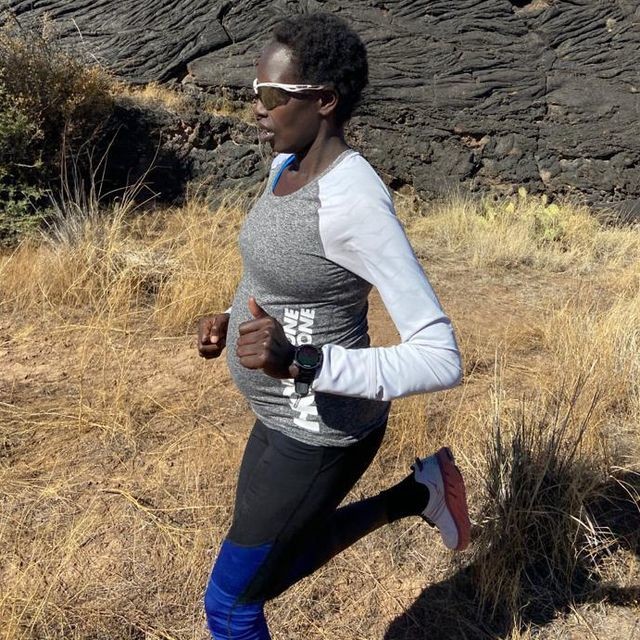
While there have been many incredible stories of female athletes who have returned to sport after childbirth with great success, the reality is that many struggle during those first weeks, months and years, and are sometimes forced to choose between their athletic careers and their families.
The U.S.A. Track and Field (USATF) Foundation has now committed to providing support for these women through a new grant program, with U.S. Olympic Marathon Trials winner Aliphine Tuliamuk as the first recipient of financial assistance.
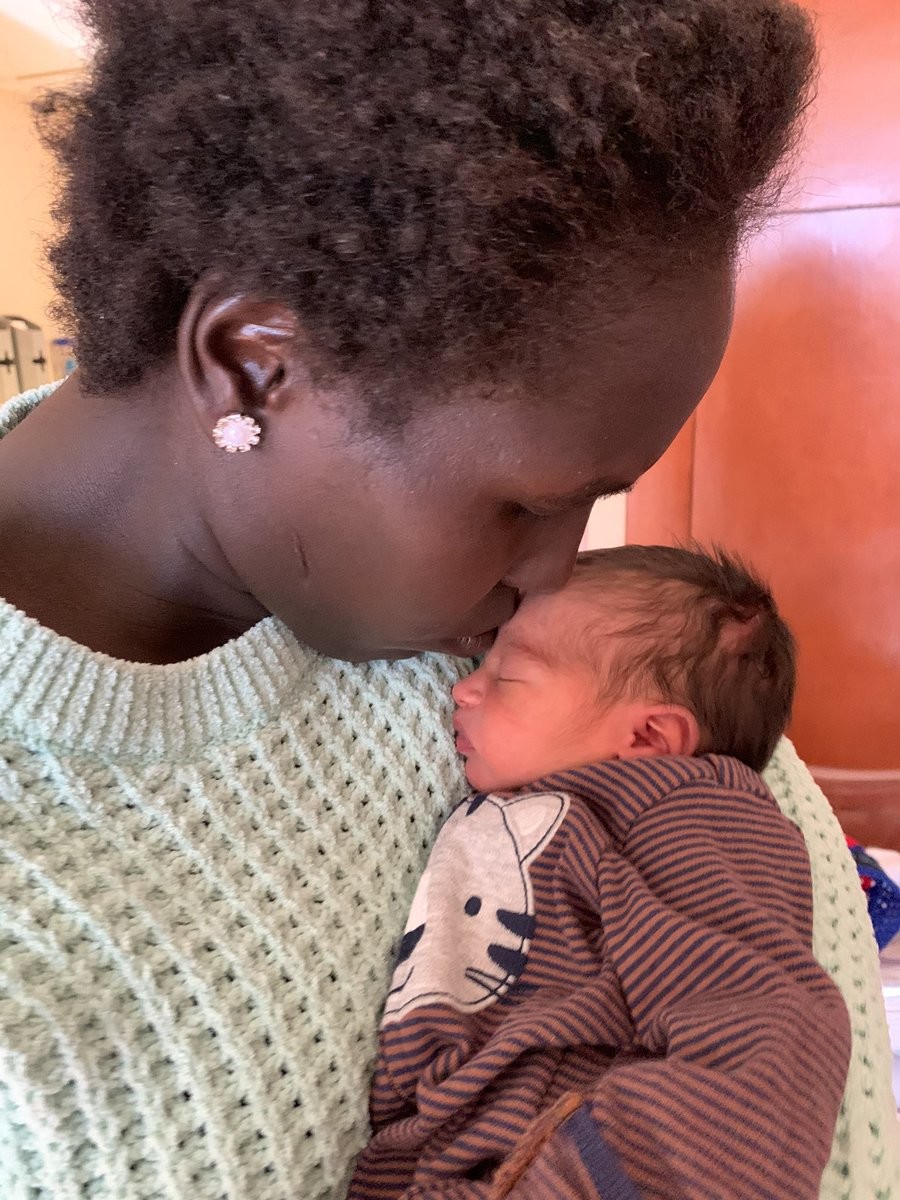
The USAFT Maternity Grant Fund will provide assistance to elite female Track and Field athletes and runners during their pregnancy and postpartum when they are recovering. The USATF Foundation website says “this fund will allow elite females athletes confidence that there is financial assistance available if needed.” The fund was started with a donation from USATF Foundation Director Lisa Larson, who says that although pregnancy and childbirth can be unpredictable, it is clear that female athletes can return to sport better than ever when given the proper support.
Tuliamuk, the first recipient of the grant, won the U.S. Olympic Marathon Trials in February 2020.
When the COVID-19 pandemic hit and the Olympics were postponed, she and her partner took this extra time to start growing their family, and Tuliamuk gave birth to the couple’s first baby girl last month.
She is now preparing to compete in the marathon at the Tokyo 2021 Olympics, which will take place only 6.5 months after her daughter was born. Tuliamuk is very thankful to be the first recipient of this new fund, and she says it will help cover the couple’s babysitting needs so she can rest and return to training as quickly as possible.
"Iam so grateful that USAFT Foundation chose me as their first recipient of the maternity grant,” she tells usatffoundation.org, “being a new mom is challenging enough, let alone being a new mom who’s representing her country in the summer Olympics 6.5 months postpartum.”
by Brittany Hambleton
Login to leave a comment
Aliphine Tuliamuk announces pregnancy and planning for Tokyo Olympics
Aliphine Tuliamuk, who won the U.S. Olympic Marathon Trials on Feb. 29, is due with her first child, a daughter, in January and plans to race at the Tokyo Games on Aug. 7.
Having a full pregnancy between qualifying for and competing in an Olympics is, of course, rare. The one-year Olympic postponement from July 2020 to July 2021, announced four weeks after the marathon trials, made it possible for Tuliamuk.
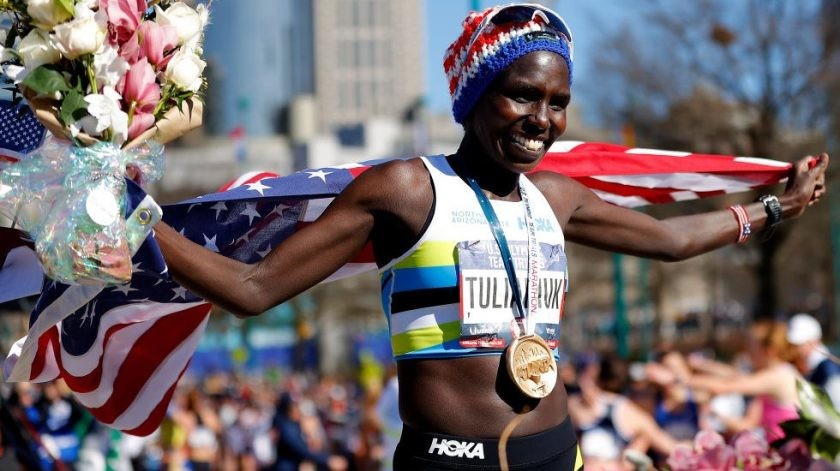
“My family plans were to race the Olympics [in 2020], and then run the New York City Marathon in November of this year and then, after that, start a family,” she said.Aliphine Tuliamuk, who won the U.S. Olympic Marathon Trials on Feb. 29, is due with her first child, a daughter, in January and plans to race at the Tokyo Games on Aug. 7.
Having a full pregnancy between qualifying for and competing in an Olympics is, of course, rare. The one-year Olympic postponement from July 2020 to July 2021, announced four weeks after the marathon trials, made it possible for Tuliamuk.
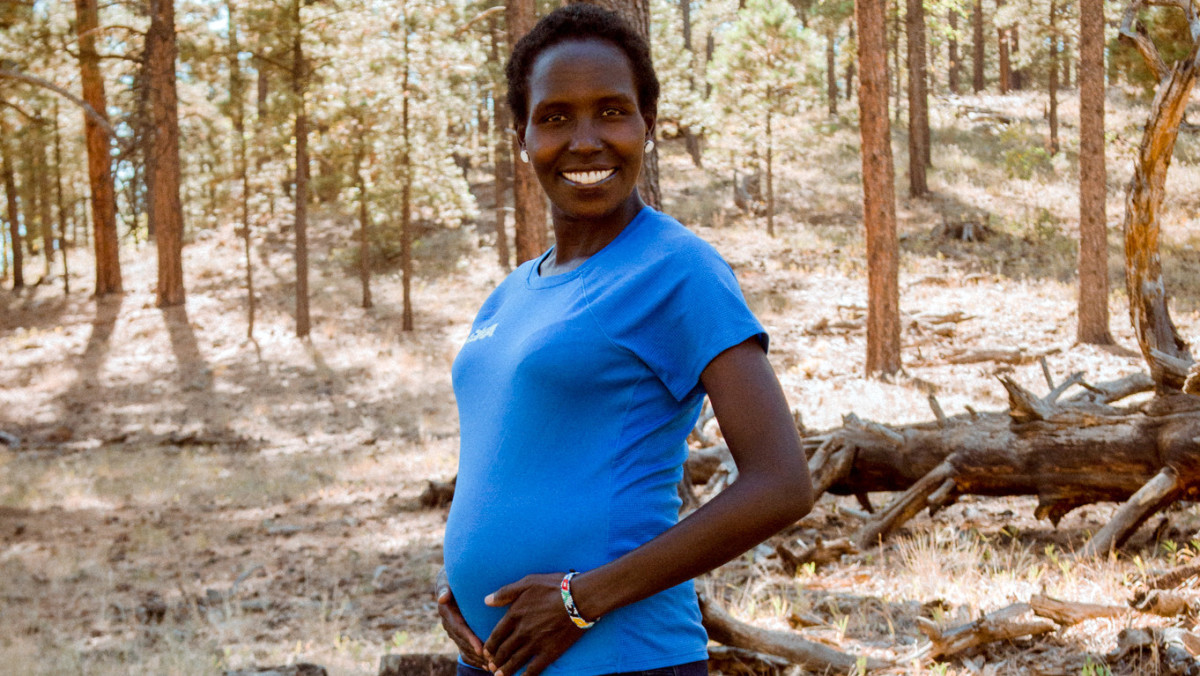
“My family plans were to race the Olympics [in 2020], and then run the New York City Marathon in November of this year and then, after that, start a family,” she said.
Tuliamuk will make a rare turnaround for a top-level marathoner. Many others returned from pregnancy to race 26.2 miles, but most after a longer break.
Notably in recent years, American Kara Goucher had son Colt in September 2010, then finished fifth in the Boston Marathon nearly seven months later. (Goucher also raced a half marathon less than four months after childbirth.)
Great Britain’s Paula Radcliffe had daughter Isla in January 2007, then won the New York City Marathon that November.
In diving, Pat McCormick had son Tim in March 1956, then, eight months later, repeated as Olympic champion on the springboard and platform.
“One thing that I’ve been craving in this period is to hear stories of women who were having families and still planning to get back into competitive sports,” Tuliamuk said, “and I’m so excited that I’m going to be one of those women that other women will look up to because we need role models.”
“When I’m running, I don’t even feel like I’m pregnant,” Tuliamuk said two weeks ago. “It’s mostly just running for the love of it.”
Rosario hasn’t written a workout for Tuliamuk in months.
“Wake up every day, try to get a run in,” he said. “If your body tells you not to, then don’t.”
Rosario leans on experience from coaching another NAZ Elite pro, Stephanie Bruce, who twice returned from childbirth to marathoning. Bruce was sixth at trials and is racing another 26.2-miler, The Marathon Project, on Dec. 20, before turning focus to the Olympic track trials 10,000m.
Bruce stressed that every pregnancy and return to elite running is different, but she is confident her teamate can run well in Tokyo.
“It’s not like in the past where women were told, well, you can just race until you’re done racing, and then you can start a family,” said Tuliamuk, who recently re-signed with apparel sponor Hoka One One for the next four years. “You can do both of them.”
by Nick Zaccardi
Login to leave a comment
Tokyo 2020 Olympic Games
Fifty-six years after having organized the Olympic Games, the Japanese capital will be hosting a Summer edition for the second time, originally scheduled from July 24 to August 9, 2020, the games were postponed due to coronavirus outbreak, the postponed Tokyo Olympics will be held from July 23 to August 8 in 2021, according to the International Olympic Committee decision. ...
more...Jordan Hasay is set to get back on track at Valencia Marathon
No American marathoner has experienced more ups and downs during this Olympic cycle than Jordan Hasay. When Hasay first transitioned to the roads full-time at the start of 2017, she was a sensation, much like her high school days when a teenage Hasay, long blonde ponytail bobbing in the wind, won two Foot Locker Cross Country titles and dazzled the crowd at the 2008 Olympic Trials at just age 16. Fast half marathons early in 2017 in Houston (68:40) and Prague (67:55) set expectations for her first marathon at 2017 Boston through the roof, and somehow, she exceeded them: her 2:23:00 broke Kara Goucher‘s US debut record by almost three minutes.
That fall, Hasay knocked 2+ minutes off her pb, finishing third in Chicago in 2:20:57, the second-fastest marathon ever by an American woman. The sky seemed to be the limit.
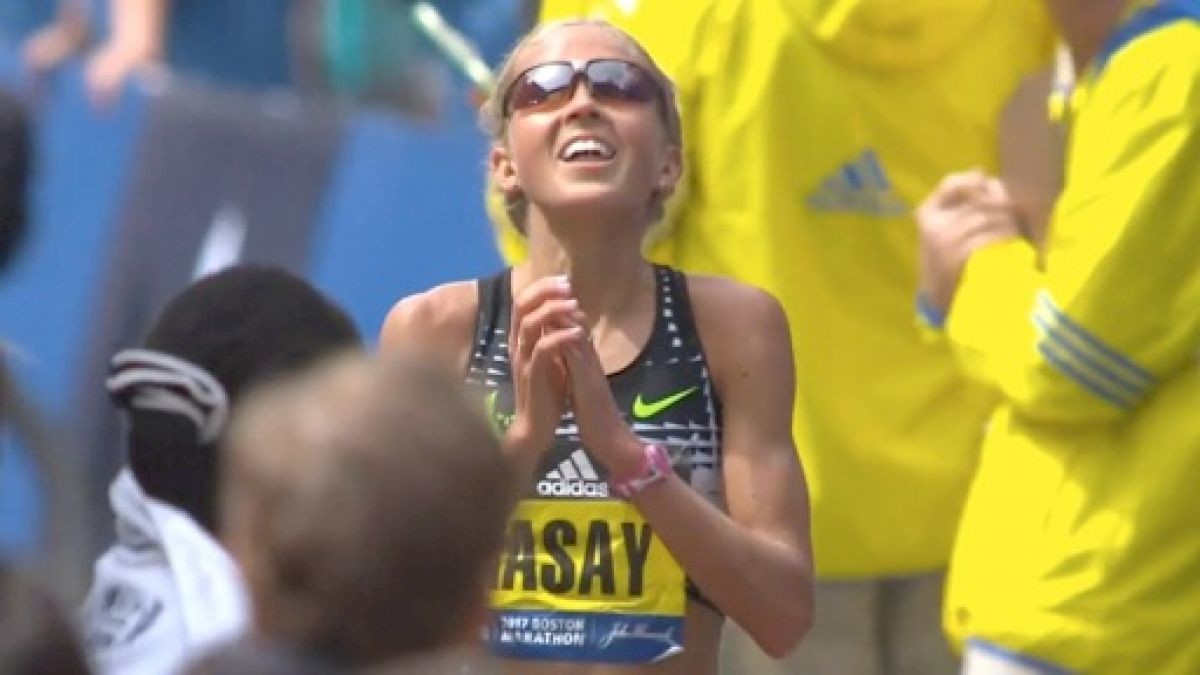
But Hasay was brought back to Earth the following year: she didn’t run a single marathon in 2018, withdrawing on the eve of the Boston Marathon due to a stress reaction in her heel; a fracture in the same heel forced her out of Chicago that fall as well. 2019 brought highs and lows: a third-place showing in Boston set Hasay up as a prime contender for a spot on the US Olympic team, only for her coach Alberto Salazar to be banned from the sport in September, just two weeks before Hasay dropped out of Chicago after just 5k with a hamstring injury.
Hasay still wasn’t at 100% for the Olympic Trials in February 2020, where she gutted out a 2:37:57, 26th-place finish on a brutal day in Atlanta.
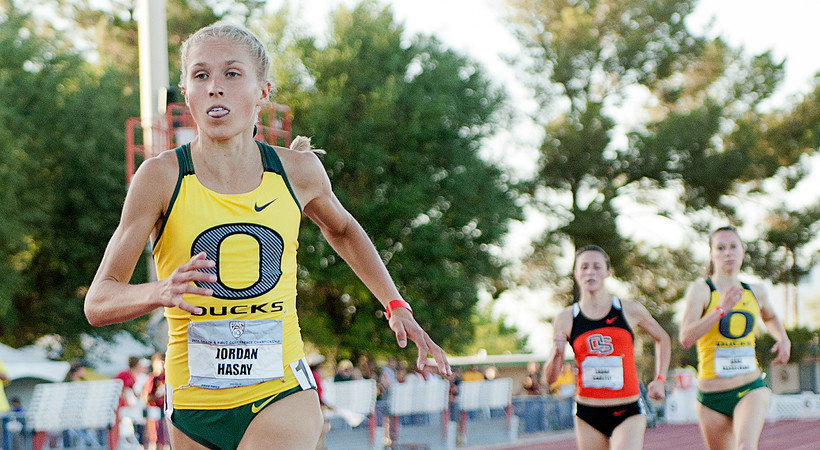
Post-Trials, 2020 has offered a chance for Hasay to reset. Now working with former marathon world record holder Paula Radcliffe, Hasay took a chunk of time off following the Trials to heal the back and hamstring issues that plagued her in Atlanta and has reduced her training volume in an effort to stay healthy. With limited racing opportunities and no major marathons until the fall of 2021 (at the earliest), the pressure of expectations has momentarily paused. Hasay doesn’t need to rush back to race.
Hasay is racing on Sunday, though, traveling to Spain as one of just two Americans entered at the Valencia Marathon (Emily Sisson will also be racing the half). But Radcliffe is hoping Hasay approaches it differently than her last few marathons.
“She is healthy and looking forward to getting back out and enjoying racing again,” Radcliffe wrote in a text message to LetsRun.com. “We think this year of all years, if you are healthy and have an opportunity to get out and race, you should go and have fun.”
Hasay has never been one to shy away from big goals. Within hours of finishing third in Boston last year, she declared that she would chase the American record in Chicago in the fall. Injured there, Hasay rushed back for the Trials and ran them at less than 100% because she had to run the Trials — giving up on her Olympic dream was simply not an option. Radcliffe can relate, perhaps better than anyone. In 2004, just two weeks before her best shot at Olympic gold, Radcliffe developed a leg injury. She ran those Olympics in Athens anyway, but the injury, stress, and pressure left her a shell of herself. She dropped out of both the marathon and 10,000 meters.
Radcliffe’s hope is that Hasay’s return on Sunday is more about “rediscovering her love of racing” than dealing with the stress of expectations.
“We don’t really have a time goal,” Radcliffe wrote. “I really want her just to get back to racing without stress and enjoying it, so have deliberately said to just enjoy the race and not look at splits too much.”
by Jonathan Gault
Login to leave a comment
VALENCIA TRINIDAD ALFONSO
The Trinidad Alfonso EDP Valencia Marathon is held annually in the historic city of Valencia which, with its entirely flat circuit and perfect November temperature, averaging between 12-17 degrees, represents the ideal setting for hosting such a long-distance sporting challenge. This, coupled with the most incomparable of settings, makes the Valencia Marathon, Valencia, one of the most important events in...
more...Chris Nikic has made history becoming the first person with Down's syndrome to finish an Ironman triathlon
A 21-year-old triathlete from Florida has become the first person with Down's syndrome to finish an Ironman event - swimming 2.4 miles, cycling 112 miles and running a 26.2-mile marathon.
Chris Nikic crossed the line in 16 hours 46 minutes nine seconds - less than 14 minutes under the official cut-off time at the Visit Panama City Beach Ironman in Florida - to earn official recognition from Guinness World Records.
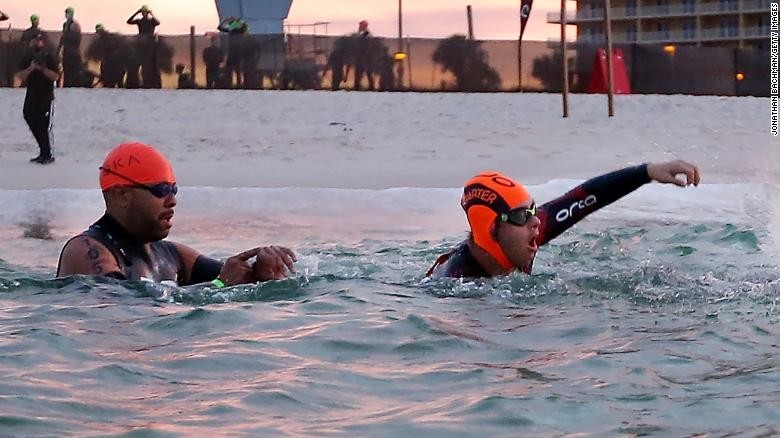
"You have shattered barriers while proving without a doubt that anything is possible," the official Ironman account tweeted.
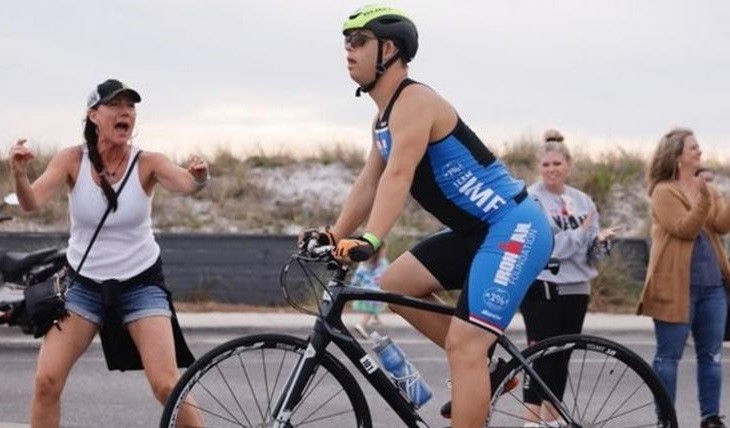
Chris Nikic begins the swimming portion of the Ironman Florida.
"Ironman. Goal set and achieve," said Nikic in a post to Instagram. "Time to set a new and Bigger Goal for 2021."
Nikic completed the race in 16 hours 46 minutes and 9 seconds -- 14 minutes under the 17-hour cutoff time.
Nikic fell off his bike and was attacked by ants at a nutrition stop, but he pushed on to finish the competition, the Special Olympics said in a release.
"We are beyond inspired, and your accomplishment is a defining moment in Ironman history that can never be taken away from you," the Ironman Triathlon organization said in a post to Twitter.
The organization documented the historic race with a series of updates to social media on the day of the competition. The final two miles of Nikic's run were streamed live on Ironman's Facebook page.
Chris Nikic competes in the bike portion with his guide, Dan Grieb, during Ironman Florida.
Nikic and his father Nik developed the "1 percent better challenge" to stay motivated during training. The idea is to promote Down syndrome awareness while achieving 1% improvement each day, according to Nikic's website.
"To Chris, this race was more than just a finish line and celebration of victory," Nik Nikic said. "Ironman has served as his platform to become one step closer to his goal of living a life of inclusion and leadership."
Nikic's accomplishment earned him congratulatory messages from celebrities, such as tennis great Billie Jean King and runner Kara Goucher, and people around the world, including 33,000 new followers on social media, according to Nikic.
After his record-setting achievement, Nikic will focus on competing in the 2022 Special Olympics USA Games and continuing to raise money for Special Olympics, Down syndrome and RODS (Racing for Orphans with Down Syndrome) through his platform.
"I achieved my goal and now I want to help others like me," he wrote to Instagram.
by Kelsie Smith, CNN
Login to leave a comment
Olympian Kara Goucher, Whose Grandfather Died from COVID, Responds to Trump's 'Tone-Deaf' Comments
Olympic runner Kara Goucher is calling out President Donald Trump for his "tone-deaf" remarks downplaying the severity of COVID-19 as her grandfather was "suffering greatly" and later died from the coronavirus.
Just hours before her grandfather's death Tuesday night, the athlete joined Anderson Cooper on CNN's Full Circle to discuss her grandfather's battle with COVID-19 and how she felt "disrespected" by the president's recent comments.

After Trump was discharged from the hospital and returned to the White House Monday night, he released a video message on social media, in which he asserted that the novel coronavirus (COVID-19) — which has killed over 210,000 people in the U.S. alone — is nothing to be concerned about, in his opinion.
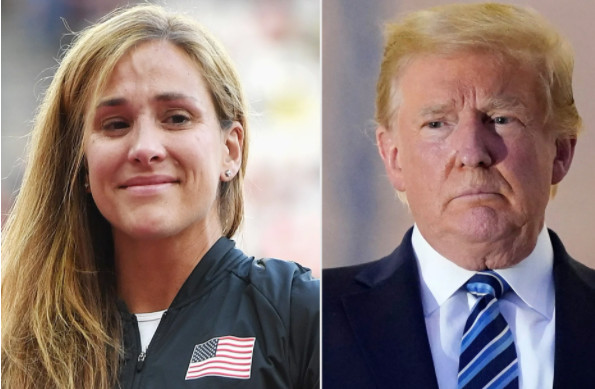
"One thing that's for certain: don't let it dominate you. Don't be afraid of it. You're gonna beat it. We have the best medical equipment, we have the best medicines, all developed recently. And you're gonna beat it," the 74-year-old said.
The message echoed a tweet Trump posted earlier in the day, in which he wrote: "Don’t be afraid of Covid. Don’t let it dominate your life. We have developed, under the Trump Administration, some really great drugs & knowledge. I feel better than I did 20 years ago!"
Goucher said she was packing a bag to fly to Minnesota to see her grandfather, Calvin Haworth, for "one last time" when her sister forwarded Trump's message to her.
"I just felt really disrespected, I felt like my grandfather was disrespected, I felt like all the people who have been suffering through this were disrespected," Goucher told Cooper of the president's comments, trying to hold back tears.
"It just felt so tone-deaf and just really not the right thing to say," she said. "To say ‘Don’t let it dominate your life' — this is my life. This is his life. He is literally taking his last very painful breaths."
While the Olympian said she was "glad that the president got top care," not everyone can be so lucky.
"That is not the reality for hundreds of thousands of other people and their family members," she explained. "It just felt very dismissive."
"I was just not happy about that tweet at all," she added. "[My grandfather's] life is worthy and he deserves to be respected."
Goucher told Cooper that she and Haworth had a "rich, long relationship" as he raised the athlete and her sisters after their father passed away.
The professional runner said her grandfather was "contributing to [her] life and so many other lives" through his final moments.
She expressed the importance of having compassion in times like these and to "stop making this political."
"This needs to be about compassion and caring for your fellow citizens and doing what’s right to protect other people," she said. "This is a loss that shouldn’t be happening. We should’ve been able to see him in the last seven months and we should be able to sit there and hold his hand right now and we can’t."
"Please show compassion and think of life bigger than just yourself," she concluded.
Goucher announced her grandfather's death late Tuesday night on Twitter.
"Fight on Papa," he wrote alongside a picture of her family at her wedding. "He would be overwhelmed with the support he has received from you all."
by People Magazine
Login to leave a comment
Grandma's Marathon adds a female runner to logo
Grandma’s Marathon is adding a female runner to its logo, a move race organizers say is “long overdue.”
“We thought with the 45th anniversary coming up it would be a great time to make that update,” said Shane Bauer, executive director of Grandma’s Marathon. “It’s been talked about for years.”
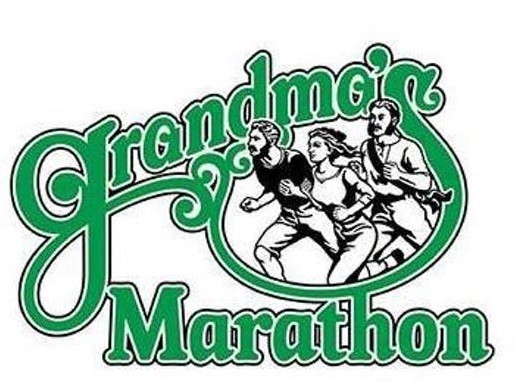
The logo was adapted from founding sponsor Grandma’s Saloon and Grill and features black-and-white drawings of three runners in a loop. The middle runner was replaced with a woman.
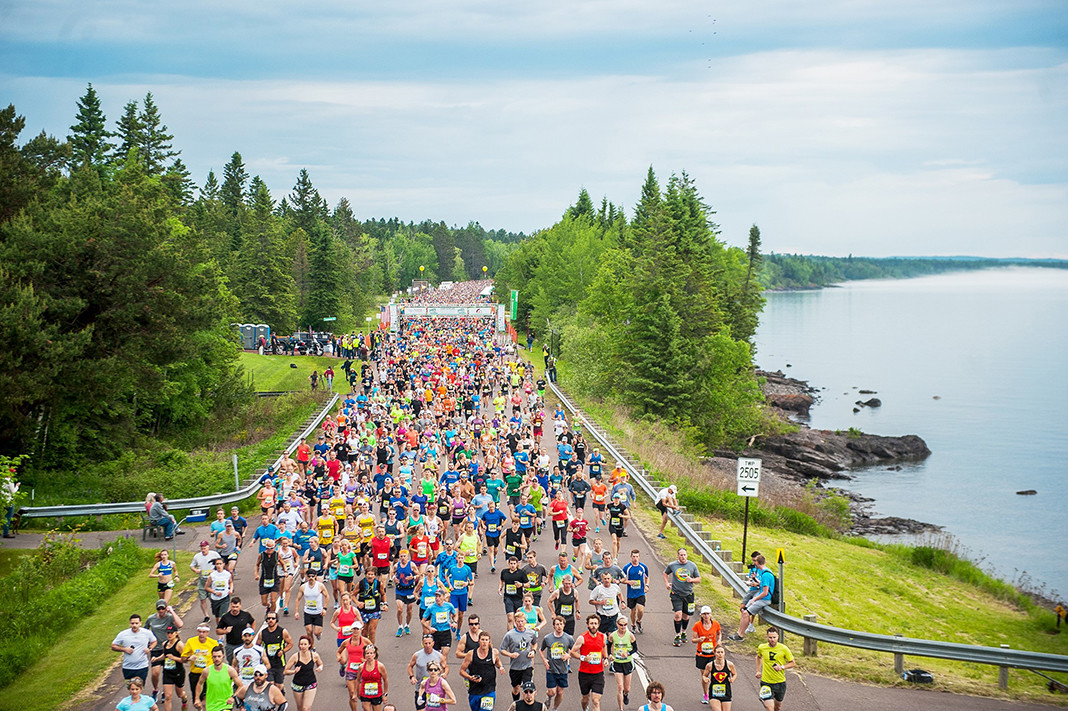
An increasing number of women have run Grandma’s nearly every year since it began in 1977, and a majority of half-marathon runners have been women since that event began in 1991.
“Thinking about Kathrine Switzer pushing her way into the Boston Marathon, that wasn’t so long ago,” Bauer said about the first woman to run that race in 1967.
“There has been quite the flip.”
Duluth native and Olympic long-distance runner Kara Goucher said she’s “proud” that organizers updated the branding.
“I think we women want representation and I think to have it in the logo is a really big deal,” said Goucher, who lives in Boulder, Colo., but was visiting Duluth this week.
“Those are small steps that make a huge difference for their audience.”
Goucher is an advocate for getting more women and girls into running. After handing out water at Grandma’s Marathon and “loving the race” as a spectator while growing up, the 42-year-old said it was important to “see what was possible.”
“I think it’s one of the great sports where there is equal representation — you’re never going to see that in football or basketball or soccer,” she said. “It’s one of the places where we have equal access most of the time.”
Bauer said that women have also played an important role in the Grandma’s Marathon organization, making up a majority of the paid staff.
“If you look at our history, women have really run the show,” he said. The logo change was prompted by Grandma’s Gazette, the official race publication from Grandma’s Restaurant, which added a woman to its line-art logo in 2019, Bauer said.
Next year’s marathon will be run at half capacity — 4,000 each for the full marathon and the half and 1,500 for the 5K. Race weekend typically draws 18,000 runners and is a major boost for Duluth’s tourism economy.
The race runs along the North Shore between Two Harbors and Canal Park in Duluth and is a Boston qualifier.
Bauer said “we’re choosing to be optimistic” about running the race in person next year, but the pandemic may have other plans.
The 2020 race scheduled for June 22 was canceled at the end of March, marking the first cancellation since the marathon began.
The 45th-annual Grandma’s Marathon and Garry Bjorklund Half Marathon are scheduled for June 19.
by Brooks Johnson
Login to leave a comment
Grandmas Marathon
Grandma's Marathon began in 1977 when a group of local runners planned a scenic road race from Two Harbors to Duluth, Minnesota. There were just 150 participants that year, but organizers knew they had discovered something special. The marathon received its name from the Duluth-based group of famous Grandma's restaurants, its first major sponsor. The level of sponsorship with the...
more...Shalane Flanagan Adopts a newborn Baby Boy Jack Dean Edwards
She’s a four-time Olympian for Team USA, and now Shalane Flanagan is a mom.
The former track and field and marathon star announced she and husband Steve Edwards became parents after adopting a newborn son this week.
“By far, the greatest gift we have ever been given. Jack Dean Edwards,” she captioned an Instagram slideshow of the swaddled baby. “On April 28th, Steven and I welcomed Jack with full hearts and open arms into our family through adoption.
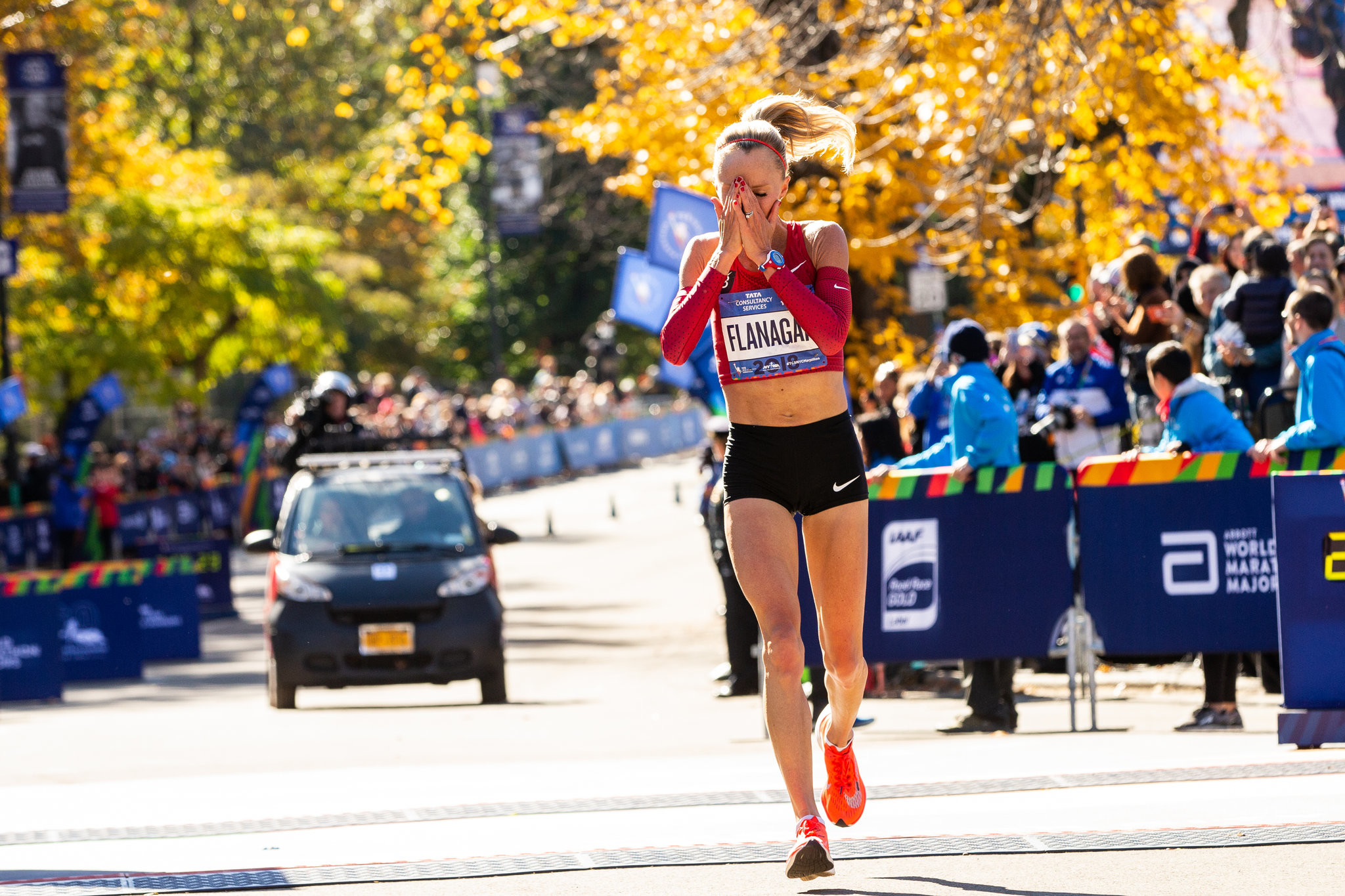
“I was not prepared for a love like this."
Jack arrived Thursday at 8:56 a.m., weighing 6 pounds 10 ounces, Flanagan wrote.
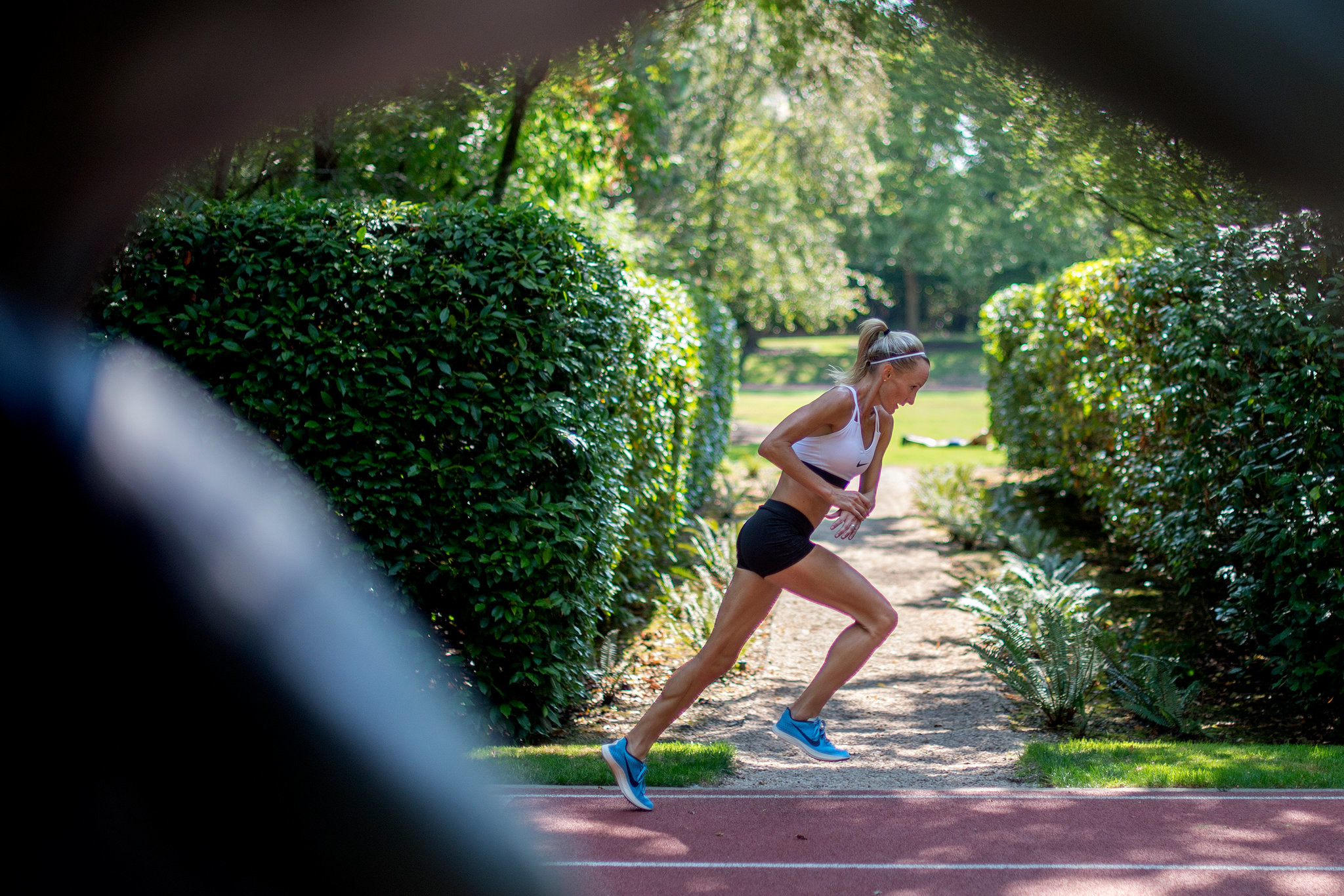
The couple previously fostered teenage sisters, and soon after began looking into adoption. Flanagan opened up about the process in a March 2019 article with Women’s Running, saying they had applied for an infant adoption but were also exploring foster adoption.
“There’s such a need and my heart goes out to these kids,” she said. “I feel like Steve and I are in such a fortunate position to be able to give kids care and a home. …
“We may adopt an infant. We may adopt toddlers. We don’t know, but we’re putting ourselves in a position for whatever kids are in need. It’s scary but exciting. It’s a totally different life, but it’ll be fun.”
Flanagan, a native of Marblehead, Massachusetts, who now lives in Portland, Oregon, made her Olympic debut in 2004 on the track, and four years later won a bronze medal that was later upgraded to silver in the 10,000-meter in Beijing. She switched to marathon after that, finishing 10th in London and sixth in Rio.
Along with Des Linden and Kara Goucher, Flanagan helped usher in a new generation of U.S. women’s marathoners, and in 2017 her win at the New York City Marathon ended a four-decade drought for U.S. women’s runners.
She retired from elite racing in October 2019 to pursue a career as a coach. NBC also hired her as an analyst.
Several fellow Team USA stars were quick to congratulate Flanagan on Instagram, including Goucher and Allyson Felix, both of whom are also mothers.
“Congrats Shalane!” Felix wrote. “So happy for you"
by Chros McDougall
Login to leave a comment
NCAA steeplechase champ, US Olympian and Vaporfly Researcher Shalaya Kipp Talks about the New Shoe Regulations
After World Athletics released its new shoe rules today, we recorded a special bonus podcast about the ruling. We invited 2012 NCAA steeplechase champ and US Olympian Shalaya Kipp, who is now a PhD candidate in Exercise Physiology at the University of British Columbia, to be our expert guest. Kipp, along with others, including Wouter Hoogkamer and Rodger Kram, has published three different scientific papers dealing with the technology behind the Nike Vaporfly shoes.
We could think of no better guest to feature than Kipp; she was part of the study published in November 2017 that actually gave the Vaporflys their 4% name as the scientists behind that study found that they boosted running economy by 2-6%.
You will eventually be able to listen to the whole podcast here, and we encourage you to do so as it was fascinating to hear from Kipp. But if you don’t have 23 minutes to listen to Kipp, then we’ve got virtually all of her best comments transcribed for you below. She reacts to the ruling, talks about what it was like to watch the marathon in 2016 knowing the Nike athletes had a huge advantage, and how she believes the new shoes kept her training partner Kara Goucher off the 2016 Olympic team.
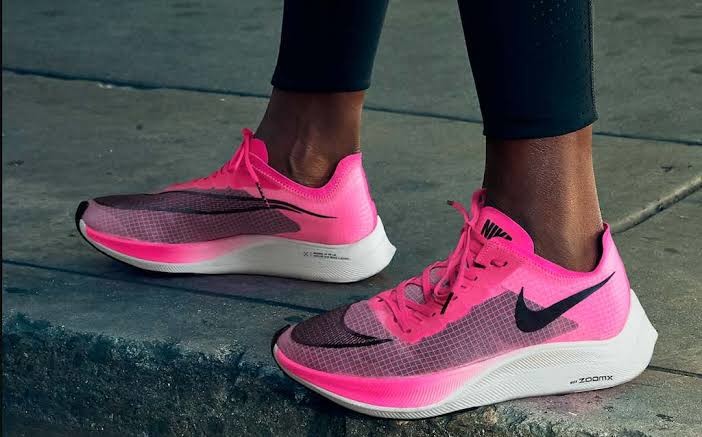
Shalaya Kipp overall is very pleased with World Athletics’ new shoe regulations
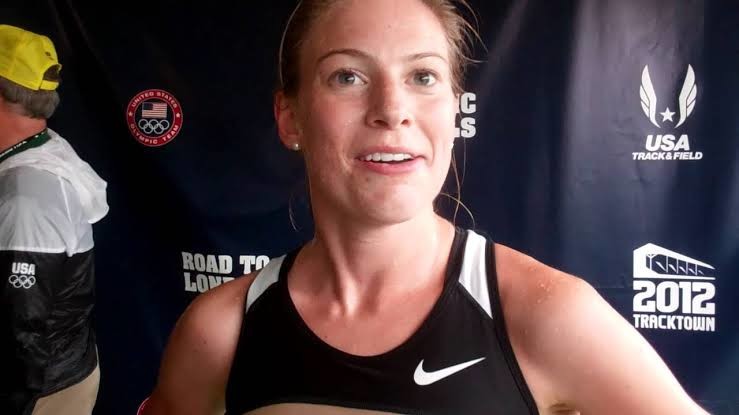
I guess the thing I was most excited to see was that no prototypes can be used in subsequent competitions [after April 30, 2020,] and that the product needs to be on the market for at least four months. That really made me happy… Putting that four months in there, I liked that a lot…
We point the finger at Nike but really everyone is running in prototypes – we’ve got to remember that…
The fun scientist in me doesn’t want to limit innovation too much. I think it’s great that someone wanted to go out with a waffle iron and start creating their own shoes. I don’t want to put too many limits [on innovation]. What I do want to see is that the athletes aren’t getting the butt end of that. [I want it to be fair] for all of them. I’m happy with the limitations that came out. I wouldn’t have added anything.
Shalaya Kipp thinks other shoe companies will catch up with Nike and that the playing field will be level “within a year or two.” In the interim, she urges the non-Nike companies to let their athletes race in Nikes. “They need to let their athletes run in the Nike Vaporfly right now if they want their athletes to be performing well or they are going to be at a disadvantage.”
You know I think it’s definitely feasible [for the other companies to catch up]. I don’t think it’s that hard for them… As long as they start developing their own foams, getting a carbon-fiber plate in there. We’re going to see it happen. It’s going to take a little catchup but within a year or two, I think it’s going to all become a wash again and the playing field is gonna become level… Maybe I’m an optimist. I want that for the sport.
I really hope that those shoe companies are doing their own internal tests and they know how well their shoe is performing. And if their shoe is not up to standards, they need to let their athletes run in the Nike Vaporfly right now if they want their athletes to be performing well or they are going to be at a disadvantage. We know that that shoe is working well and that it’s creating all the results.
[In our study, we tested] the shoes that they used in Rio and it was the same shoe they used for the Olympic Trials…It wasn’t [called] the Nike 4% at the time as that comes from our findings. All [Nike] said was “this shoe is special.” And actually the whole time we were calling it “The Magic” because we didn’t have a name for it and really whenever we put someone in the shoe in the lab, it seemed like a magical result that was coming out.
by Robert Johnson
Login to leave a comment
Nike employees protested at the Beaverton, Ore. headquarters on Monday following the reopening of the building named after Alberto Salazar
On Monday, the day that the sportswear giant Nike reopened the Beaverton, Ore. headquarters building named after disgraced coach Alberto Salazar, Nike employees staged a protest regarding its mistreatment of women, and were threatened with termination if they spoke to the media.
The Wall Street Journal reports that, “A flier circulating among employees read, “Join us for a campus walk to celebrate what women bring to sport and to raise awareness of how Nike can support our female athletes and employees.”
There was another flier circulating ahead of the protest–this one was also distributed by Nike employees but had a different tone. It read, “No employee is permitted to speak to news media on any NIKE-related matter either on- or off-the-record, without prior approval from Nike Global Communications.” The policy continues, “Failure to comply with NIKE’s media policy could result in termination of employment.”

Nike spokesperson Greg Rossiter said to The Willamette Weekly that this cautionary flyer was not officially distributed by the company. “We respect and welcome employees’ feedback on matters that are important to them. The flier prepared by some employees was not officially distributed by Nike.”
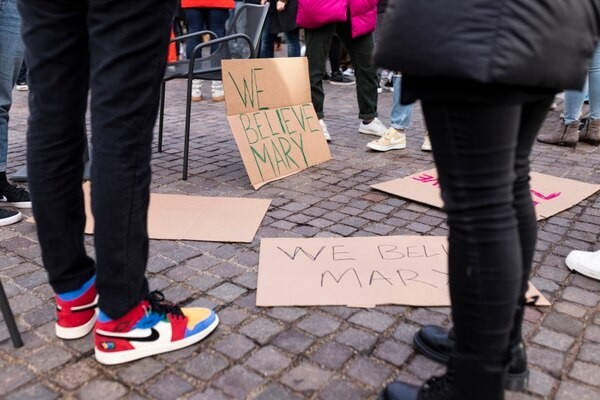
The US Anti-Doping Agency banned Salazar in September for four years following a years-long investigation and secret arbitration case. The details appear in a BBC report and a statement by USADA outlining the specific charges, which include trafficking in testosterone (a banned substance), illegal methods and evidence-tampering at the Nike Oregon Project’s Beaverton, Oregon headquarters. Salazar is former coach to Mo Farah and Kara Goucher and current coach of marathoner Galen Rupp and the newly-crowned 10,000m champion Sifan Hassan, among others.
Nike shut down the NOP training group 11 days later. Salazar’s athletes have since found new coaches and training groups.
Following the dissolution of the NOP, American prodigy Mary Cain came forward and told her story about her experience with the group. According to Cain, the NOP’s “win at all costs” mentality involved Salazar and his assistant coaches (who are not named) pushing her to take birth control pills and diuretics to lose weight, weighing her and verbally abusing her in front of her teammates. Cain’s success on the track came at a huge price: she didn’t have her period for three years, which weakened her bone health so much that she endured five stress fractures. Her success dwindled, and when she left the program, nobody really knew why.
On Monday, protesters signs read, “We believe Mary.”
by Madeleine Kelly
Login to leave a comment
The most recent allegations echo reports by Kara Goucher about athletes being encouraged to take unnecessary medications to lose weight and improve performance
Britain’s Daily Mail reports that top UK athletes allege they were repeatedly encouraged by team doctors to have their thyroids checked, even when they exhibited no symptoms, leading to speculation about the use of thyroid medications to boost their performance.
The report echoes the report by the US Anti-Doping Agency (USADA) that former Nike Oregon Project Alberto Salazar inappropriately used thyroid medication with athletes.
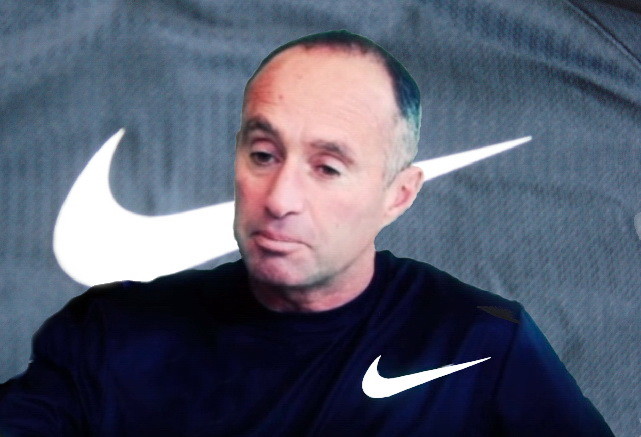
This is only the latest in a series of issues plaguing British athletics. Head coach Neil Black, known to be a strong supporter of Salazar’s, resigned shortly after the ban was announced, in the midst of the World Championships, from which British athletes brought home a disappointing five medals.
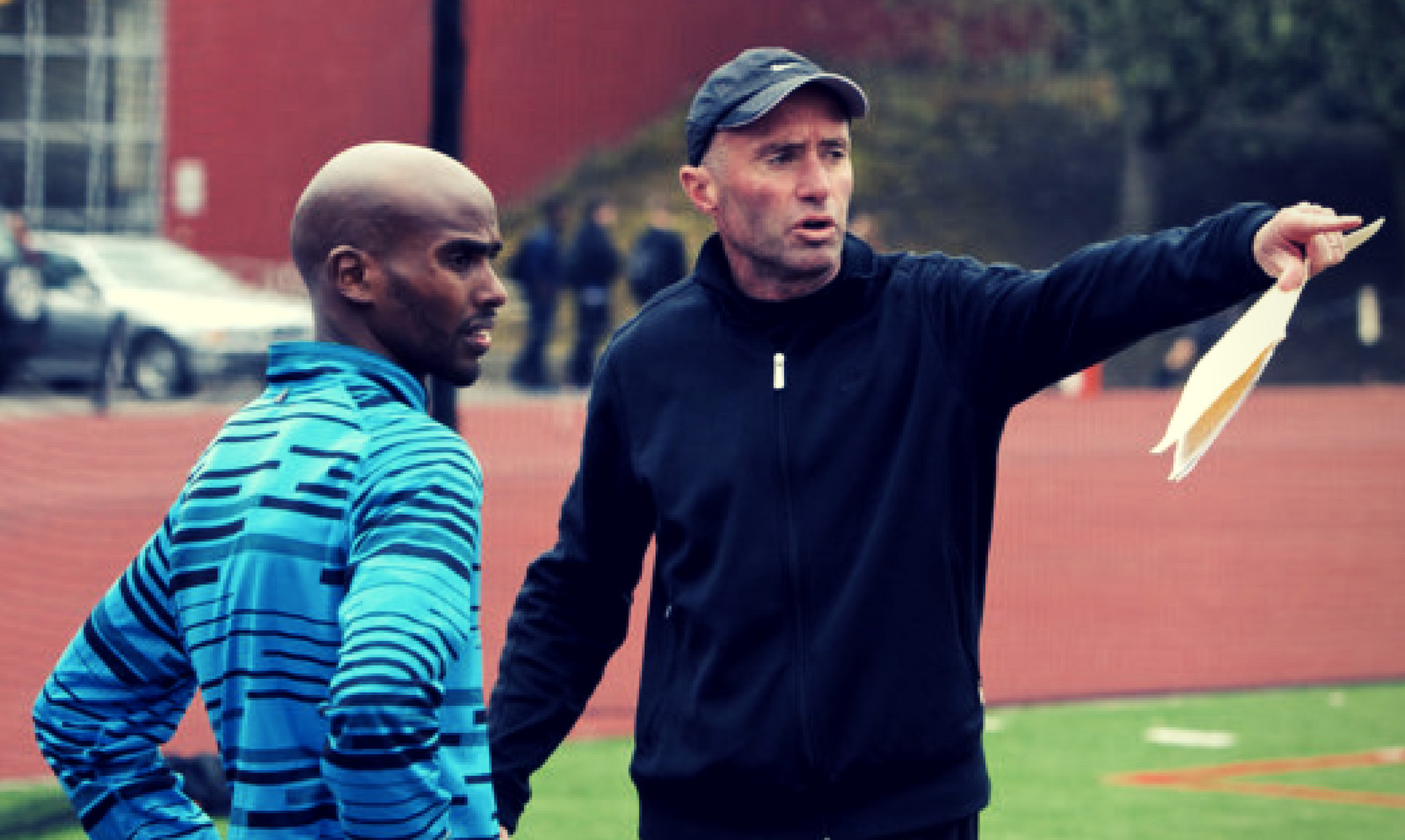
UK Athletics also announced it would mount an investigation into why one of its top athletes, Sir Mo Farah, was encouraged to continue training with Salazar at the NOP in 2015 after Salazar came under investigation by USADA. And last week the newly appointed UKA chair, Zara Hyde Peters, was forced to step down before taking up her duties when it was discovered that her husband, who had been banned from teaching after an “inappropriate relationship” with a 15-year-old girl, had been allowed to coach at the club where Hyde Peters was vice chair.
Medications to improve thyroid function, including L-thyroxine and Cynomel, are not on WADA’s list of prohibited substances (and do not even require a Therapeutic Use Exemption, or TUE), though both USADA and UK Anti-Doping have called for them to be banned except in cases where a need is clearly demonstrated. Such medications, which can lead to serious heart issues when taken inappropriately, are known to aid weight loss, which is perceived to lead to faster times on the track. In the wake of being banned from athletics, Salazar has been the subject of numerous reports that he was obsessive about female athletes’ weight, publicly shaming those he thought were too heavy.
The report quotes athletes Jo Pavey and Matthew Yates, who say thyroid medications should be banned except in cases where they are necessary to maintain adequate thyroid function, and only with a TUE. The rate of hypothyroidism is estimated at one in 20 in females and one in 100 in males, and a physician consulted by the paper claimed that inappropriate use of thyroid medication can lead to serious heart issues. One athlete claims they were tested after a race and encouraged to visit their family doctor to confirm a suspicious result, but that a second test showed a normal result. In another case, an athlete who tested negative was encouraged to take another test after a hard workout, which can influence the result.
The report names Dr. Robert Chakraverty, chief medical officer for UK Athletics from 2013 to 2016 and his successor, Dr Noel Pollock, as having encouraged the tests.
by Anne Francis
Login to leave a comment
Kara Goucher is officially now an ultrarunner
Kara Goucher took a podium spot yesterday at her first 50K at The North Face Endurance Challenge Championships
Olympic marathon runner Kara Goucher has joined the ultramarathon club. On Saturday November 16, the former Nike athlete raced to an impressive third place finish at The North Face Endurance Challenge Championships 50K race in San Francisco in a time of 5:30:57. Goucher has found a new love and appreciation for the trails, especially in the wake of the suspension and allegations of abuse against Nike and her former coach, Alberto Salazar.
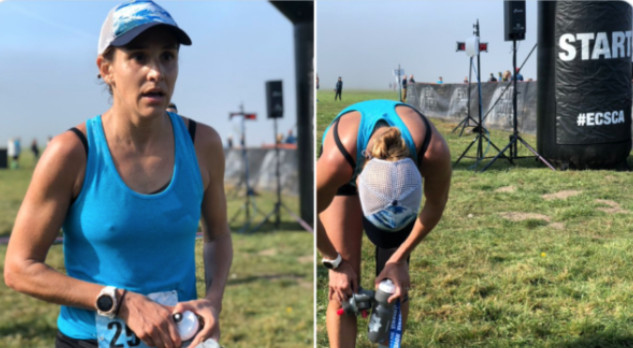
Goucher raced her first trail race back in August at the Leadville Trail Marathon, and has been moving up in distance ever since. The North Face 50K race gains 2,053 metres running through the Marin Headlands in the San Francisco Bay area. Goucher challenged her physical and mental toughness through Tennessee Valley, Muir Beach, and Pantoll Station, descending on the famous Dipsea trail. After crossing the Golden Gate Bridge, she finished the race enthralled and exhausted at Crissy Field.
Goucher shared the podium with Corinne Shalvoy in first place with a time of 5:00:10 and Jenny Comiskey in second with a time of 5:15:12. Nicholas Handel won the men’s 50K race in 3:58:11, Brian Gillis was second in 4:11:45, and Justin Grunewald was third in 4:15:39.
Login to leave a comment
Tara Welling Shares Her Experiences as a Member of the Nike Oregon Project coached by Alberto Salazar
Two weeks ago, high performance coach/elite meet director Jonathan Marcus reached out to LetsRun.com to share his experiences with Alberto Salazar and the Nike Oregon Project. During the process of fact-checking that story, we contacted Tara Welling, who ran for the Oregon Project from 2012-14 (and later Marcus), who said she preferred to tell her story in her own words.
Throughout college, I dealt with an eating disorder, but it never spiraled out of control until the summer/fall of 2012, my first year with the Oregon Project. I was 23 years old and going through a tough personal time with my mom being diagnosed with breast cancer for the second time. She lived alone and I felt a sense of guilt that I should not be leaving the country to follow my running dreams with the Oregon Project. I joined the group in Europe as they prepared for the Olympic Games. I was the only female and didn’t feel like I had anyone I could really open up with and talk to.
Tension was high and I wanted to be a great runner, but also wanted to be home with my family during this difficult time. When I joined the Oregon Project, I was 5-foot-4 and weighed around 100 lbs. During our time in Font Romeu and London, I dropped to around 88 lbs, stemming from my levels of stress and depression.
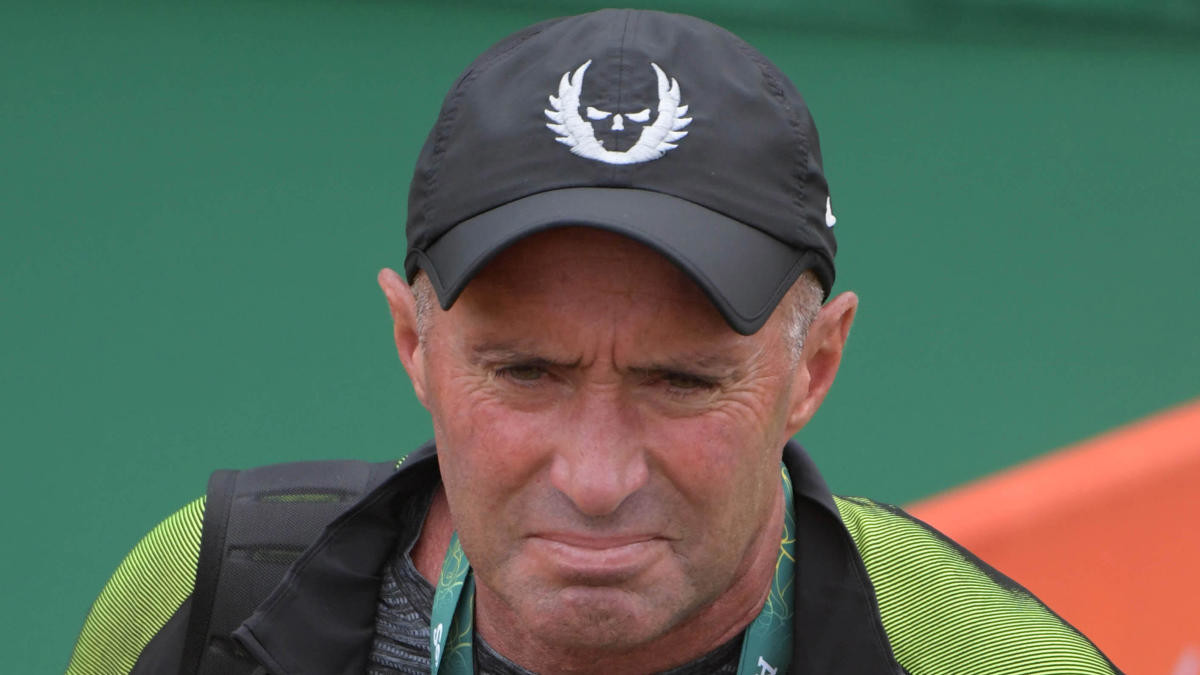
Alberto never weighed me during this time, but my weight loss was very apparent. I later learned that a teammate brought it up to Alberto during our time in Font Romeu. It wasn’t until after the Olympics that Alberto first talked to me about it. He said that he would get me all the help I needed.
Alberto set weight goals for me: first 95 lbs, then 98 lbs, and I would be allowed to race the USATF 5k and 10k road champs that fall if I hit those numbers. Alberto was very concerned about my weight and took me to the store to get high-calorie, nutrient-dense foods that would fuel me for my runs and help me gain healthy weight. I was told that when we got back to the States, he would help me get connected with a nutritionist, therapist, and doctors to keep me on track and help me get healthy, and I did eventually meet with a nutritionist and a therapist.
What hasn’t been made public yet is that my visit to Dr. [Jeffrey] Brown, in September 2012, was related to this process of helping me get healthy, including numerous tests that were done. Initially, this was something very difficult for me to share with USADA [during their investigation of Salazar and Dr. Brown] as it required reopening wounds which are still challenging for me to talk about. Until the USADA investigation, these details are something I hadn’t talked to anyone else about, outside of my parents and Alberto.
I ended up racing the 5k & 10k champs that fall and eventually found a steady weight. A little while later I was up to ~105 lbs and had been following my lifting program per our strength coach Dave McHenry and Alberto. I was then told my arms were getting too muscular and I needed to lose a few pounds. I stopped lifting heavier weights on my upper body and was limited to only bodyweight exercises so I didn’t have to “carry extra weight.”
Alberto constantly said I should look like Kara Goucher and Genzebe Dibaba. He also said I should be 100 lbs with a low body fat percentage, but muscular. It was confusing and I found it mentally difficult when I had to lose weight and look like other runners when I was not them. It was a constant comparison battle. I was often weighed with the underwater scale and had body measurements done via skinfold measurement. I was never weighed publicly or in front of teammates, but Alberto was always present.
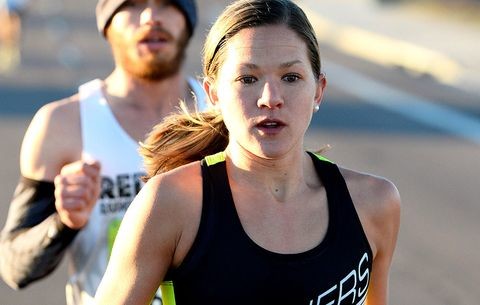
In summary, I felt like weight was certainly a focus and embedded into the training process. I did witness Alberto weighing other athletes and criticizing their weight (both men and women). For me, it wasn’t always “less is better” in terms of weight. I had a target weight that Alberto felt was “healthy” but also ideal for performance and he wanted to do everything to help ensure I was at that (which was 100 pounds in his mind).
I do wish things would have been different. I wish I sought more advice apart from the doctors and therapists that Alberto had available. At the time, I felt like I didn’t have a choice and I had to prove to him that I was getting healthy and gaining weight. I didn’t feel like I had much of a say and it was a “do-as-you’re-told” type of culture. But at the time, I felt that Alberto had my best interests as an athlete in mind, and I had no reason not to trust him.
I left the Oregon Project in the winter of 2014. By that point, I was solely working with [NOP assistant] Pete Julian as I felt he better understood how I responded to training. I was told that if I wanted to remain with the Oregon Project, I had to win the USATF Club Cross Country Championships in December 2014 and prove that I could compete at a high level. I placed second that year in Bethlehem, Pa., and I was not re-signed.
After leaving the Oregon Project, I later found the fun in training again and somewhat let go of an ideal race weight. I lowered my PRs in the 1500, 3k, 5k, 10k, and won two national road titles (15k and half marathon) before competing at the Olympic Trials in the 5k and 10k in 2016. I’d be lying if I said I was 100% recovered from my eating disorder and tendencies, but I’ve found ways to manage it much better.
by Tara Weiling
Login to leave a comment
Another Nike Runner, Amy Yoder Begley says Coach Criticized Her Body
Less than a week after runners Mary Cain and Kara Goucher accused their former Nike Oregon Project coach, Alberto Salazar, of mental and physical abuse, another woman has come out with her own allegations.
Amy Yoder Begley was an Indiana state-champion runner before joining the Nike team in 2007. Within months, she was targeted by Salazar for her weight, as Cain was. According to the New York Times, Salazar demanded she be leaner, tried to control her relationships with her teammates, and complained about her laugh being annoying.
Yoder Begley says Salazar frequently flip-flopped in his criticism of her. “If I had a bad workout on a Tuesday, he would tell me I looked flabby and send me to get weighed,” she said. “Then, three days later, I would have a great workout, and he would say how lean I looked and tell me my husband was a lucky guy. I mean, really? My body changed in three days?”
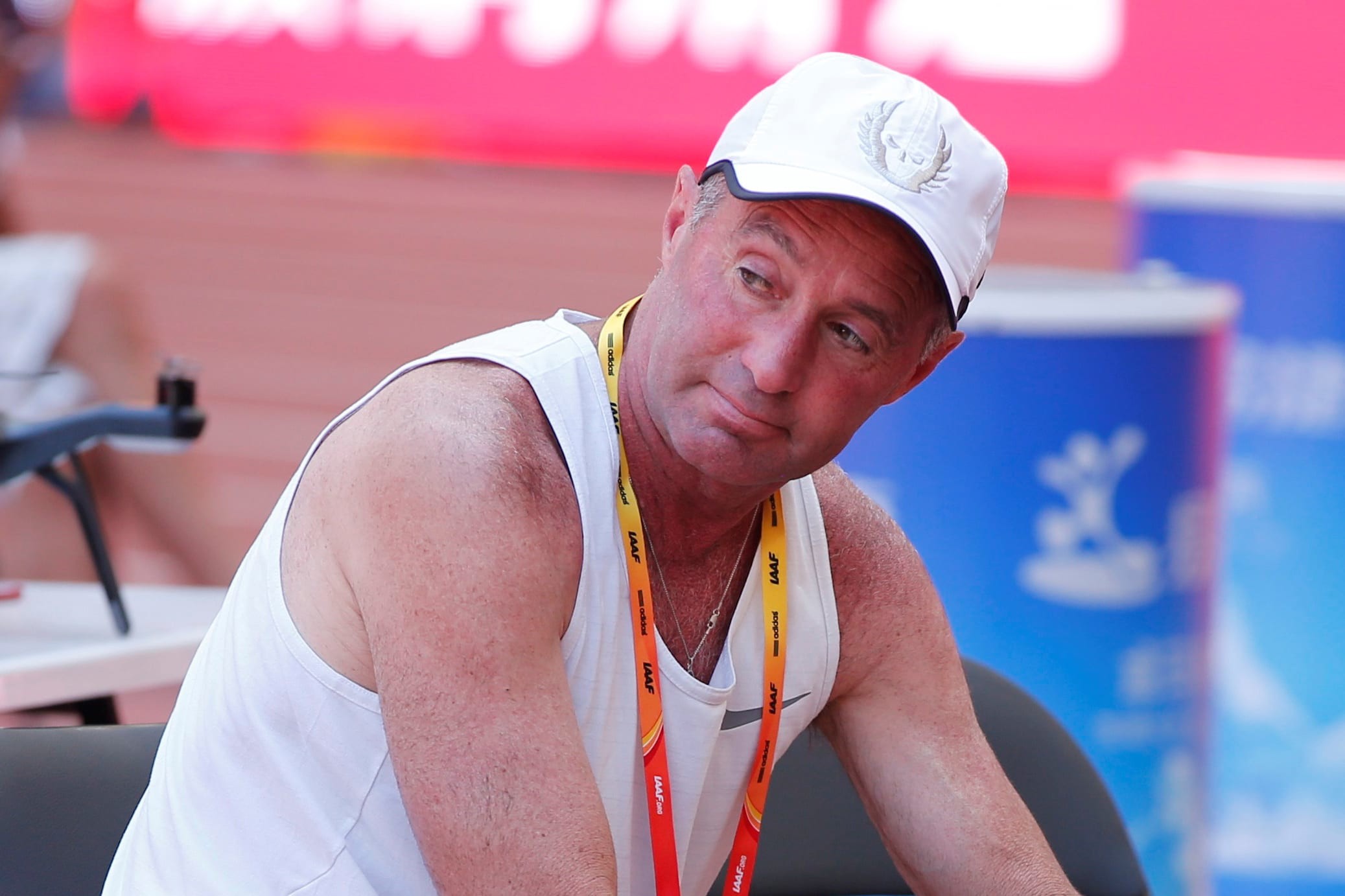
Salazar accused Yoder Begley of not following her nutrition plan and made other comments about her body. “He was obsessed with her butt,” Goucher told the Times. “He would always talk about how it was hanging out of her shorts.”
The allegations were also confirmed by Steve Magness, Salazar’s assistant coach from 2011 to 2012. “I remember Salazar saying something like, ‘Her ass was hanging out of her uniform,’” he recalled to Sports Illustrated. “In that moment, he added, ‘I’m done with you. I’m tired of fighting this weight issue. We’re done.’ Amy countered by saying she hadn’t gained any weight. Alberto said he didn’t care what her weight said. ‘I know you’ve gotten bigger.’ There was this conversation on if her jean sizes had gone up because her butt was bigger. It was the most bizarre thing ever.”
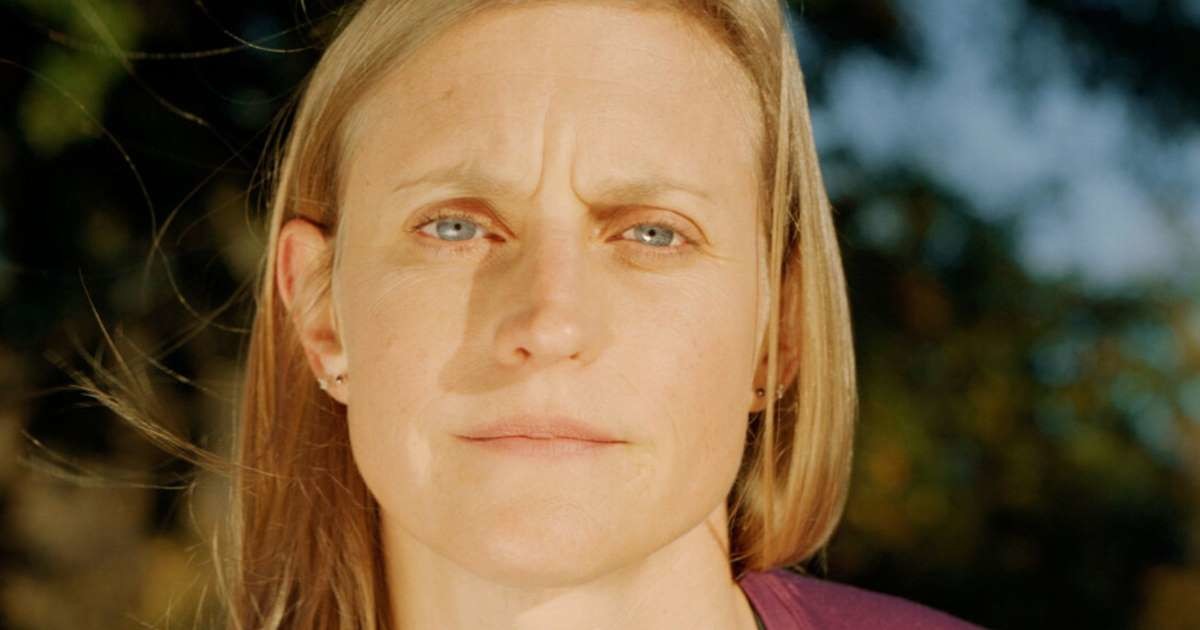
Cain made similar allegations against Salazar, saying he had pressured her to maintain an extremely low weight, which caused her to break several bones, stop getting her period, and develop disordered eating that led to suicidal thoughts. Salazar addressed the allegations in a statement to Sports Illustrated:
My foremost goal as a coach was to promote athletic performance in a manner that supported the good health and well-being of all my athletes. On occasion, I may have made comments that were callous or insensitive over the course of years of helping my athletes through hard training. If any athlete was hurt by any comments that I have made, such an effect was entirely unintended, and I am sorry. I do dispute, however, the notion that any athlete suffered any abuse or gender discrimination while running for the Oregon Project.
Meanwhile, Nike has said an investigation into the accusations is underway.
by Marie Lodi
Login to leave a comment
Shalane Flanagan Was Not Surprised by Alberto Salazar’s Ban
One of America’s greatest marathoners has retired to become a coach and a television commentator, and she is speaking her mind about her sport and her top sponsor.
Shalane Flanagan, the four-time Olympian and winner of the New York City Marathon in 2017, called it quits on her running career in October — sort of.
Flanagan, who is 38 and has long trained with Nike’s Bowerman Track Club, is moving into coaching and television work. She will serve as the color analyst for ABC’s telecast of the New York City Marathon on Sunday, and once that is done she will return to Oregon to help coach the elite women who call themselves the “Bowerman Babes.”
There are few women coaching at the highest levels of running, even for female runners, and fewer who can still keep up with the athletes they train. That’s the kind of coach Flanagan plans to be as she moves into the next phase of her career.
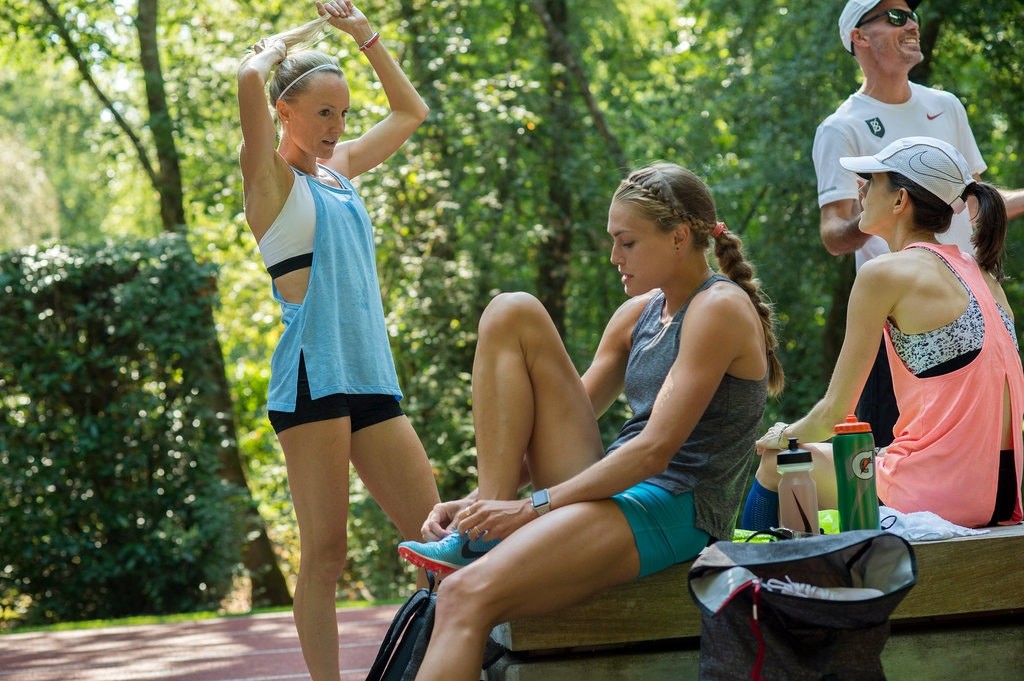
“My dream is to become a personal pacer,” she said in a phone interview last week, during which she discussed her decision to hang up her racing shoes, Nike’s connection to the latest performance-enhancing drug scandal and whether, as an analyst, she will criticize runners she is coaching.
So now you are becoming a coach officially. Is that a role you have been playing unofficially for a while?
"Prior to the last year I had always looked at myself as the elder on the team. A little motherly, maybe a bit bossy and mentoring to younger athletes. But ever since I finished my last race in New York a year ago I have known I wanted to coach, and I’ve been observing and watching more with a coaching eye than as a teammate. The last year has been a kind of informal internship," she said.
Why aren’t there more female coaches at the highest levels in track and field?
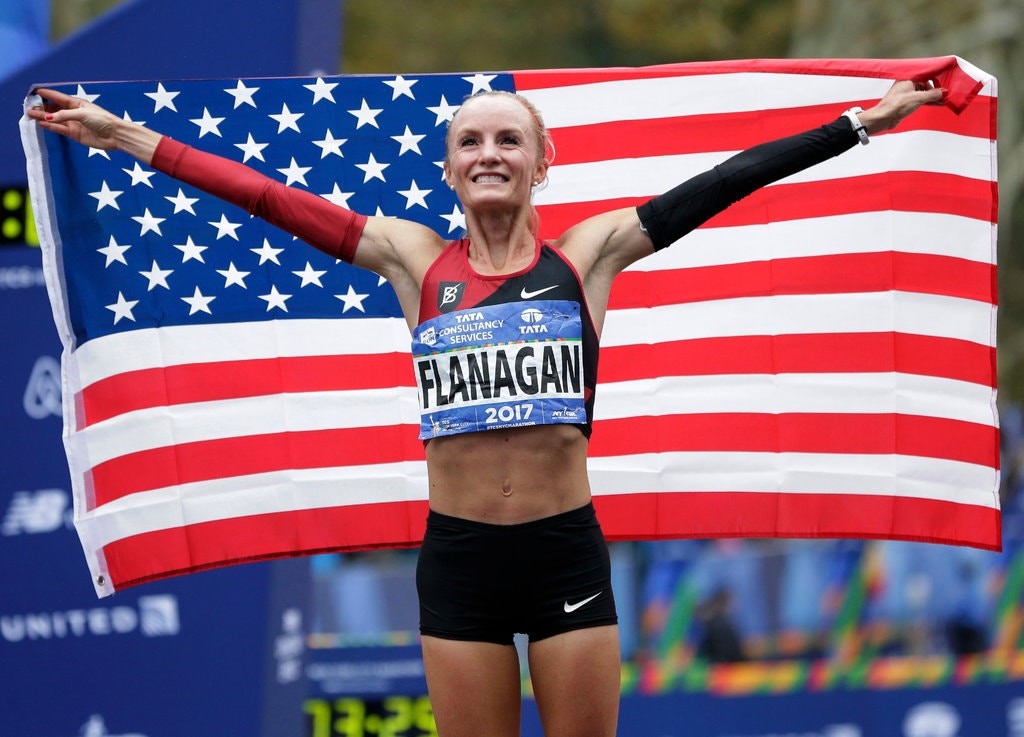
"I never thought of it as a gender position or role, but having in the last year been in an environment and the arena of the coaching world, it has opened my eyes. At the U.S. championships, there are very few women coaches in the warm-up area, or even agents. It definitely feels strange."
Your sponsor, Nike, which funds your training group, worked closely with Alberto Salazar, who has been suspended from the sport for actions he took as coach of the Nike Oregon Project. Has the company done enough to make you feel that other Nike athletes will not be tainted by all of this?
"They are currently looking at the situation. I am guessing that they are a bit shocked to some degree and they are going to evaluate how they format these teams in the future. It’s a big liability for them. It’s very complicated. I’m proud of the U.S. Anti-Doping Agency and the efforts they put forth and their commitment to clean sport."
Were you surprised by what you read in the reports about the Oregon Project, that Nike’s chief executive, Mark Parker (who has since left that post), was kept in the loop through emails about experiments with performance-enhancing drugs?
"We train on the Nike campus, but we very much stick to our neck of the woods. We kind of quarantine ourselves. Once Jerry Schumacher broke off with Alberto in 2009, we’ve been very separated. That said, I’m surprised but not surprised by the situation that unfolded. I trained with Kara Goucher sometimes and I was privy to what she was going through, so I am not completely ignorant on the subject. As for Mark Parker’s interactions, I was unaware of those. (Goucher was one of the main whistle-blowers in the USADA investigation.)"
Will you run with the women you are coaching?
"I would love to pace someone like Shelby Houlihan to a 5K record attempt, or really any of our athletes. Being able to do that for them, that’s my motivation."
Did you ever have a coach like that?
"Jerry used to be able to hop in during some sessions. It made it so much more fun. When I was preparing for Boston I would make multiple trips and train on the course for multiple days. Jerry would get on and do workouts with me. I loved so much to have my coach give his body to help me attain my goals.
So what does Jerry say about you commenting on television about runners in your training group?
"Jerry would prefer I not commentate when I have athletes in races. I’m not sure I will change his mind on that aspect."
by Matthew Futterman
Login to leave a comment
Mary Cain says that she Was the Fastest Girl in America, Until she Joined Nike
Mary Cain’s male coaches were convinced she had to get “thinner, and thinner, and thinner.” Then her body started breaking down.
At 17, Mary Cain was already a record-breaking phenom: the fastest girl in a generation.
While attending high school in Bronxville, New York, she set the high school freshman 1500-meter record of 4:17.84 in 2011. The teen went on to run 1:59.51 for 800 meters and 4:04.62 for 1500 meters outdoors, as well as 4:24:11 for one mile and 9:38.68 for two miles indoors, and set numerous high school records at the state and national level.
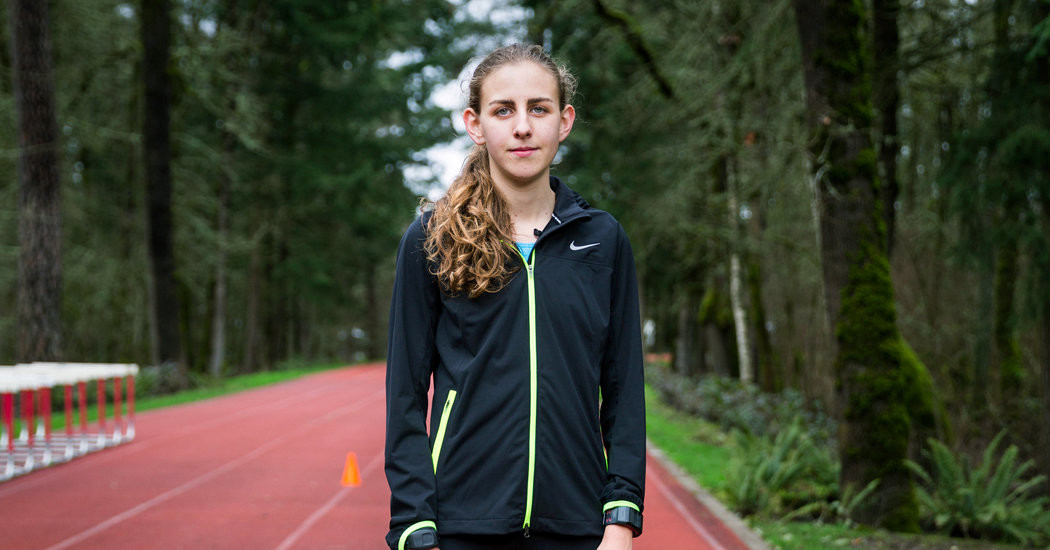
Then in August 2013, at age 17, she became the youngest runner in history to make the 1500-meter final at the IAAF World Championships, which she finished 10th in.
In 2013, she was signed by the best track team in the world, Nike’s Oregon Project, run by its star coach Alberto Salazar.
Then everything collapsed. Her fall was just as spectacular as her rise.
Instead of becoming a symbol of girls’ unlimited potential in sports, Cain became yet another standout young athlete who got beaten down by a win-at-all-costs culture. Girls like Cain become damaged goods and fade away. We rarely hear what happened to them. We move on.
The problem is so common it affected the only other female athlete featured in the last Nike video ad Cain appeared in, the figure skater Gracie Gold. When the ad came out in 2014, like Cain, Gold was a prodigy considered talented enough to win a gold medal at the next Olympics. And, like Cain, Gold got caught in a system where she was compelled to become thinner and thinner. Gold developed disordered eating to the point of imagining taking her life.
Nike has come under fire in recent months for doping charges involving Salazar. He is now banned from the sport for four years, and his elite Nike team has been dismantled. In October, Nike’s chief executive resigned. (In an email, Salazar denied many of Cain’s claims, and said he had supported her health and welfare. Nike did not respond to a request for comment.)
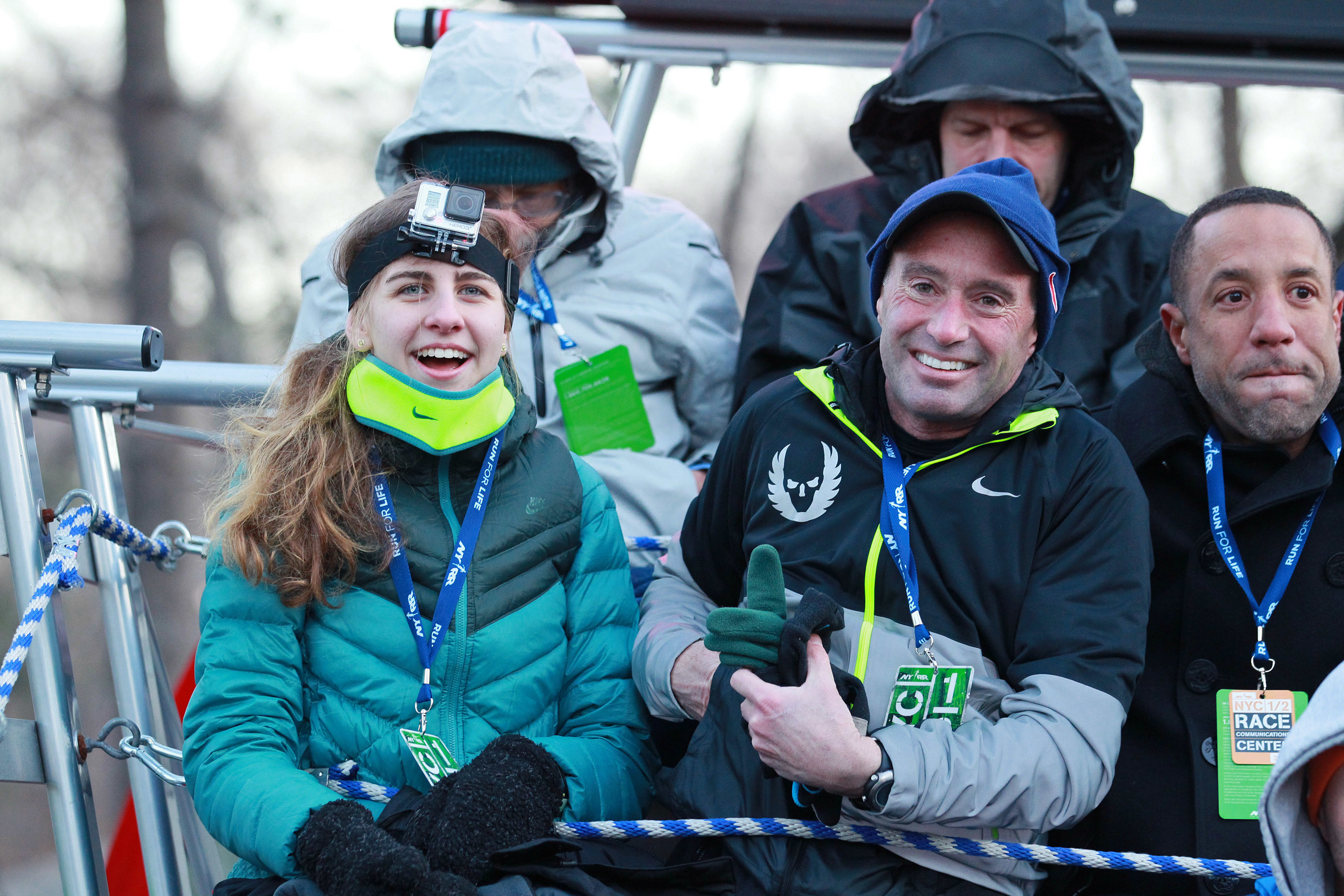
The culture that created Salazar remains.
Kara Goucher, an Olympic distance runner who trained with the same program under Salazar until 2011, said she experienced a similar environment, with teammates weighed in front of one another.
“When you’re training in a program like this, you’re constantly reminded how lucky you are to be there, how anyone would want to be there, and it’s this weird feeling of, ‘Well, then, I can’t leave it. Who am I without it?’” Goucher said. “When someone proposes something you don’t want to do, whether it’s weight loss or drugs, you wonder, ‘Is this what it takes? Maybe it is, and I don’t want to have regrets.’ Your careers are so short. You are desperate. You want to capitalize on your career, but you’re not sure at what cost.”
She said that after being cooked meager meals by an assistant coach, she often had to eat more in the privacy of her condo room, nervous he would hear her open the wrappers of the energy bars she had there.
A big part of this problem is that women and girls are being forced to meet athletic standards that are based on how men and boys develop. If you try to make a girl fit a boy’s development timeline, her body is at risk of breaking down. That is what happened to Cain.
After months of dieting and frustration, Cain found herself choosing between training with the best team in the world, or potentially developing osteoporosis or even infertility. She lost her period for three years and broke five bones. She went from being a once-in-a-generation Olympic hopeful to having suicidal thoughts.
“America loves a good child prodigy story, and business is ready and waiting to exploit that story, especially when it comes to girls,” said Lauren Fleshman, who ran for Nike until 2012.
“When you have these kinds of good girls, girls who are good at following directions to the point of excelling, you’ll find a system that’s happy to take them. And it’s rife with abuse.”
We don’t typically hear from the casualties of these systems — the girls who tried to make their way in this system until their bodies broke down and they left the sport. It’s easier to focus on bright new stars, while forgetting about those who faded away. We fetishize the rising athletes, but we don’t protect them. And if they fail to pull off what we expect them to, we abandon them.
Mary Cain is 23, and her story certainly isn’t over. By speaking out, she’s making sure of that.
by Lindsay Crouse (New York Times)
Login to leave a comment
Shalane Flanagan has announced her retiring from professional running
With happy tears I announce today that I am retiring from professional running. From 2004 to 2019 I’ve given everything that’s within me to this sport and wow it’s been an incredible ride! I’ve broken bones, torn tendons, and lost too many toenails to count. I've experienced otherworldly highs and abysmal lows. I've loved (and learned from) it all.
Over the last 15 years I found out what I was capable of, and it was more than I ever dreamed possible. Now that all is said and done, I am most proud of the consistently high level of running I produced year after year. No matter what I accomplished the year before, it never got any easier. Each season, each race was hard, so hard. But this I know to be true: hard things are wonderful, beautiful, and give meaning to life. I’ve loved having an intense sense of purpose. For 15 years I've woken up every day knowing I was exactly where I needed to be.
The feeling of pressing the threshold of my mental and physical limits has been bliss. I've gone to bed with a giant tired smile on my face and woken up with the same smile. My obsession to put one foot in front of the other, as quickly as I can, has given me so much joy.
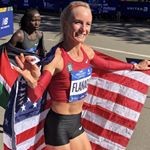
However, I have felt my North Star shifting, my passion and purpose is no longer about MY running; it's more and more about those around me. All I’ve ever known, in my approach to anything, is going ALL IN.
So I’m carrying this to coaching. I want to be consumed with serving others the way I have been consumed with being the best athlete I can be.
I am privileged to announce I am now a professional coach of the Nike Bowerman Track Club. This amazing opportunity in front of me, to give back to the sport, that gave me so much, is not lost on me. I’ve pinched myself numerous times to make sure this is real. I am well aware that retirement for professional athletes can be an extremely hard transition. I am lucky, as I know already, that coaching will bring me as much joy and heartache that my own running career gave me.
I believe we are meant to inspire one another, we are meant to learn from one another. Sharing everything I’ve learned about and from running is what I’m meant to do now.I would like to thank: The 5 coaches who guided me throughout my career, Michael Whittlesey and Dennis Craddock (2004-2005), John Cook (2006-2008), Jerry Schumacher (2009-2019), and Pascal Dobert (2009-2019). Each man was instrumental in developing me into the best version of myself.
Jerry, Pascal and I will continue to work together in this next chapter and I couldn’t be more grateful.
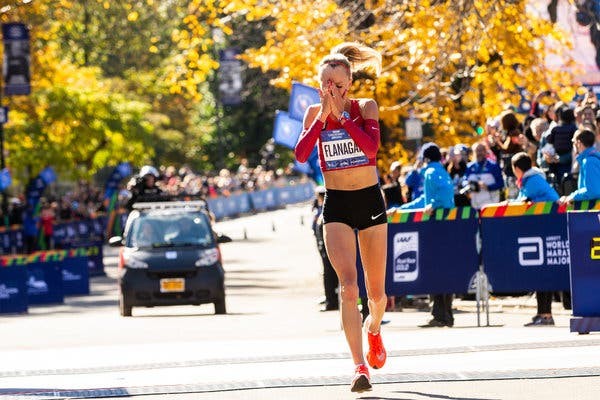
Jerry has been my life coach, running coach and now will mentor me towards my next goal of becoming a world-class coach myself. I’m thankful for his unending belief in me.
My family and husband who have traveled the world supporting my running and understanding the sacrifices I needed to make. Their unconditional love is what fueled my training.My longtime friend, Elyse Kopecky who taught me to love cooking and indulge in nourishing food. Run Fast. Eat Slow. has been a gift to my running and to the thousands of athletes.
My teammates, and all the women I've trained with, for pushing me daily, and the endless smiles and miles. They include: Erin Donahue, Shannon Rowbury, Kara Goucher, Lisa Uhl, Emily Infeld, Amy Cragg, Colleen Quigley, Courtney Frerichs, Shelby Houlihan, Betsy Saina, Marielle Hall, Gwen Jorgensen, Kate Grace.
My sponsor Nike for believing in me since 2004 and for continuing to support my new dream as a professional coach. I hope I made myself a better person by running. I hope I made those around me better. I hope I made my competition better. I hope I left the sport better because I was a part of it.
My personal motto through out my career has been to make decisions that leave me with “no regrets”.....but to be honest, I have one. I regret I can’t do it all over again.
by Shalane Flanagan
Login to leave a comment
TCS New York City Marathon
The first New York City Marathon, organized in 1970 by Fred Lebow and Vince Chiappetta, was held entirely in Central Park. Of 127 entrants, only 55 men finished; the sole female entrant dropped out due to illness. Winners were given inexpensive wristwatches and recycled baseball and bowling trophies. The entry fee was $1 and the total event budget...
more...Five Nike Oregon Project athletes will be without their coach, Alberto Salazar for the remainder of the World Championships
Donovan Brazier (800m), Clayton Murphy (800m), Yomif Kejelcha (10,000m), Konstanze Klosterhalfen (1,500m and 5,000m) and Sifan Hassan (5,000m and 10,000m) all have races to run at the World Championships and will all be without their coach heading into those events.
The Nike Oregon Project athletes are all in medal contention, with Hassan claiming the 10,000m title on Saturday.
The US Anti-Doping Agency has banned Alberto Salazar, head coach of the Nike Oregon Project, for four years following a years-long investigation and secret arbitration case.
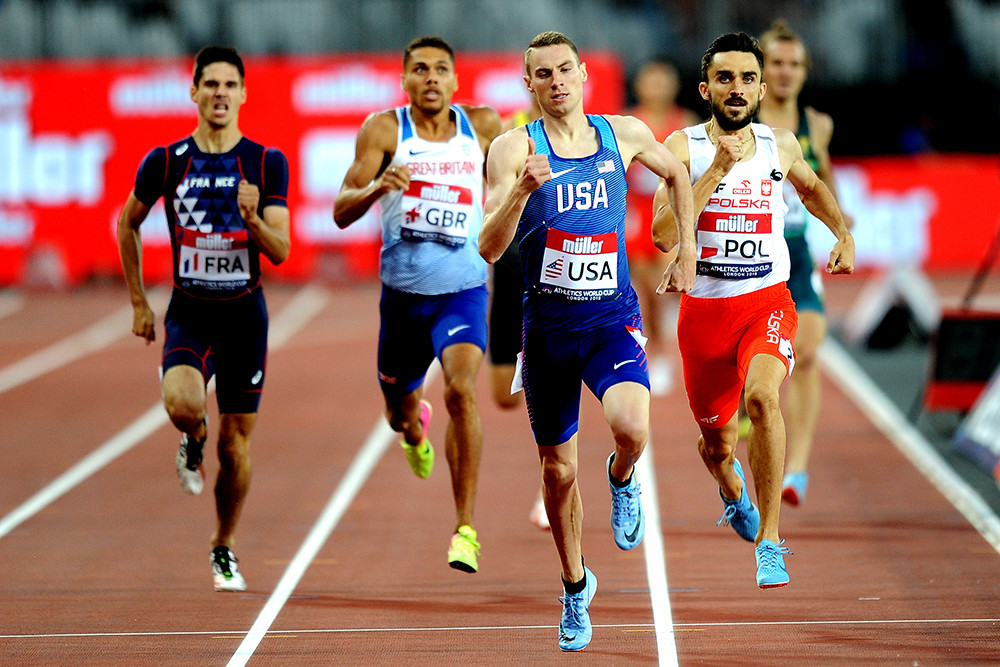
The details appear in a BBC report by journalist Mark Daly and a statement by USADA outlining the specific charges, which include trafficking in testosterone (a banned substance), illegal methods and evidence-tampering at the NOP’s Beaverton, Oregon headquarters.
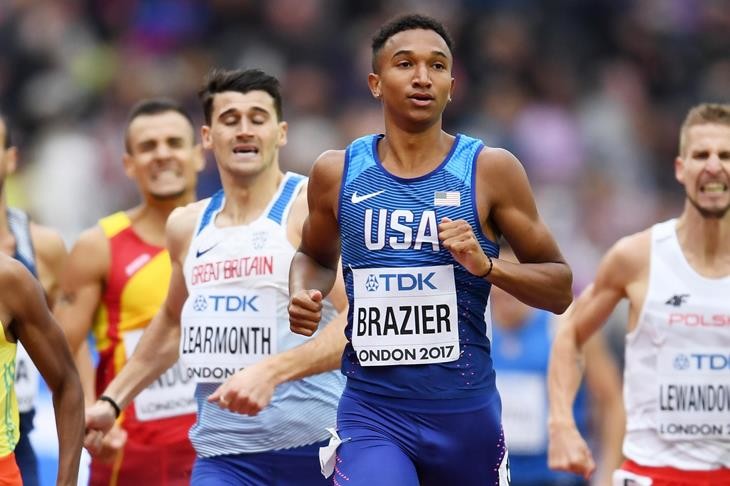
Salazar is former coach to Mo Farah and Kara Goucher and current coach of marathoner Galen Rupp and the newly-crowned 10,000m champion Sifan Hassan, among others. The ban went into effect yesterday, September 30.
All five NOP athletes have had great seasons. Hassan (outdoor) and Kejelcha (indoor) both set mile world records, Murphy and Brazier have been Diamond League standouts and Klosterhalfen is currently ranked eighth in the world for the women’s 1,500m.
The IAAF has confirmed that Salazar’s World Championship accreditation has been deactivated. He’s not allowed in the Khalifa International Stadium or to have access to any of his athletes.
Both Brazier and Murphy run the 800m final this evening. The NOP athletes will now likely defer to their federations coaching staff for assistance before their races.
by Madeleine Kelly
Login to leave a comment
IAAF World Athletics Championships Doha
The seventeenth edition of the IAAF World Championships is scheduled to be held between 27 September and 6 October 2019 in Doha, Qatar at the renovated multi-purpose Khalifa International Stadium. Doha overcame bids from Eugene, USA, and Barcelona, Spain to be granted the rights to host the 2019 IAAF World Championships in Athletics. Having hosted the IAAF Diamond League, formerly...
more...Yes, raw speed helps. But it isn’t everything. Why Older Runners Have an Edge in Ultra Races
There were two first-time winners at last weekend’s Leadville Trail 100 Run, as Ryan Smith of Boulder, Colorado, and Magdalena Boulet from Berkeley, California, persevered on the out-and-back course in the Colorado Rockies. Smith won the men’s race in a time of 16:33:24, while Boulet finished in 20:18:06 and, in a salute to her Western environs, broke the tape wearing a black Stetson hat.
Beyond their individual triumphs, Smith and Boulet also chalked one up for the 40+ demographic; Smith turned 40 this year, while Boulet is a spry 46. For those keeping score, this is actually the second consecutive year where both the male and female winners at Leadville were in their fifth decade. In 2018, it was Rob Krar (41) and Outside contributing editor Katie Arnold (46) who stood atop the podium in a race which is among the oldest 100-milers in the country and bears the prestige of being included in the so-called “Grand Slam of Ultrarunning.”
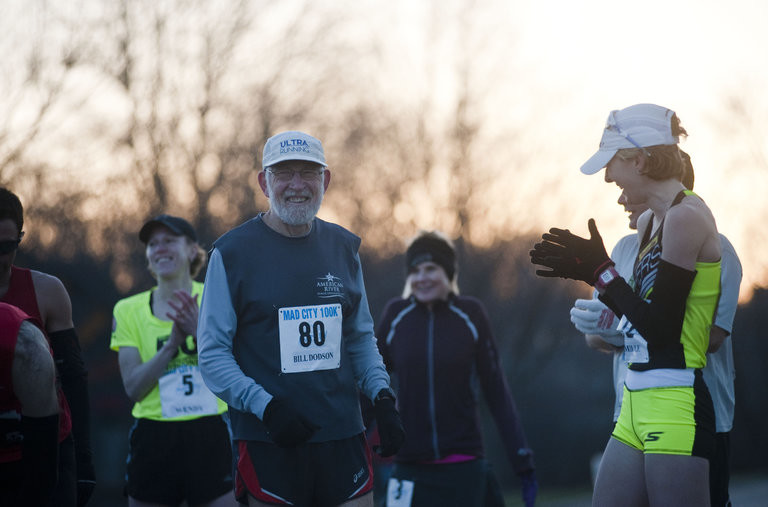
How to account for this quadragenarian dominance? Road racing snobs might point out that the field size in ultras is generally quite small and that these events are hence less competitive than big city marathons with thousands of participants. This year, the Leadville 100 had fewer than 400 finishers. Then there’s the fact that the elite ultrarunning scene, despite its increased mainstream visibility over the past decade, is still largely unprofessional, in the sense that weekend warriors can carry the day at certain marquee events. Smith works full-time as a software engineer, and Boulet is VP of research and development at GU Energy Labs. While this amateur spirit might be a point of pride for ultrarunners who don’t want their sport to devolve into the doping-riddled morass that is professional track and field, one could argue that it also subtly discourages the best pro distance athletes (i.e. Kenyan and Ethiopian runners) from turning to the trails. This, in turn, makes the podium perpetually attainable for the super-fit middle-aged hobbyist.
But maybe there’s more to it than that. Given the amount of stuff that can go wrong when you’re running 100 miles in the mountains, perhaps more “mature” athletes might have an advantage when raw speed is less essential than psychological resilience.
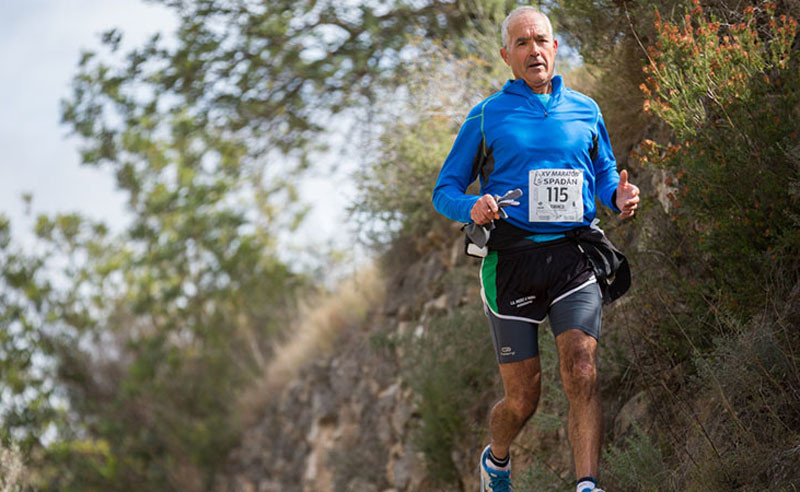
“Ultrarunning is about problem solving and being fast is just one piece in a larger puzzle,” says Boulet, who was back at work on Monday morning. “There are so many other pieces that need to fall into place in order to have a successful race.”
Boulet would know. In 2015, she triumphed at Western States, arguably the most vaunted ultra on U.S. soil. Last year, she won the Marathon des Sables, a 156-mile, six-day stage race in the Sahara Desert that frequently gets cited as one of the world’s most difficult races.
Boulet also has the rare distinction of having successfully transitioned into the world of ultrarunning after a previous career as a pro marathoner and road racer. In 2008, she made the U.S. Olympic team in the marathon. The following year she was the first American woman (sixth overall) at the NYC Marathon. With the exception of Kara Goucher, who contested her first trail marathon earlier this summer, Boulet is surely the most accomplished road racer to take a serious shot at competitive trail running.
“I was able to bring the experience from my marathon and road career into trail racing, but with a lot more experience and a lot more patience,” she says. “I’m a lot kinder to myself and my body.”
For his part, Sands, who describes himself as a “serious amateur,” agrees with Boulet that being the best pure runner is only one factor when a race involves one hundred miles of elevation change, gnarly terrain, and volatile weather. Unlike in shorter road races, where it is much more feasible to execute a race plan to perfection, in ultras the objective isn’t so much to avoid mishaps, as to make the best of it when they inevitably happen.
“Typically success in these longer events is not about getting everything dialed next to perfectly, because that’s just so rare,” Sands notes. “It’s really about, when some issue arises and you’re faced with a challenge, how well can you react in the moment to overcome it.”
This latter point reminded me of a recent email exchange I had with Robert Johnson, the editor and co-founder of Letsrun.com and a road-racing snob if ever there was one. Johnson made the point that one thing he finds intriguing about ultras is that there is still an aspect of the “unknown.” He noted that training for traditional distance running had more or less been “solved”; everyone already knows, more or less, how to prepare for races. Ultra-running, on the other hand, is still very much an undiscovered country.
Boulet agrees with this assessment.
“After twelve years of doing marathons, I got to the point where I had that formula dialed-in really well with my coach. We could look at a block of training and know what that translates into [performance-wise]. It was very predictable,” she says.
But the ultra scene offers enough potential variation that, Boulet notes, each race can necessitate its own specific training cycle. In the lead-up to Marathon des Sables, for instance, she spent weeks running on sand.
“For someone who is older, ultras are really exciting because you’re not doing the same thing over and over. They keep changing,” Boulet says.
“I think that’s also a key to longevity in the sport. To keep it interesting—and fun.”
Login to leave a comment
Under fire, Nike expands protections for pregnant athletes
Having faced increased scrutiny for its treatment of pregnant athletes, Nike is changing its policy to guarantee a pregnant athlete’s pay and bonuses cannot be cut over the 18-month period covering eight months before the athlete’s due date and 10 months after. Under Nike’s previous policy, which had been updated in 2018, according to a spokesman, that period lasted 12 months.
“Female athletes and their representatives will begin receiving written confirmation reaffirming Nike’s official pregnancy policy for elite athletes,” a Nike spokesperson wrote in an email. “In addition to our 2018 policy standardizing our approach across all sports to ensure no female athlete is adversely impacted financially for pregnancy, the policy has now been expanded to cover 18 months.”
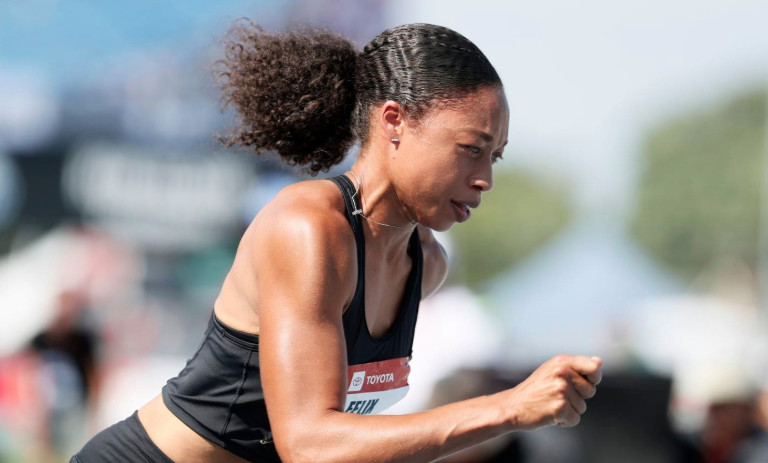
In a form letter intended for athletes and agents dated Aug. 12 that circulated on social media, John Slusher, Nike’s executive vice president of global sports marketing, said the company’s new policy also will apply to current contracts.
Nike came under fire this spring after several high-profile athletes denounced how it and other apparel companies treated them financially after becoming pregnant. Tennis star Serena Williams said Nike supported her during and after her pregnancy, but multiple track and field athletes described problems.
In a New York Times op-ed in May, sprinter Allyson Felix wrote that contract renewal talks broke down after Nike offered to pay 70 percent of her previous salary and refused to guarantee she wouldn’t be financially punished for performing below her standard in the months before and after childbirth. In another Times op-ed, distance runner Kara Goucher said she felt forced to train, owing to financial pressure, rather than care for her newborn.
Felix, 33, gave birth in November after an emergency Caesarean section, the complications of which threatened her and daughter Camryn. She returned to competition in July at the U.S. outdoor championships, then announced she had signed a new sponsorship contract with Athleta, a deal that includes a partnership for initiatives that empower women.
“I can’t tell you the number of women who have reached out, who have encouraged me, who have been through a similar experience, who have been scared to let their employer know that they started a family,” Felix said this summer. “I was just blown away with those different stories, the different people coming to me. I think there’s definitely a shared experience there, and I think there’s power in coming together, power of the collective. I think the more voices that come out, you know, change is happening.”
Login to leave a comment
Kara Goucher says the Leadville Trail Marathon was the hardest thing she'd ever done
Former elite US marathoner Kara Goucher was the fifth female across the finish line and first in her 40-49 age group at Leadville Trail Marathon in the Colorado Rockies. “Without a doubt, the hardest thing I’ve ever done in my life,” she tweeted–quite a statement from a two-time Olympian, world championship silver medallist, and two-time Boston Marathon third-place finisher.
Goucher has blogged about the experience of transitioning from the roads to the trails on her sponsor Oiselle’s blog, where she also dispenses advice to those considering (or executing) a similar transition.
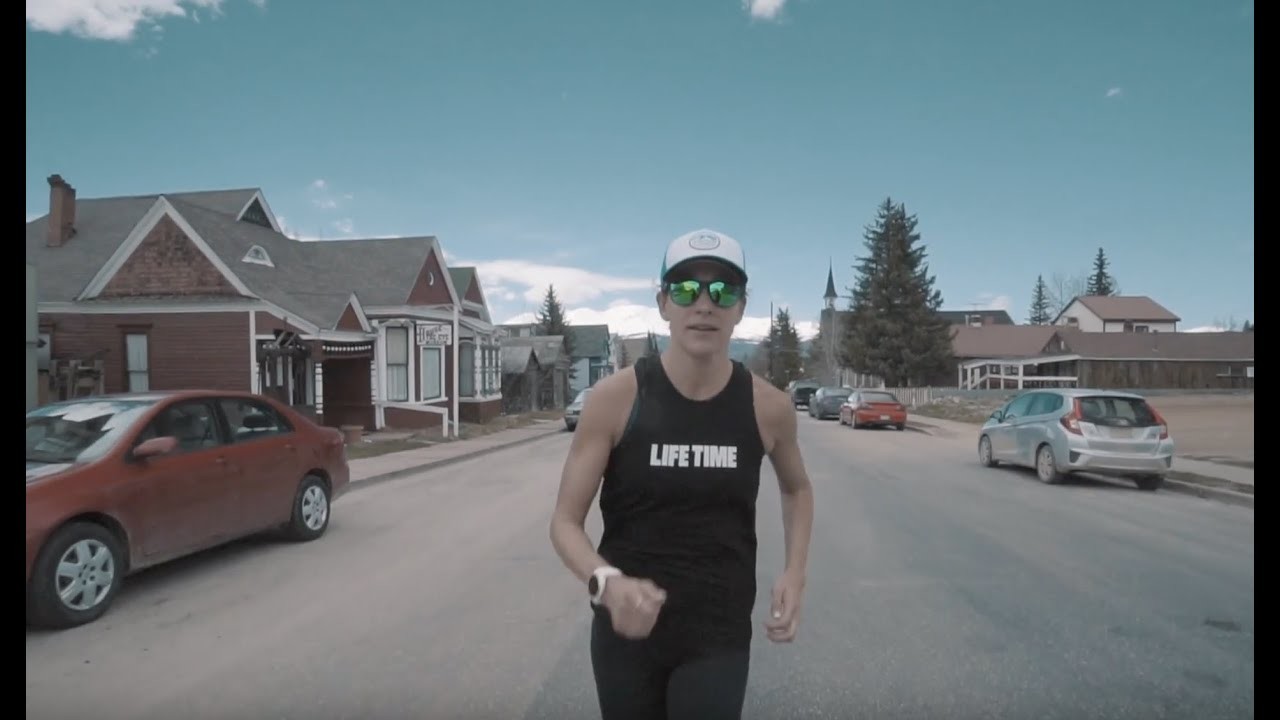
It seems road running and trail running are, well, quite different. For one thing, terrain and weather conditions play havoc with road runners’ expectations regarding time and pace, which are mostly beyond anyone’s control. (Goucher’s time was 3:54:07.)
"I pushed beyond any limit I ever have, thanks for making me find out what I’m made of when the going gets rough!” Goucher said in another tweet. Goucher told Runners World that she was vomiting repeatedly from altitude sickness throughout the race.
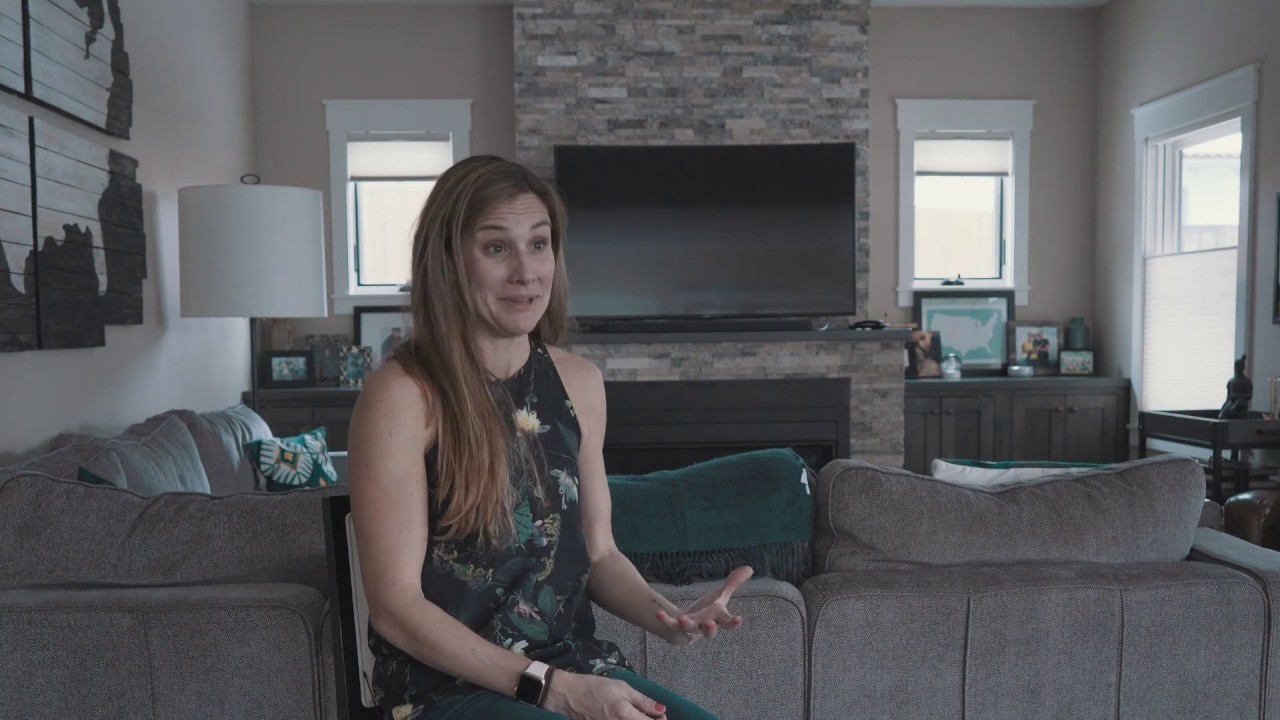
Tara Richardson of Glenwood Springs, Colo., Jana Willsey of Denver and Corinne Shalvoy of Castle Rock went 1, 2 and 3 for the top three females while Joshua Lund of Boulder, Pat Cade of Leadville and Chad Trammell of Anchorage stood on the men’s podium (which also happened to be the M30-39 podium).
The course runs through old mining roads and trails, reaching a maximum elevation of 13,185 feet (4,019m). This was the race’s 19th year.
by Anne Francis
Login to leave a comment
Leadville Trail Marathon
Run through the historic mining district’s challenging old mining roads and trails, and hit a high of 13,185 feet at Mosquito Pass during the Blueprint for Athletes Leadville Trail Marathon or Heavy Half Marathon. The views will leave you breathless, if you’re not already. This exciting race is hosted in the Historic Mining District located on the east side of...
more...

